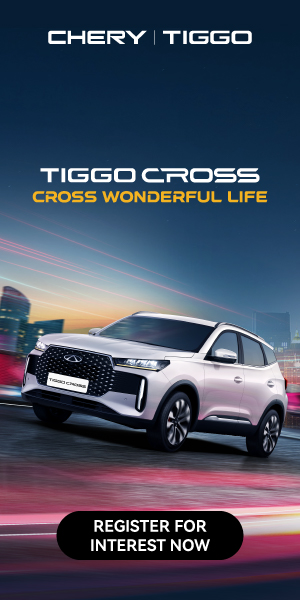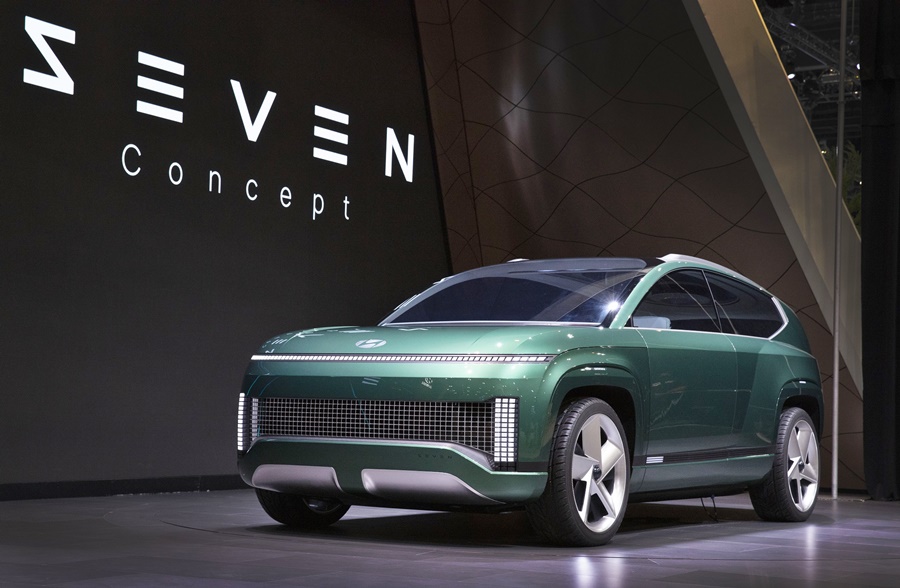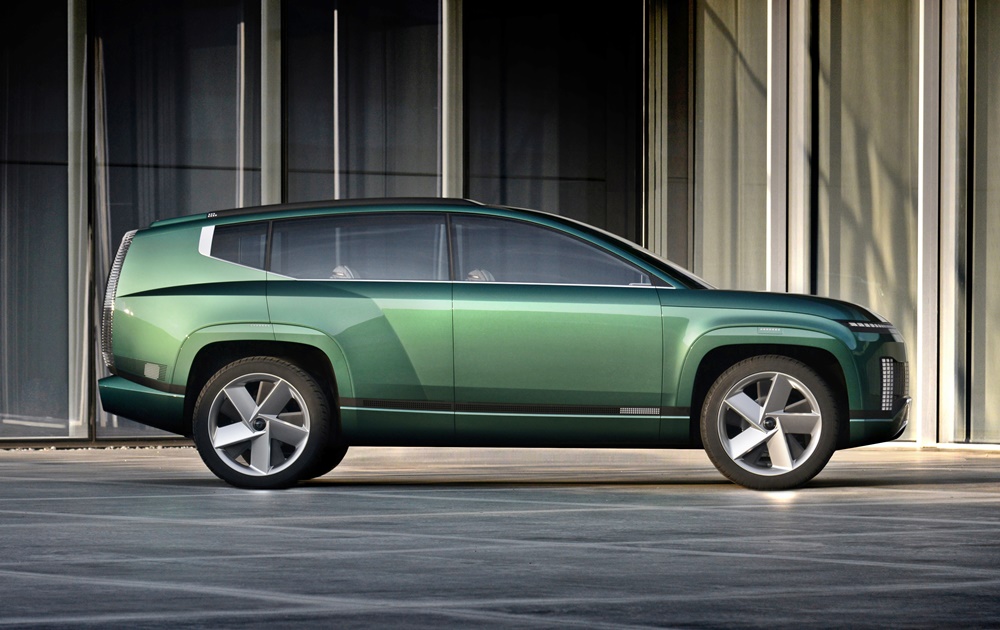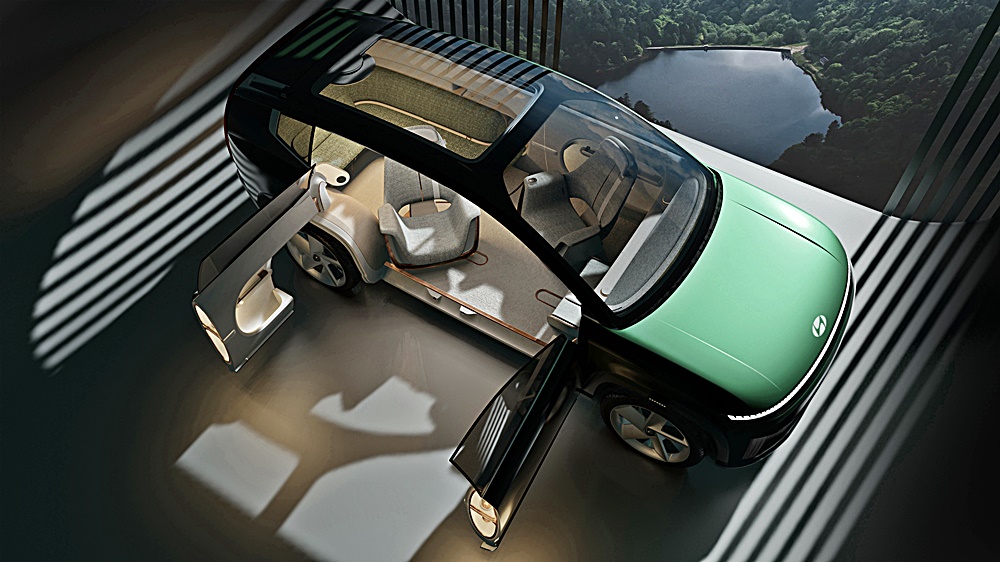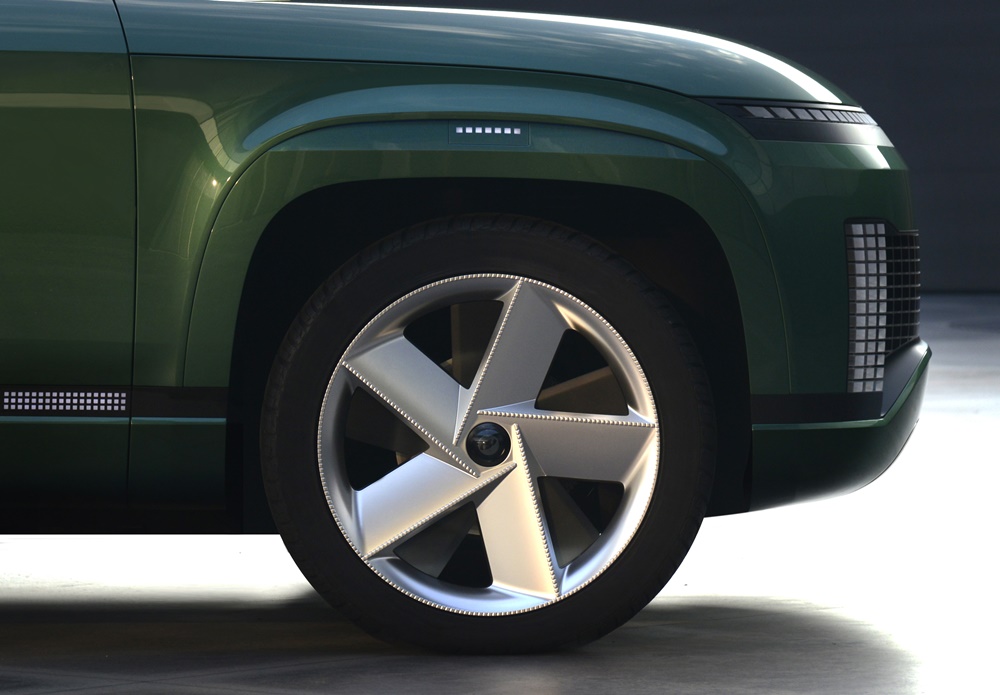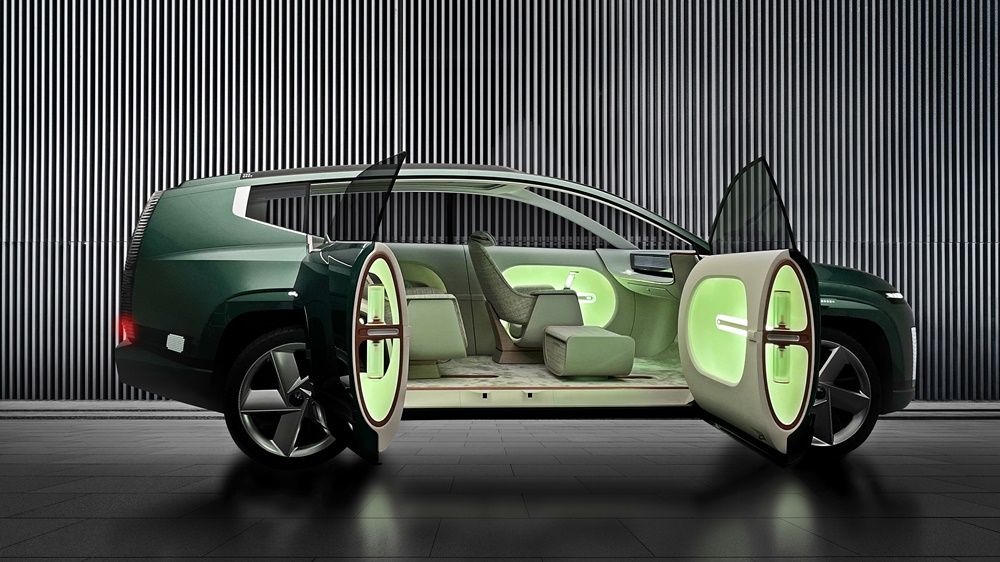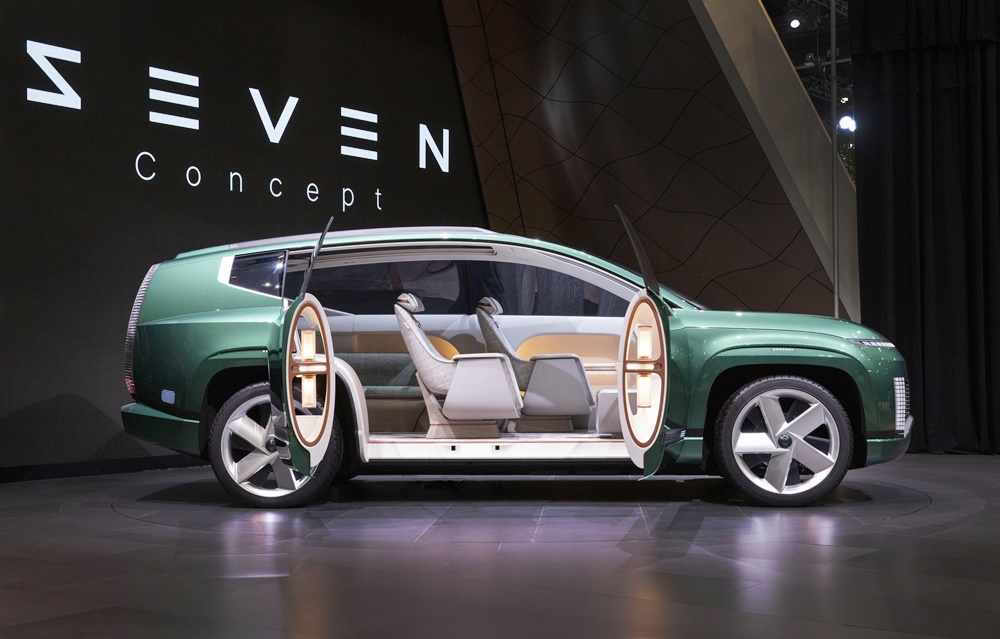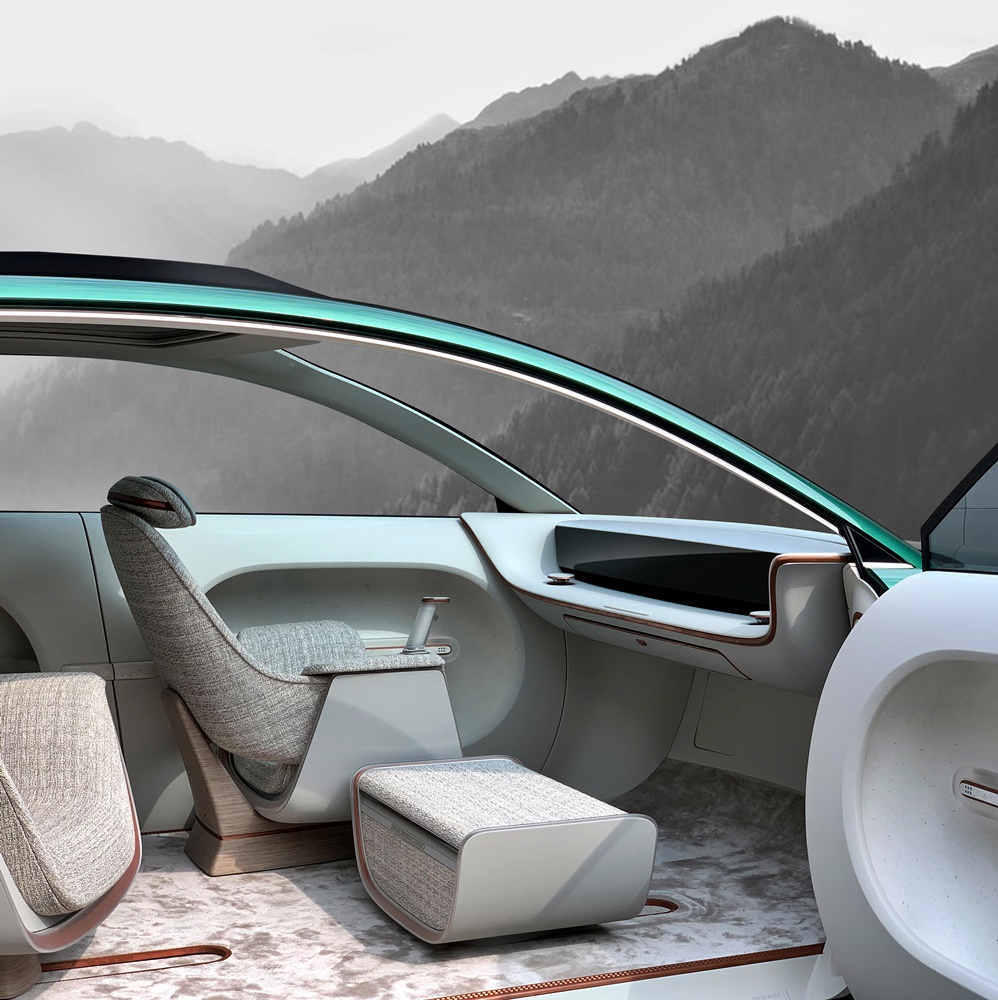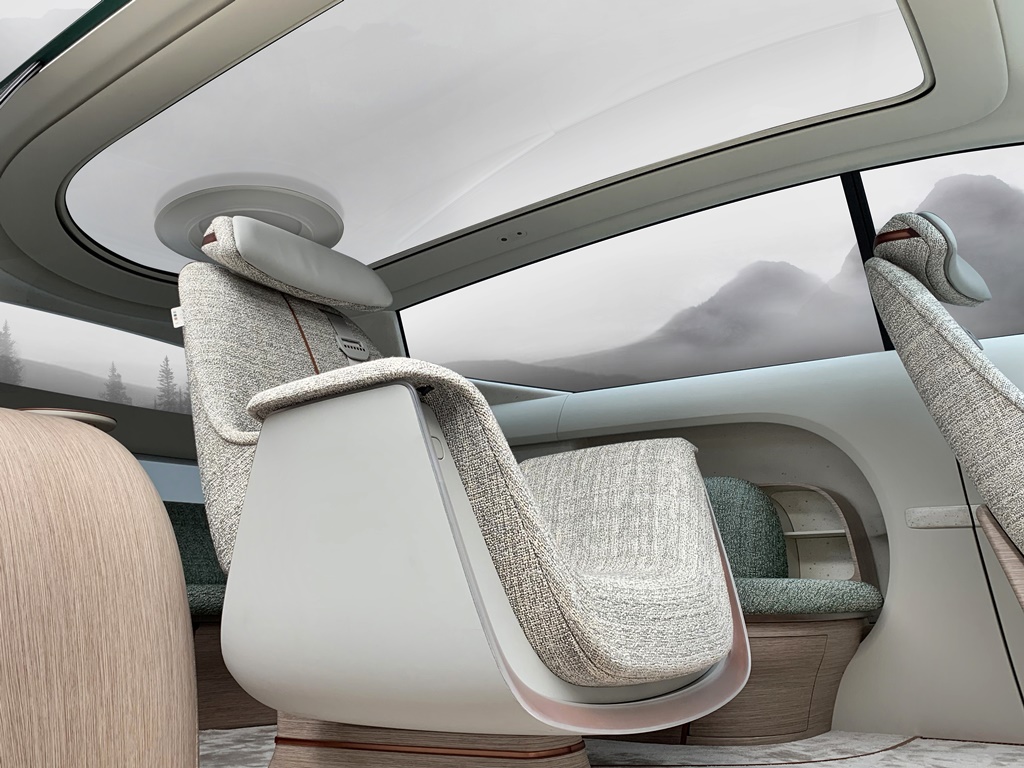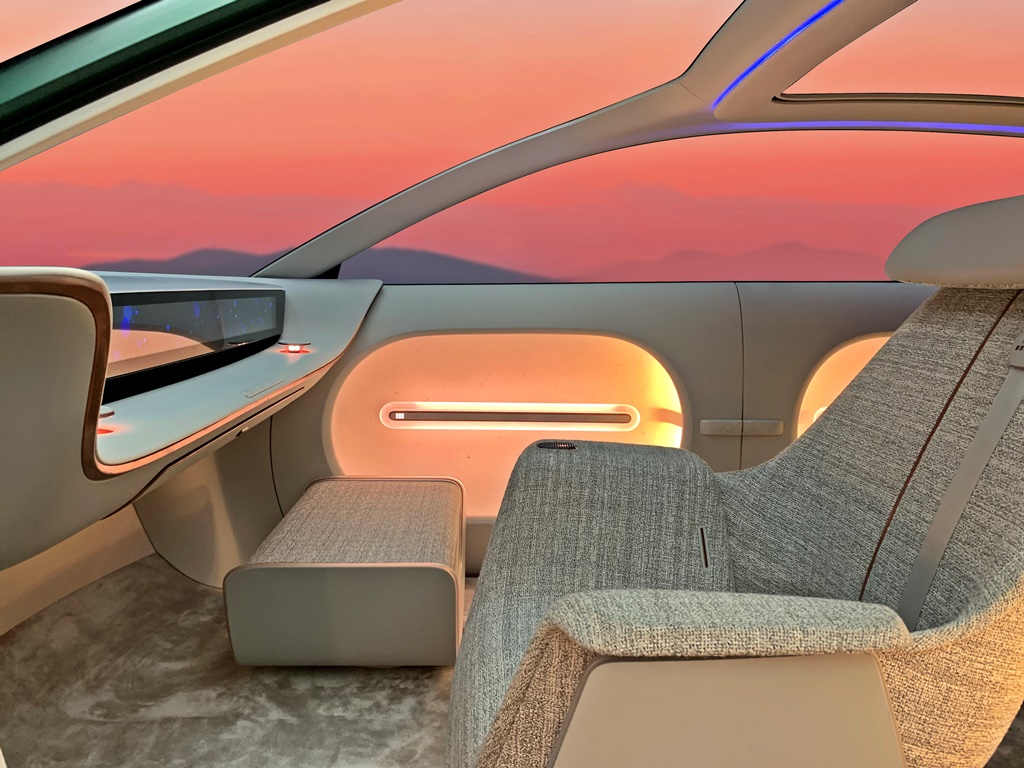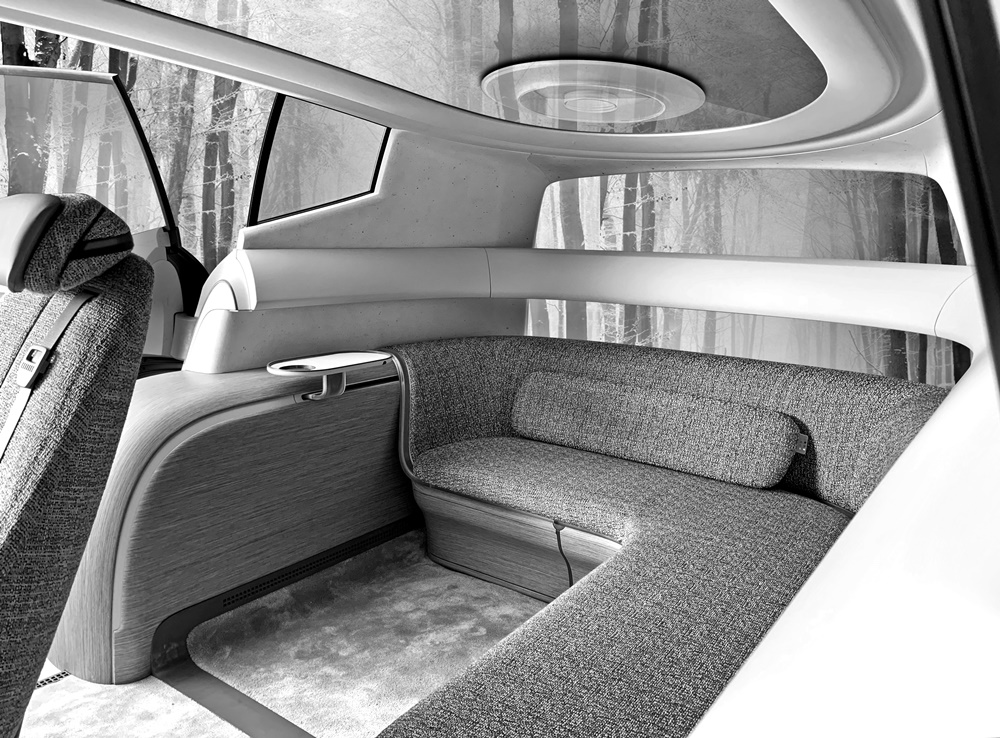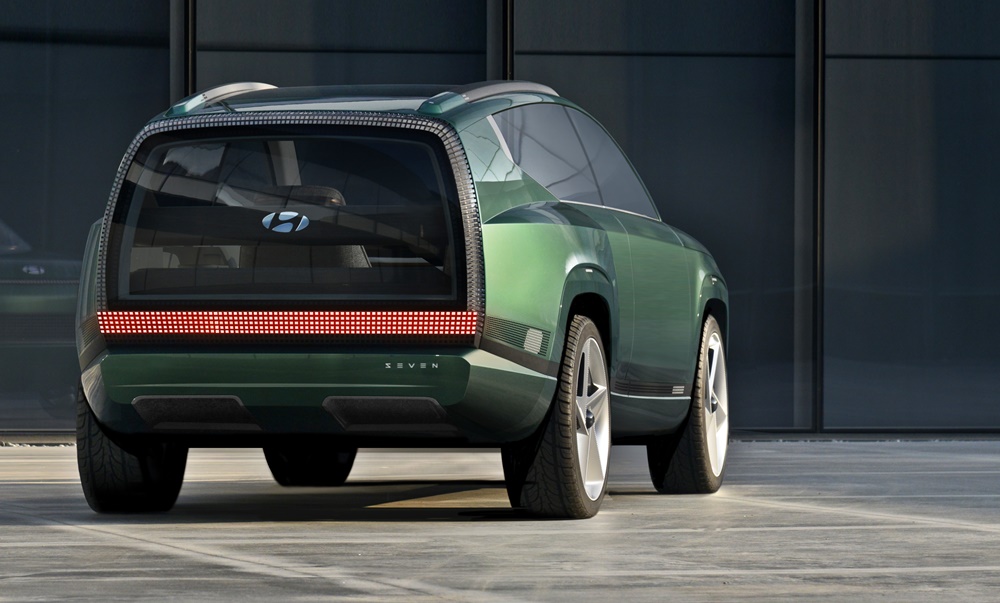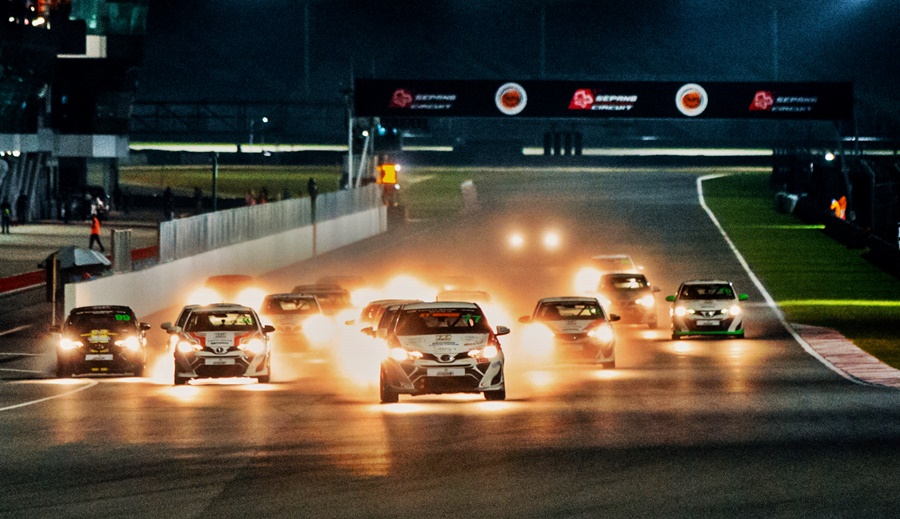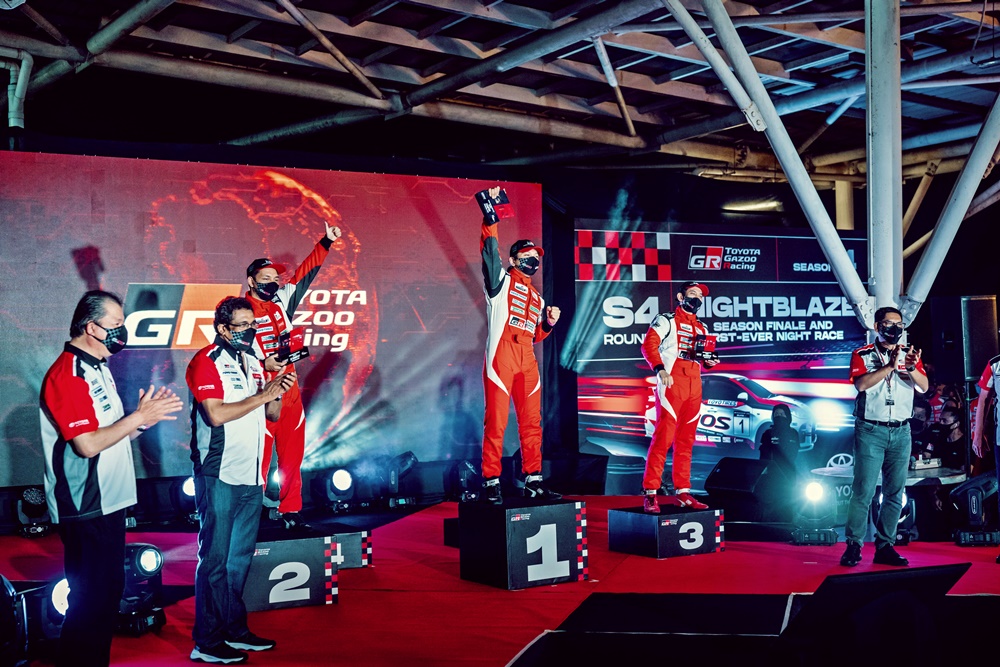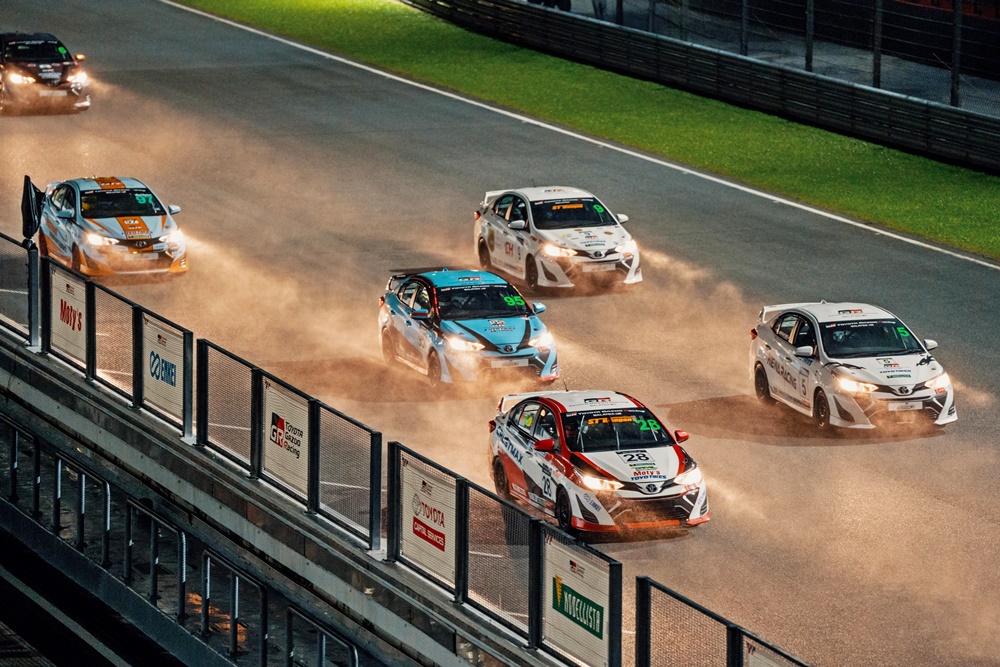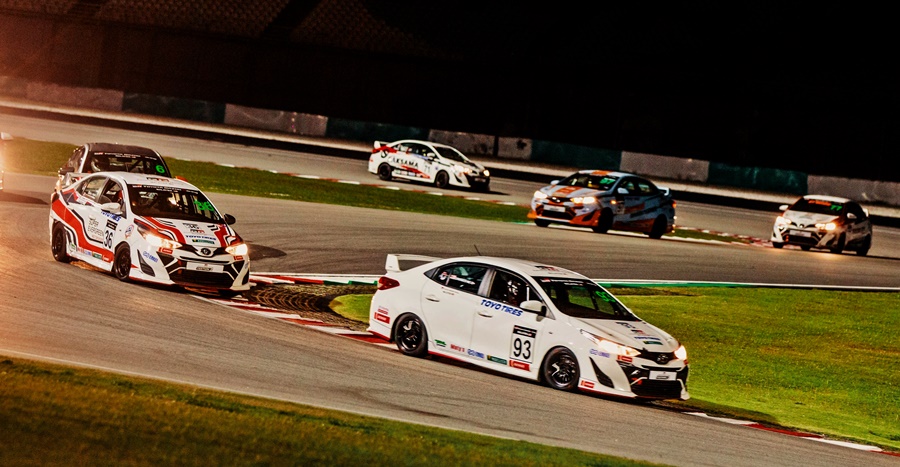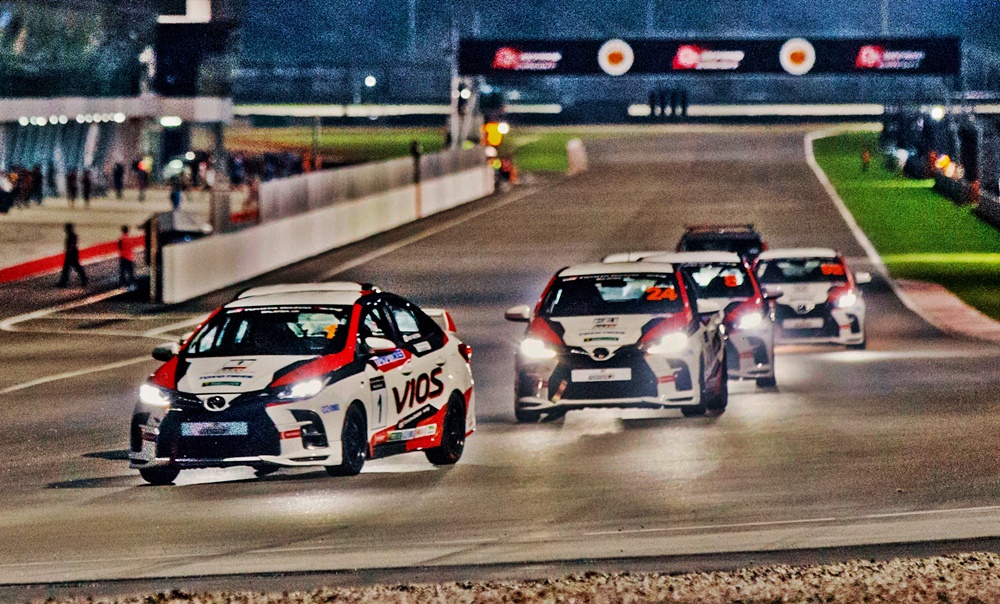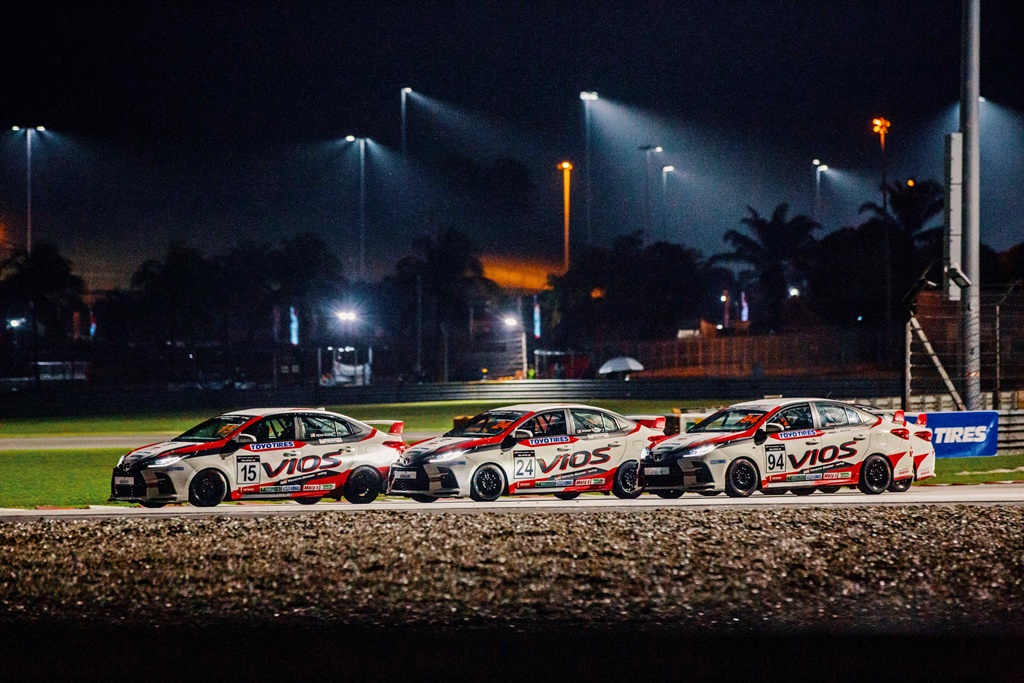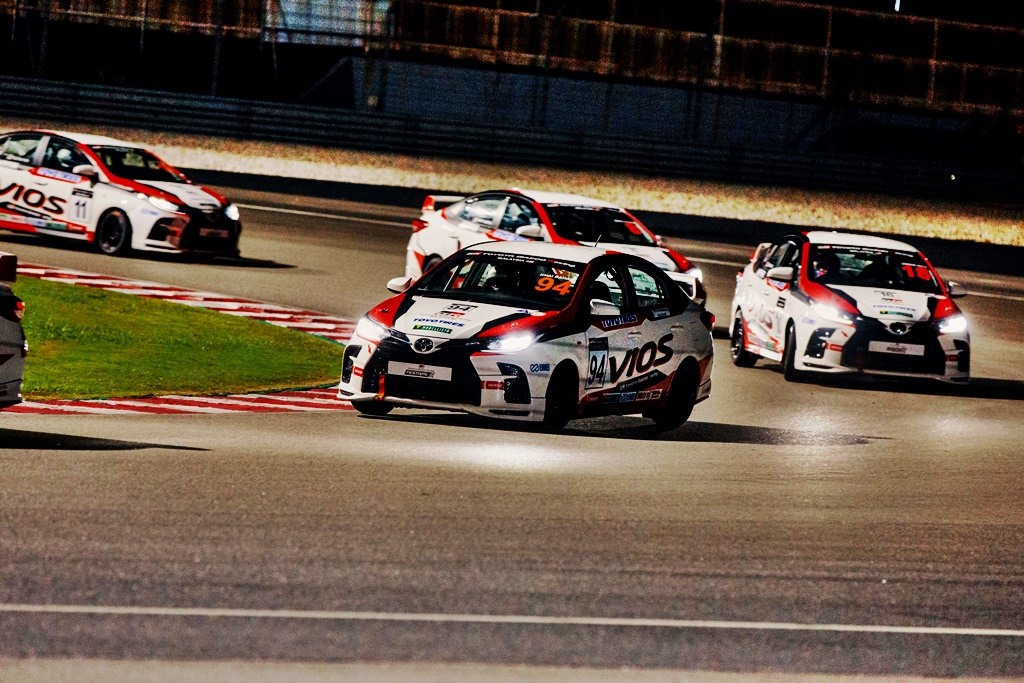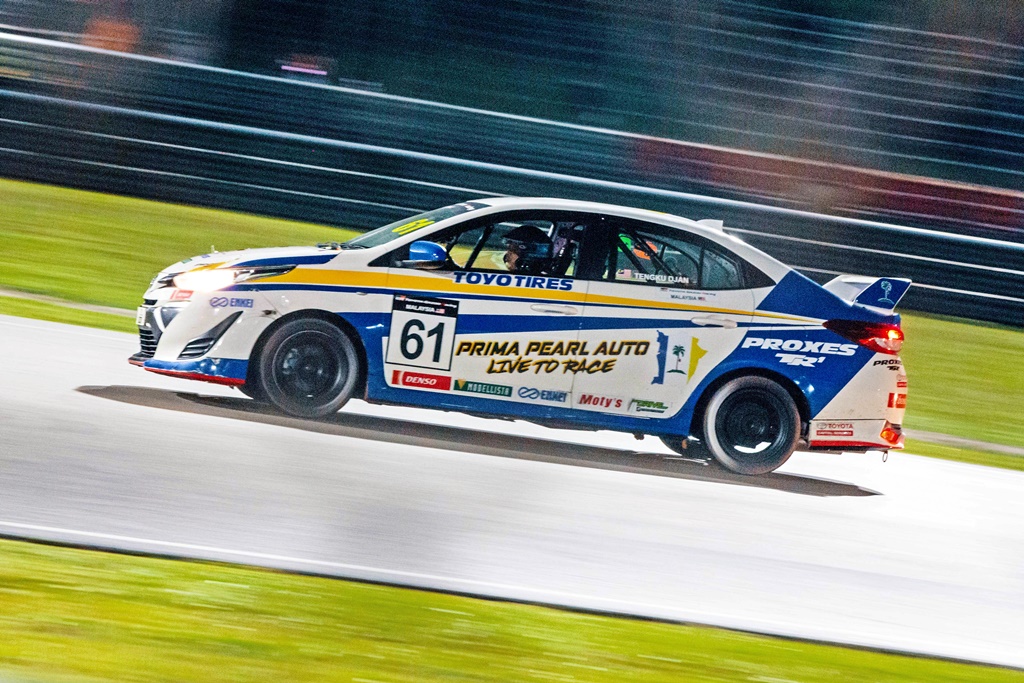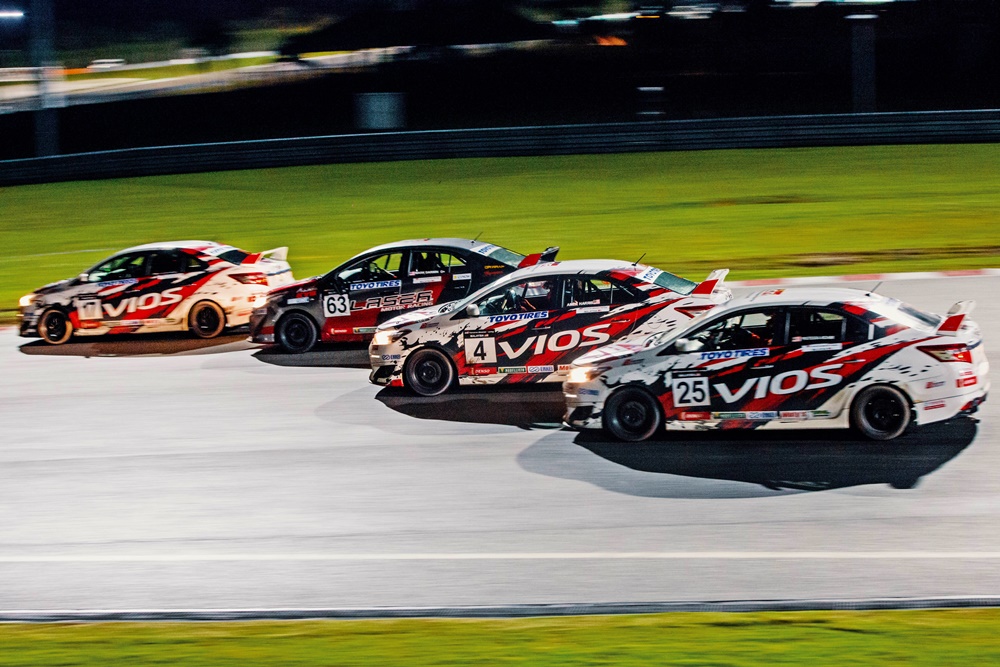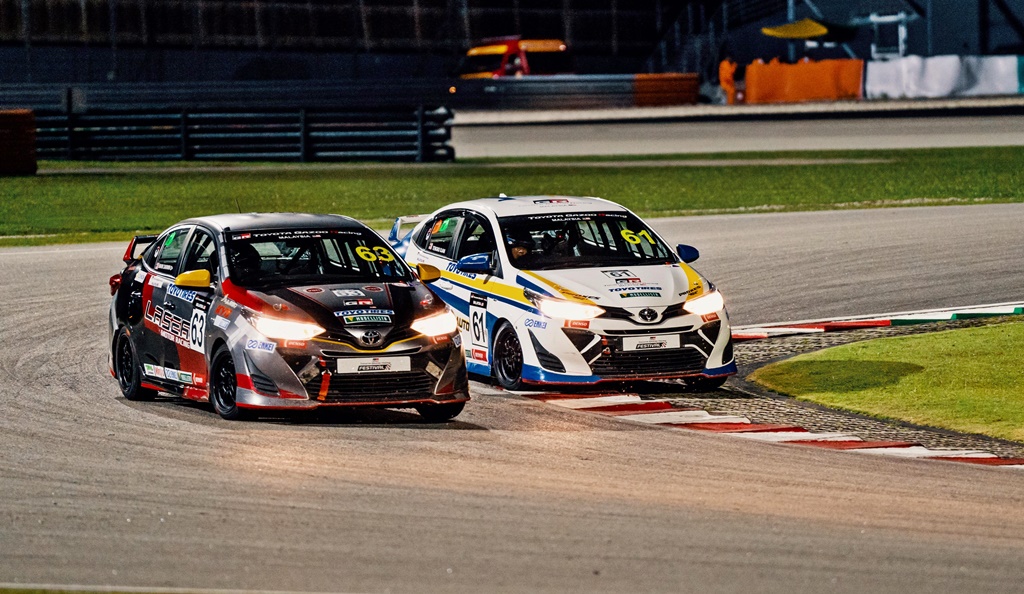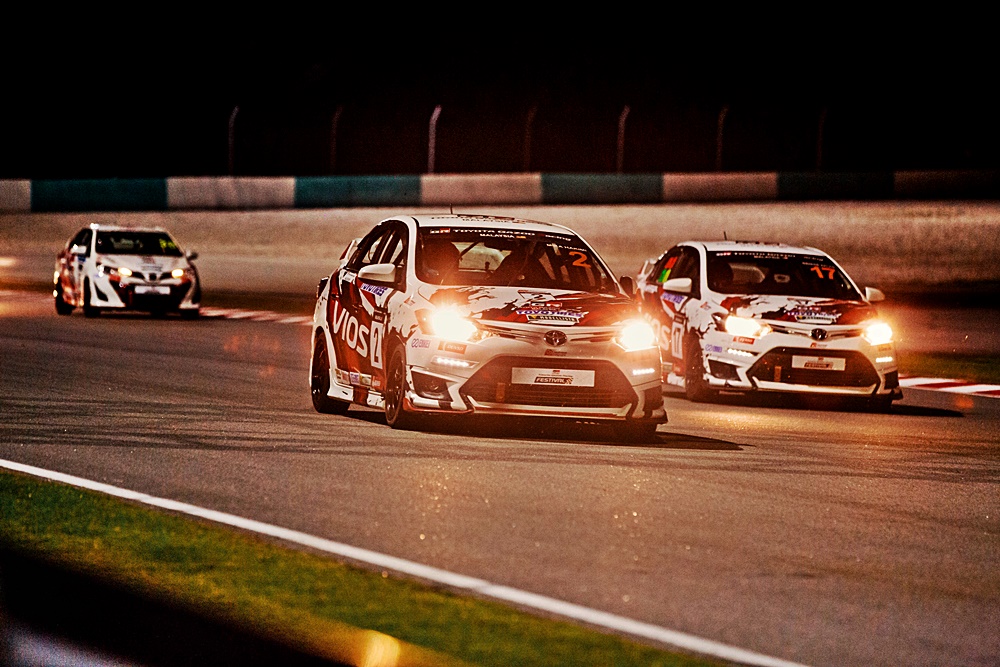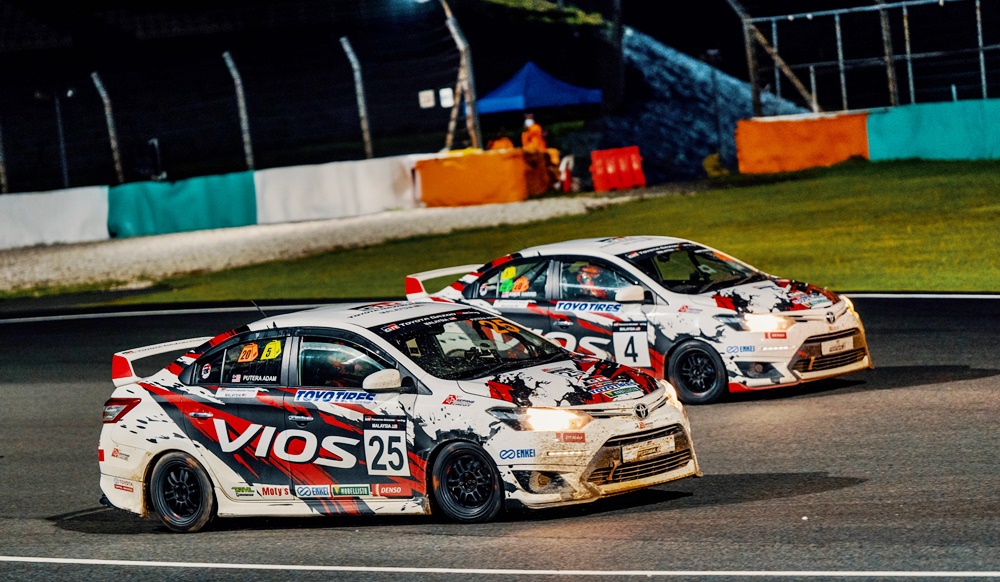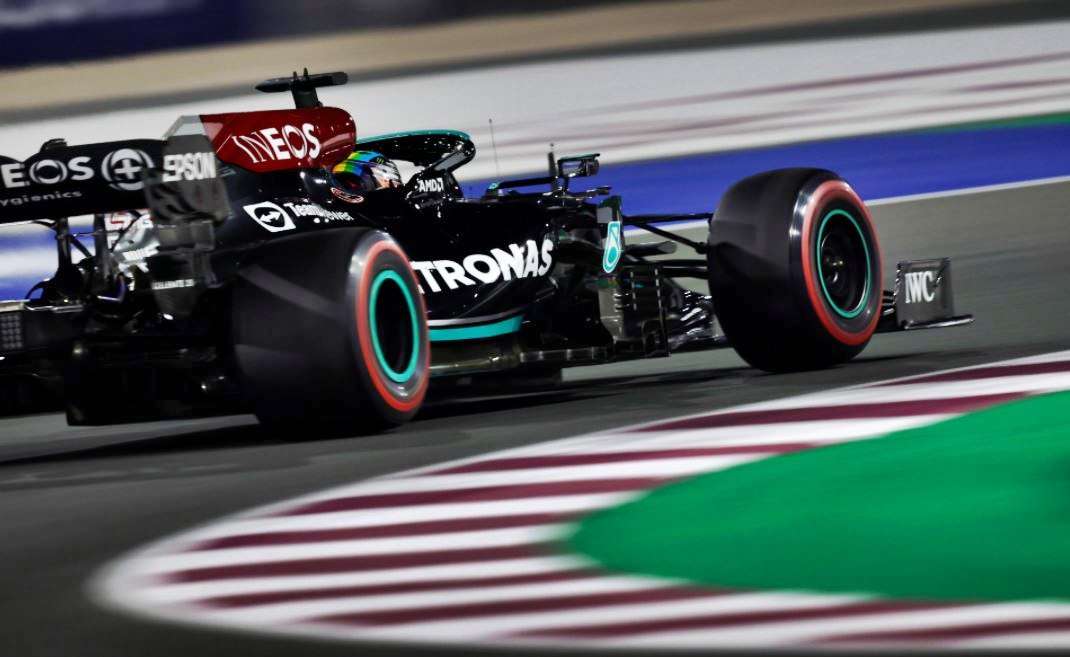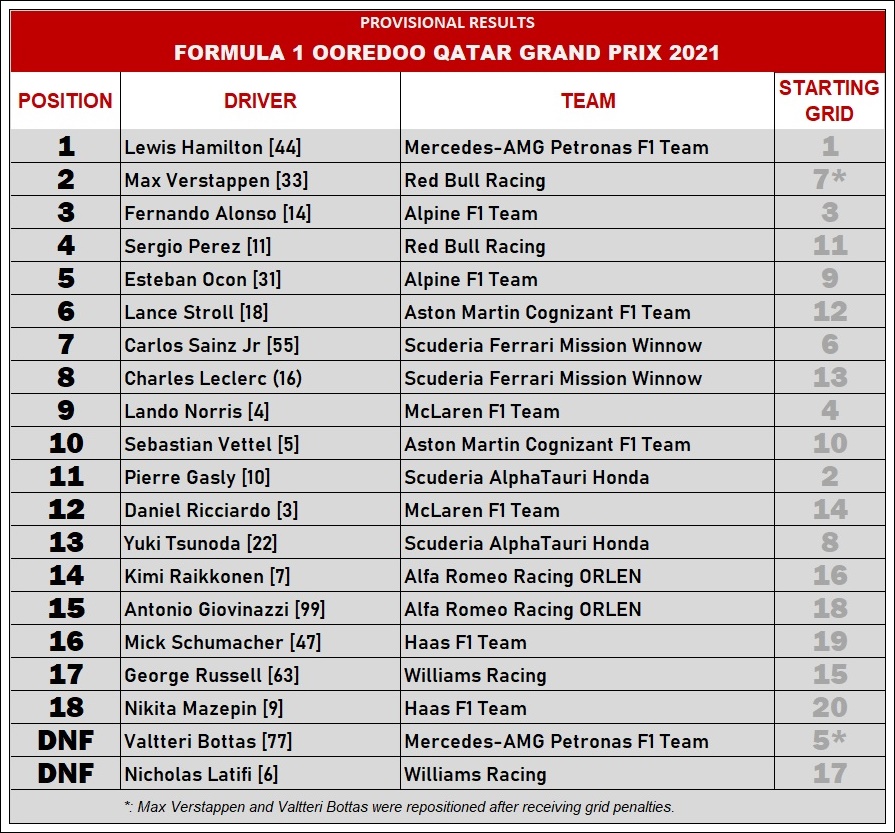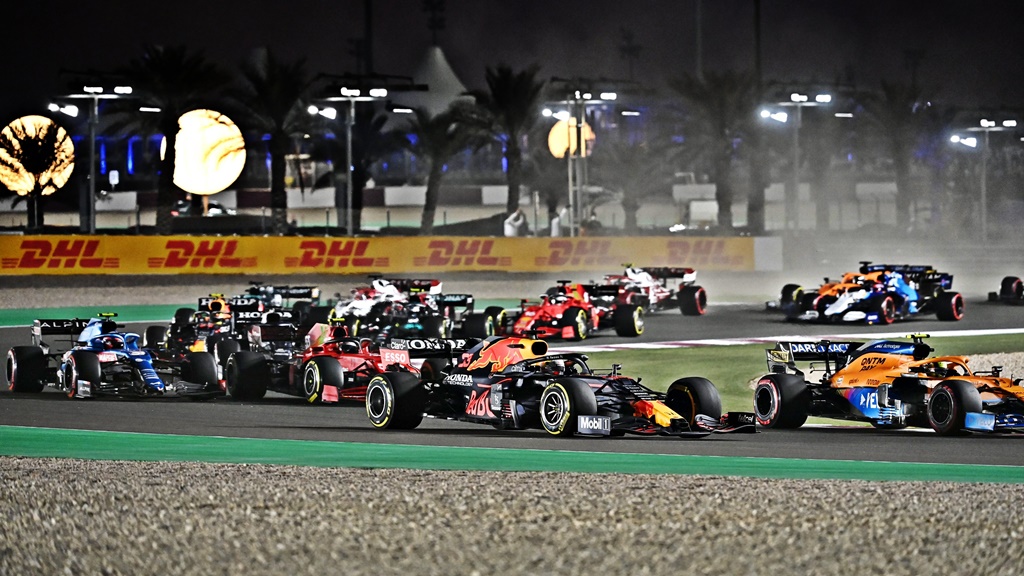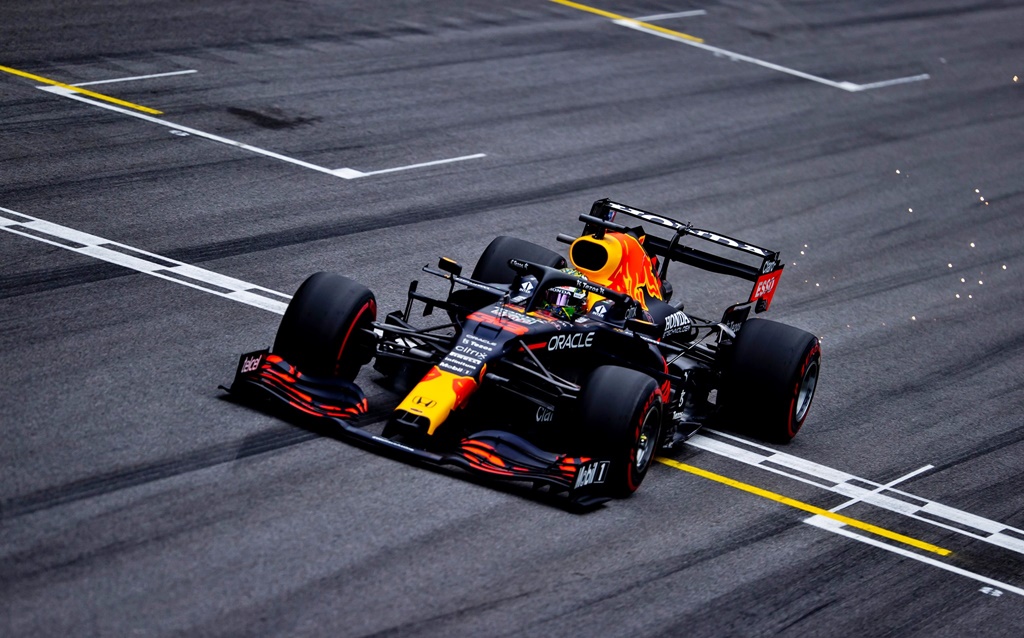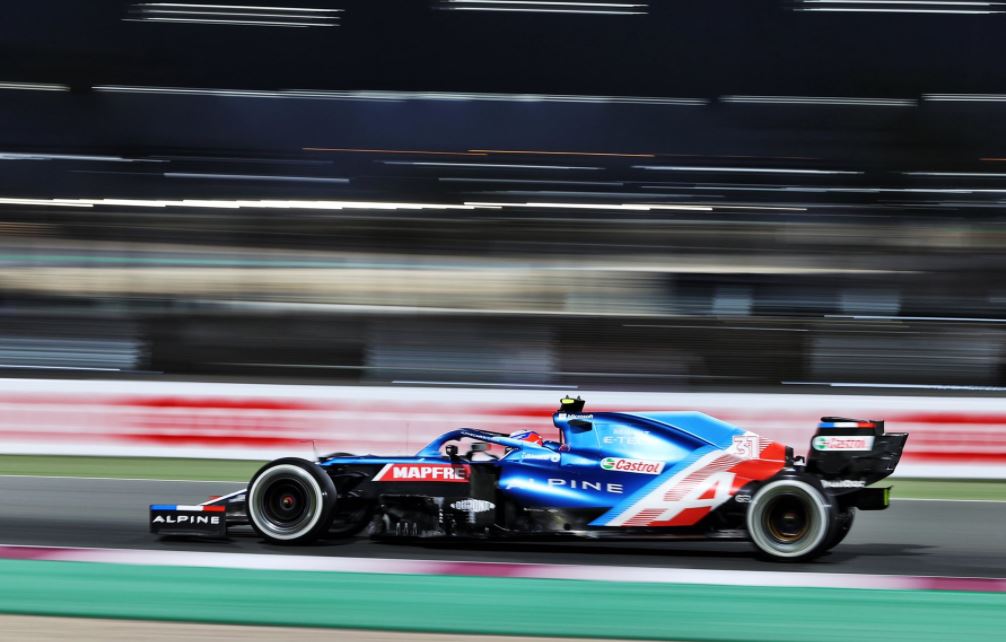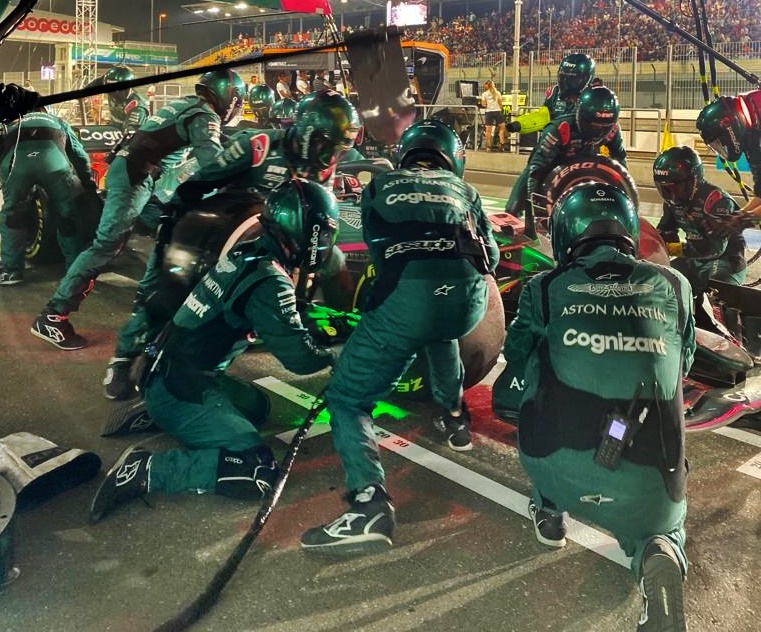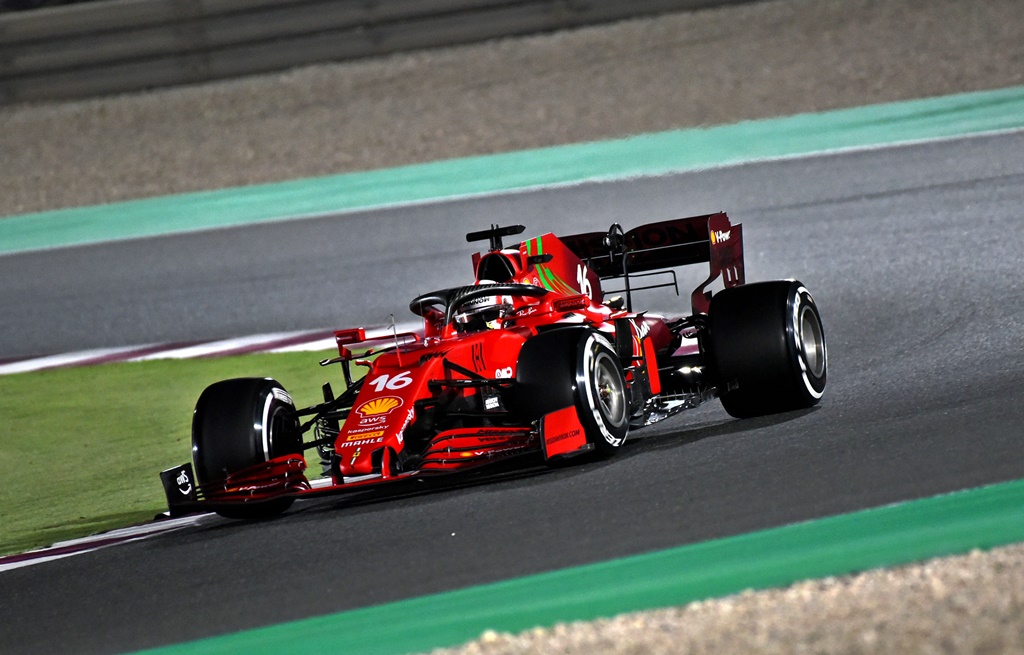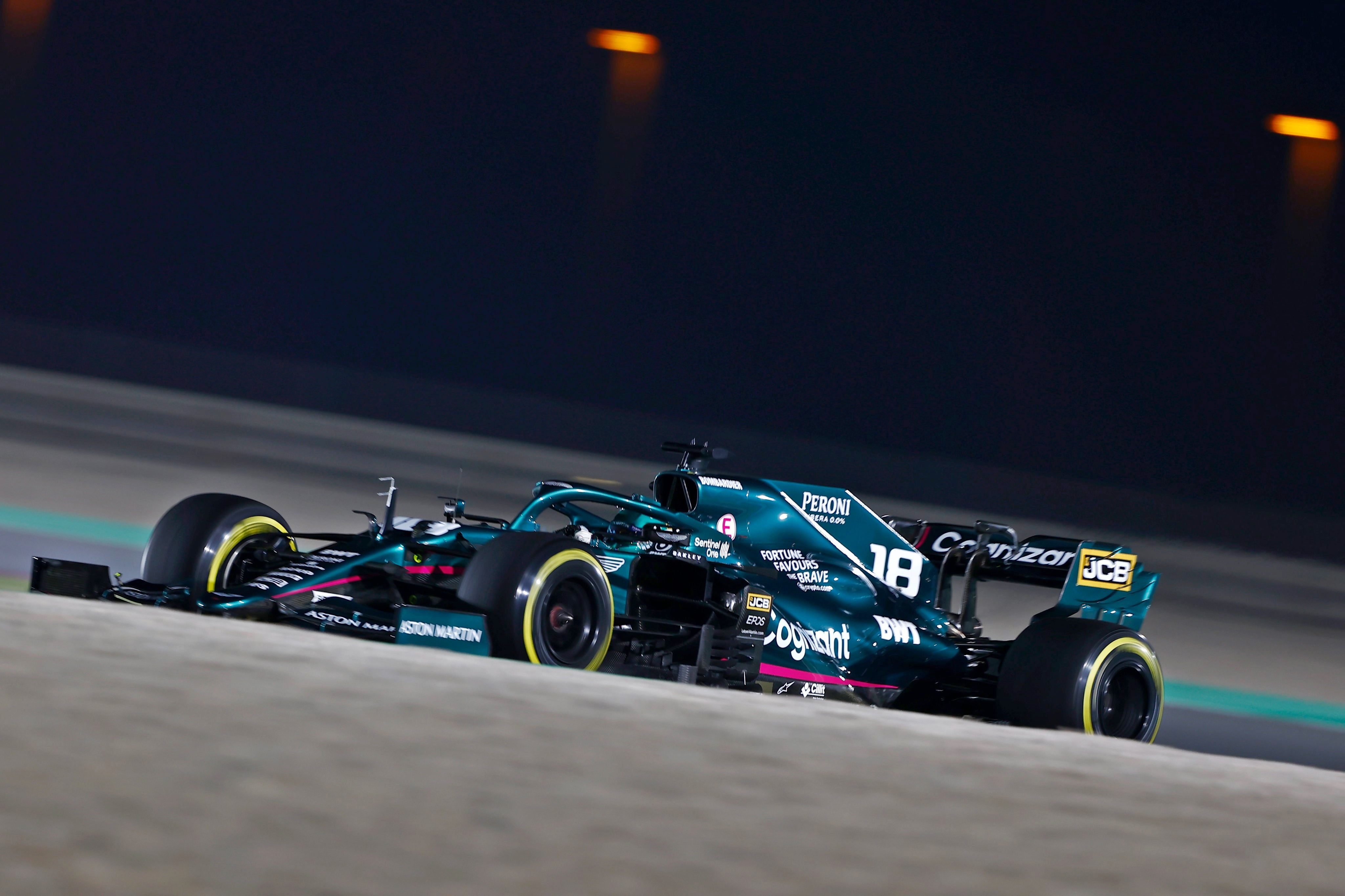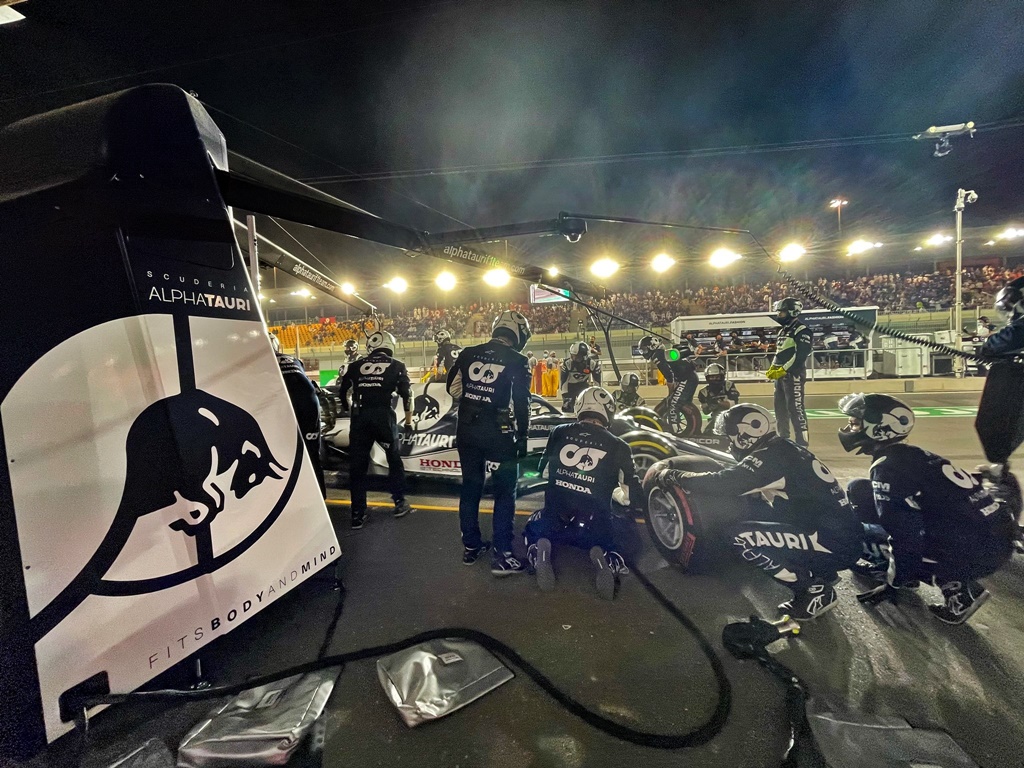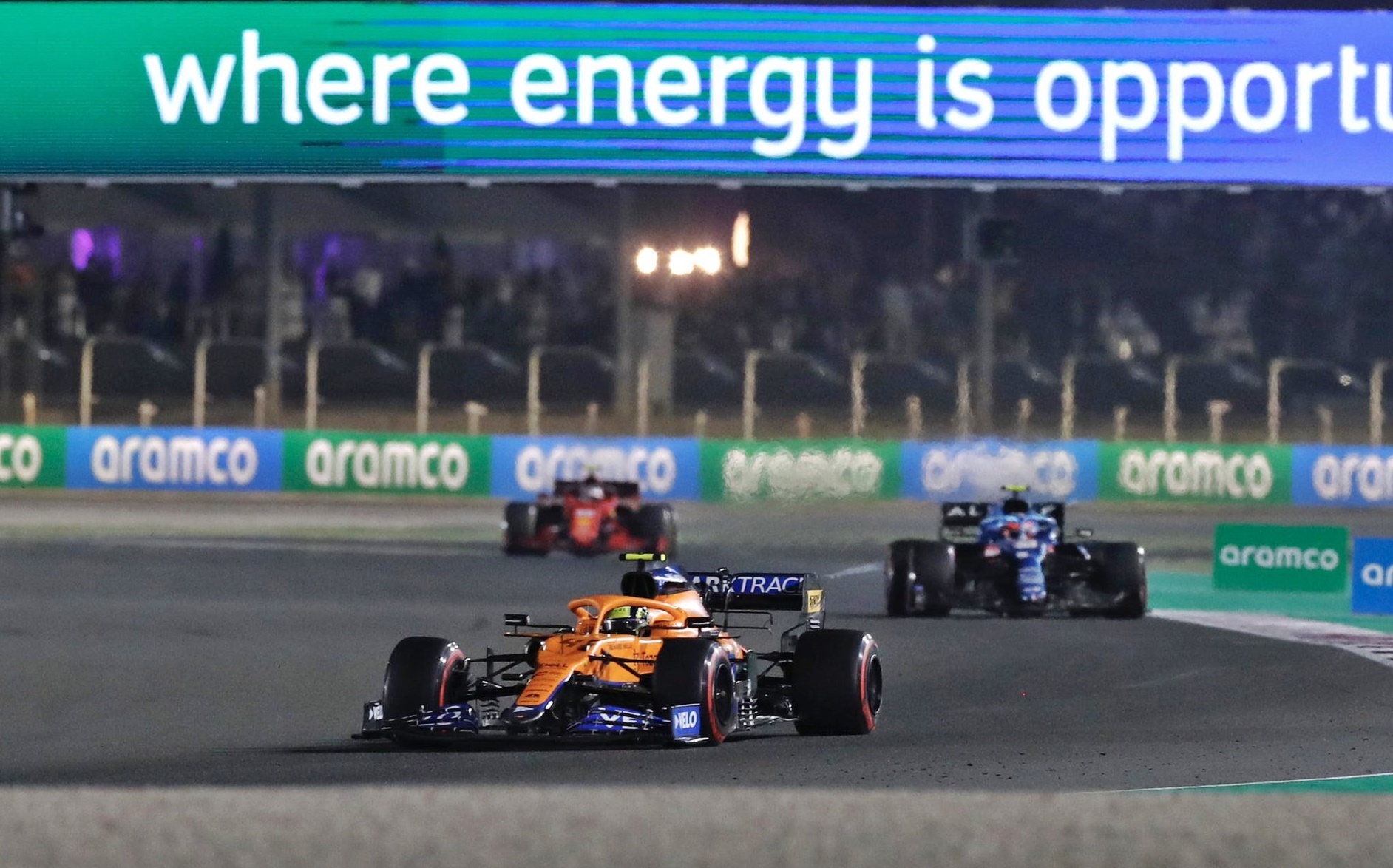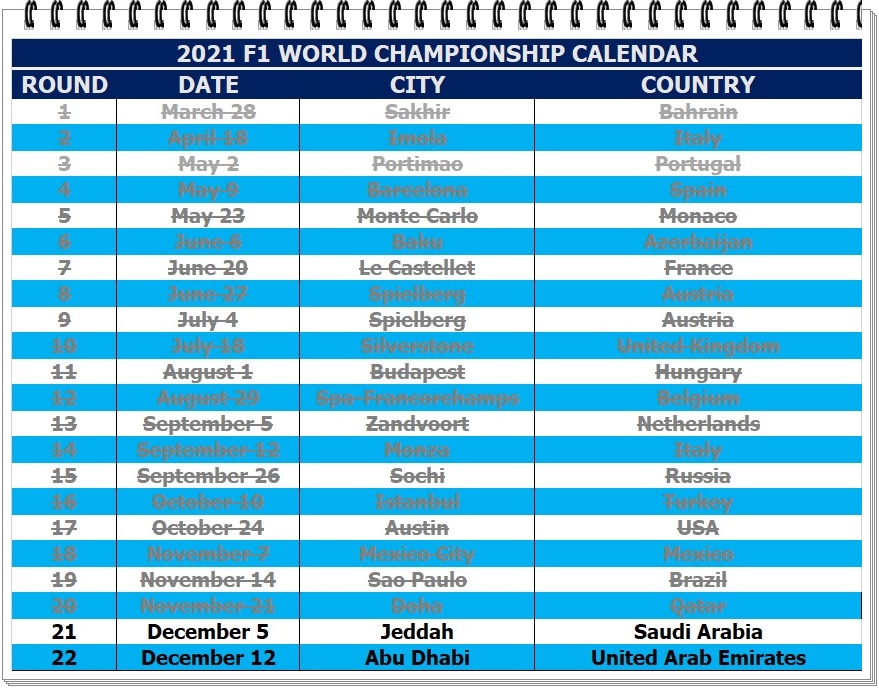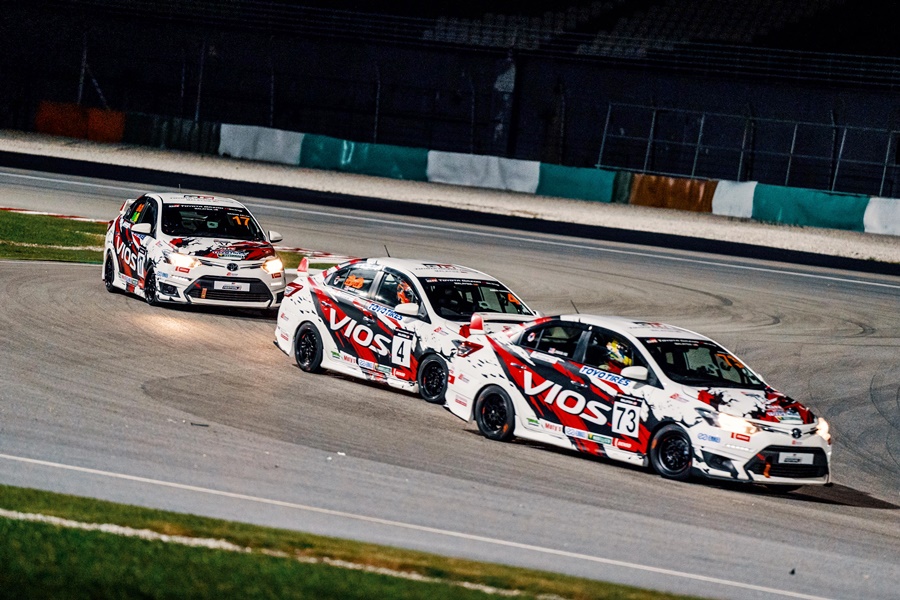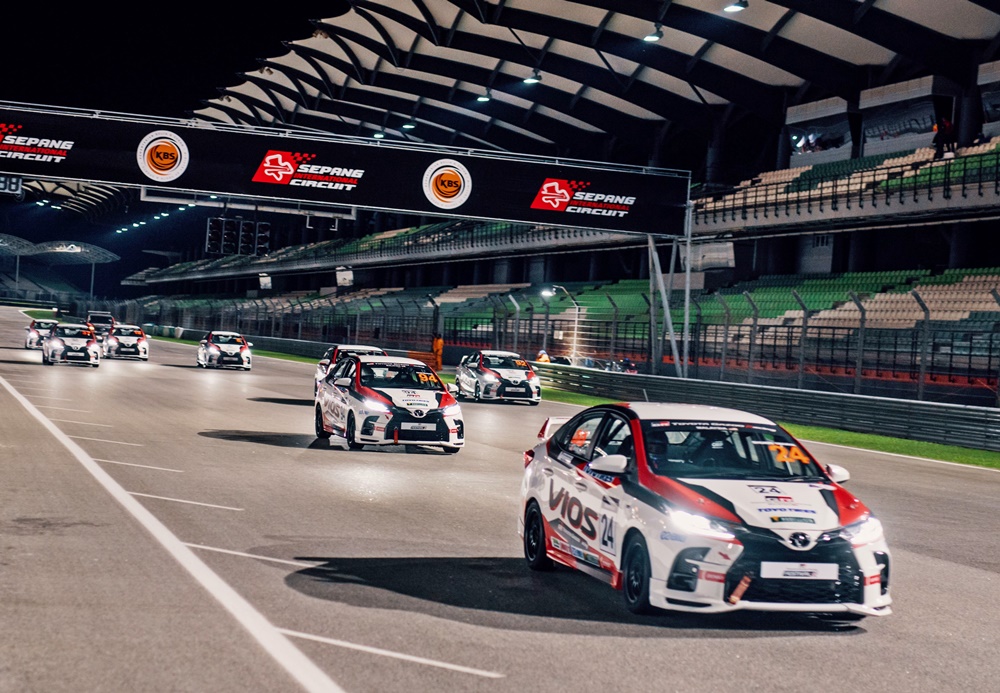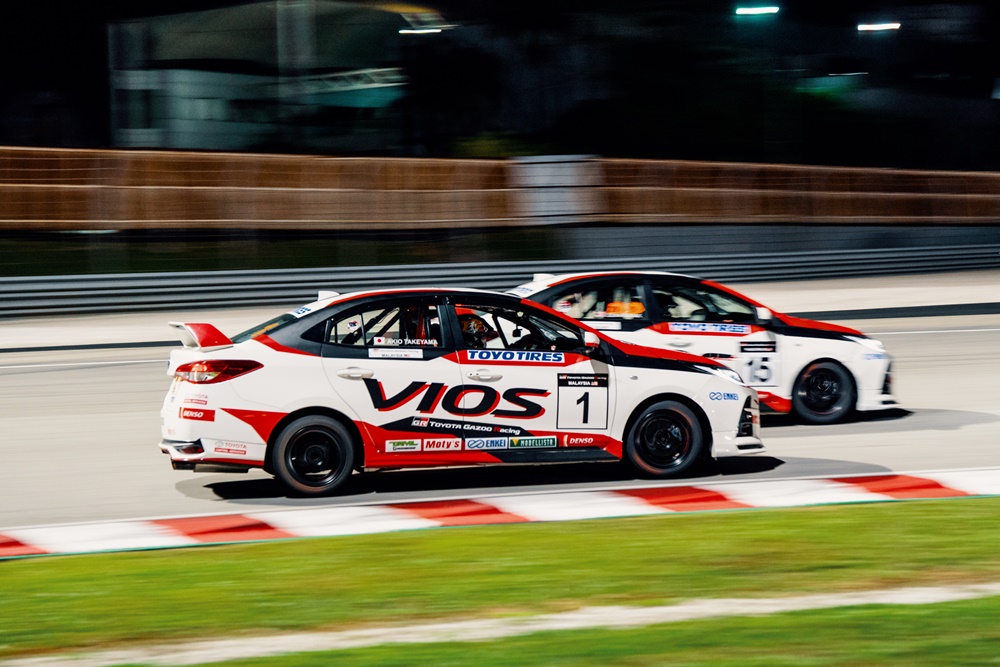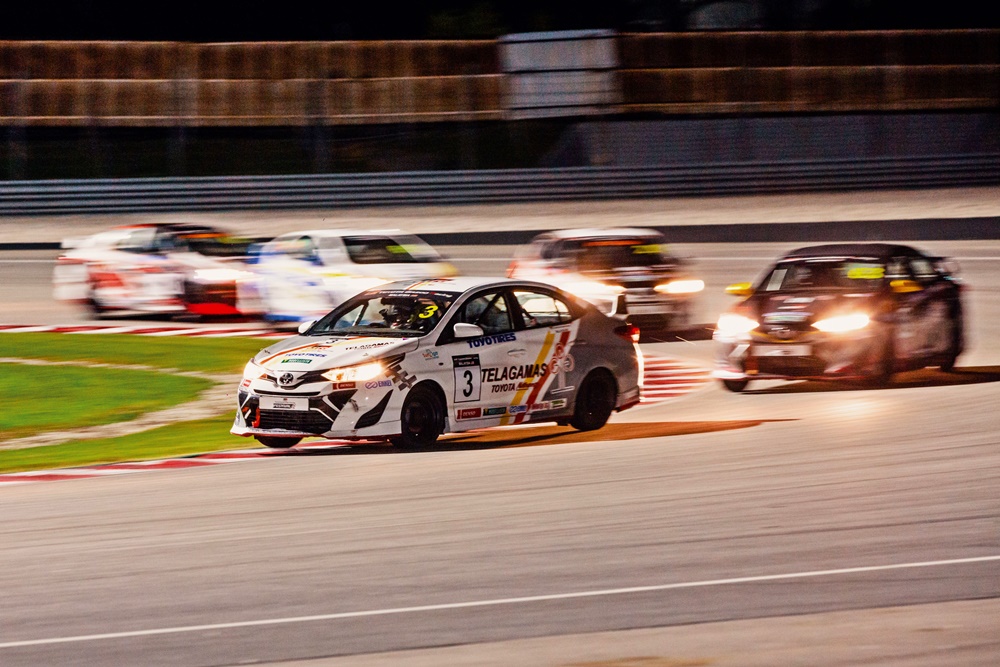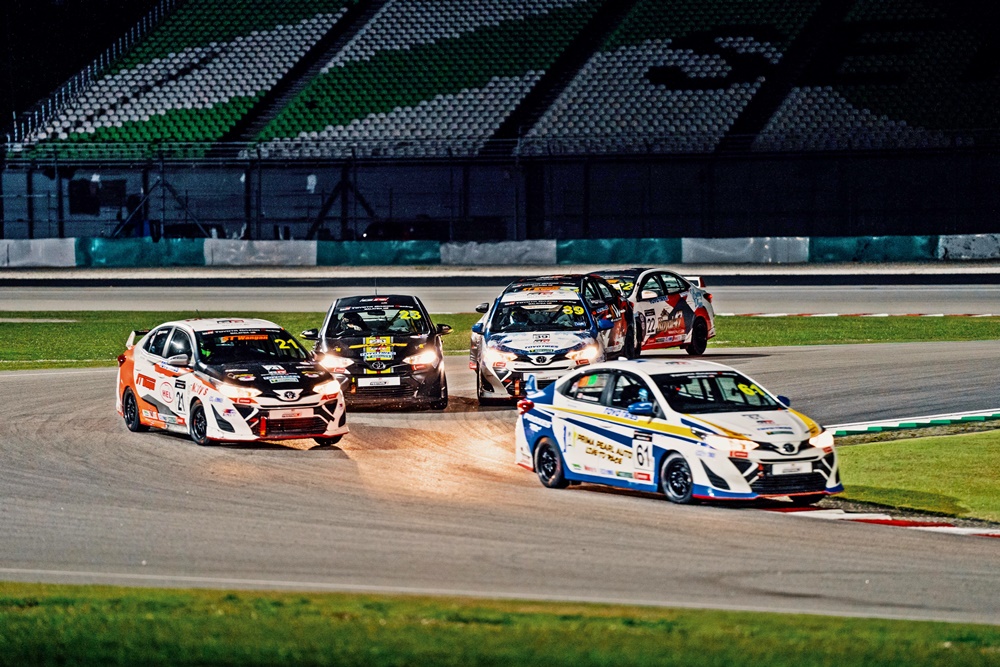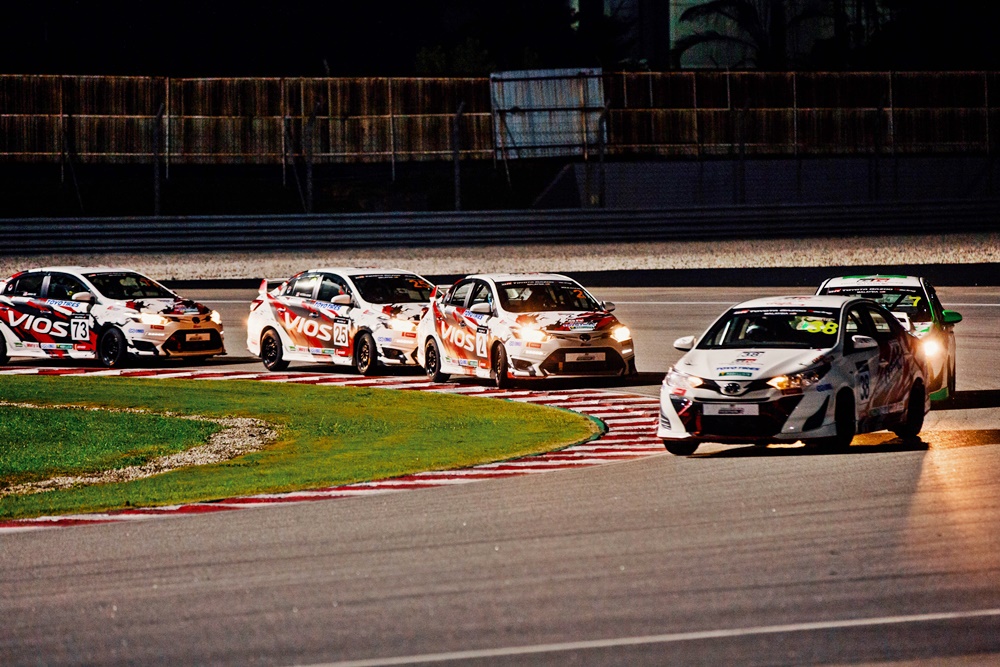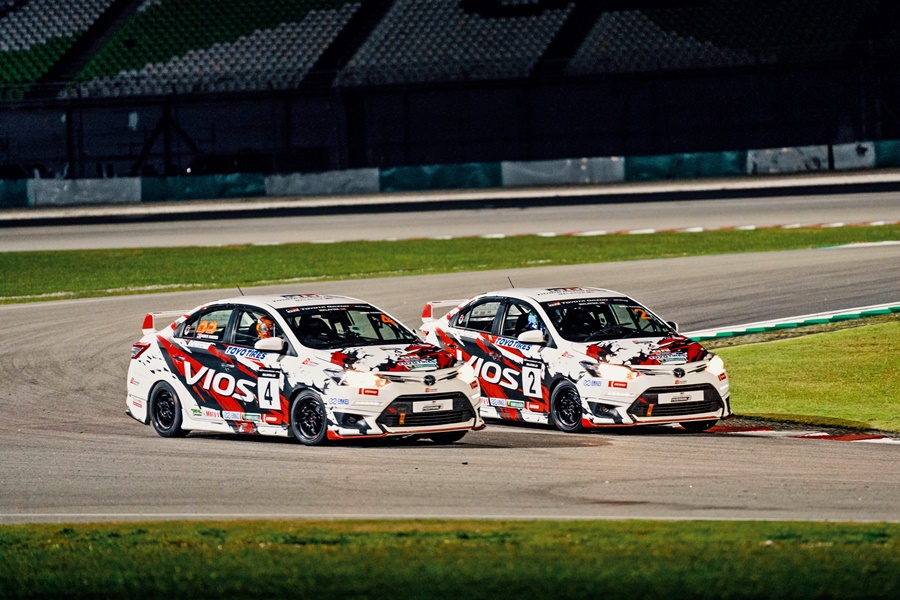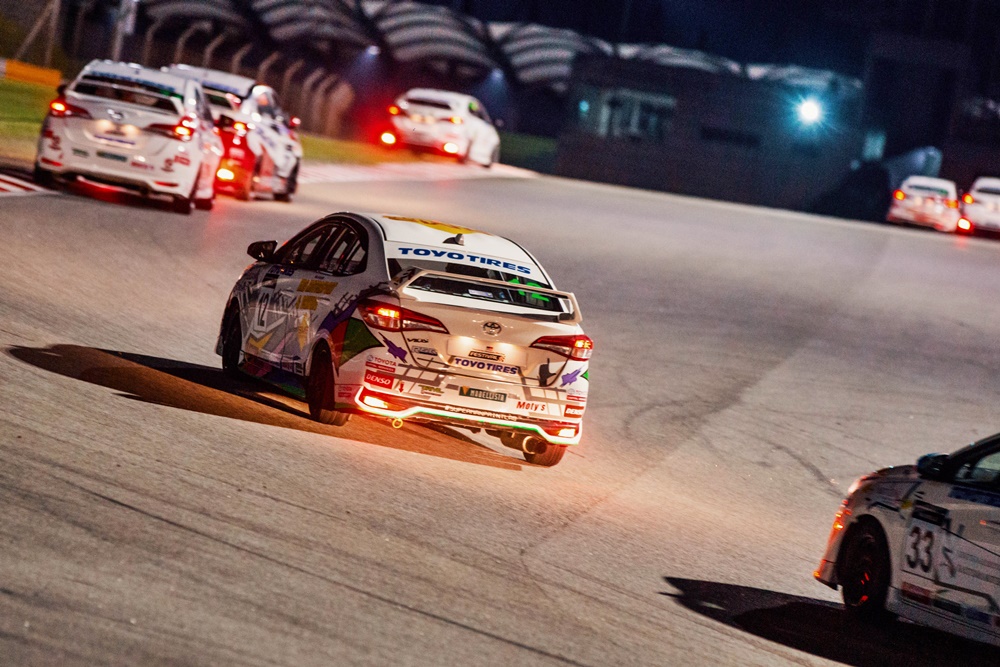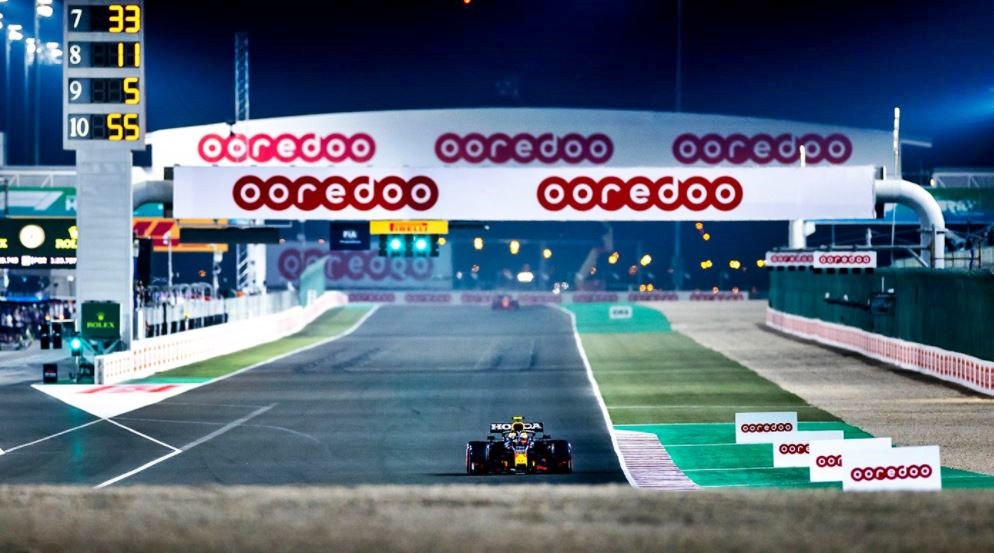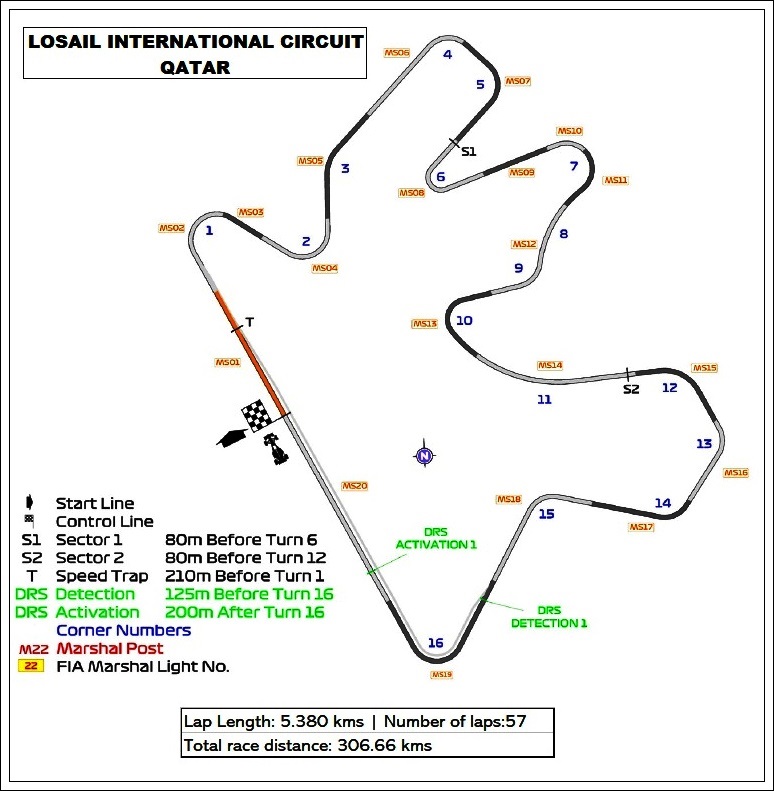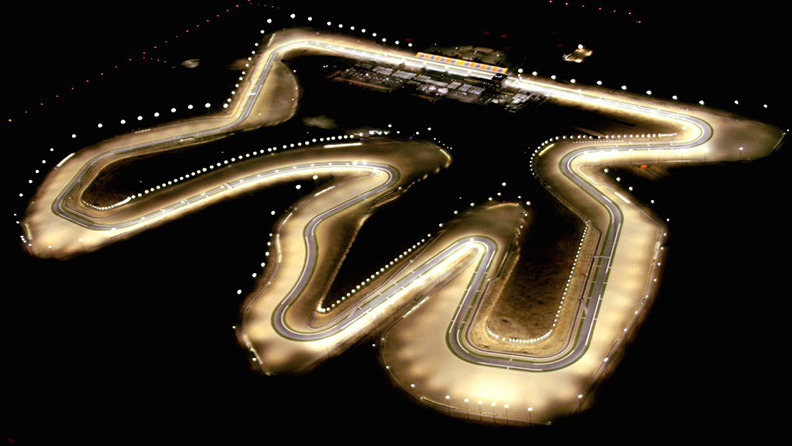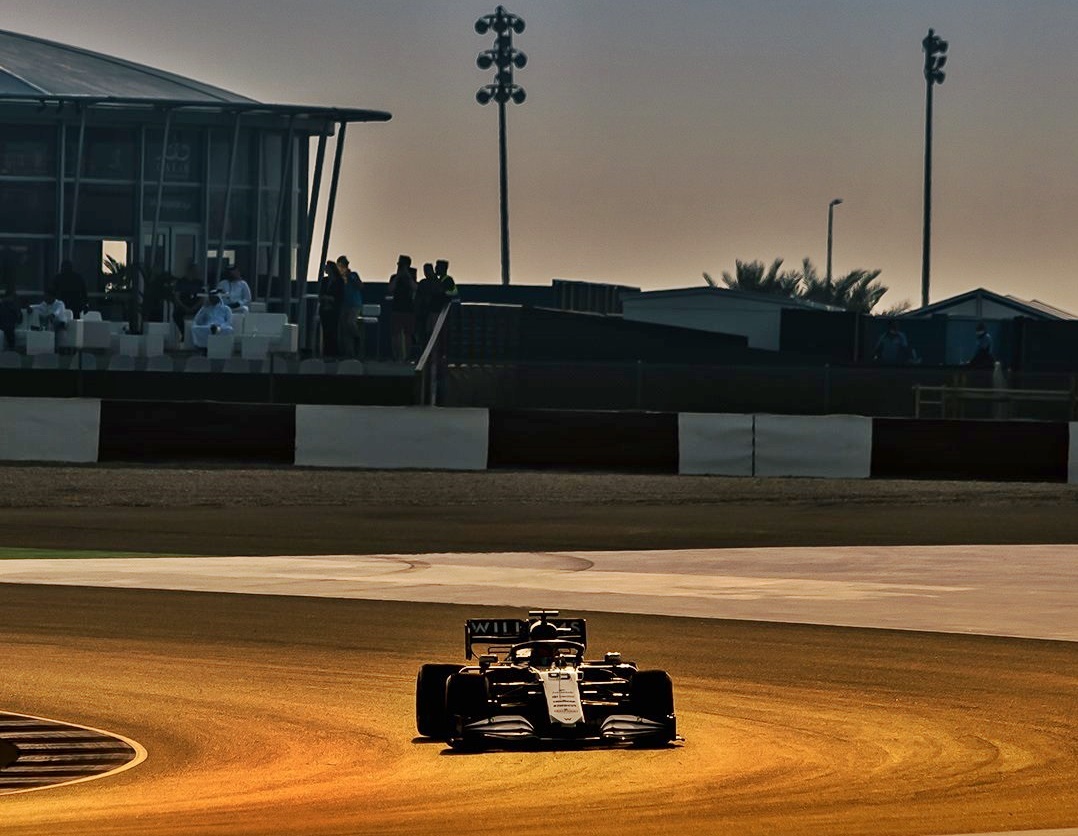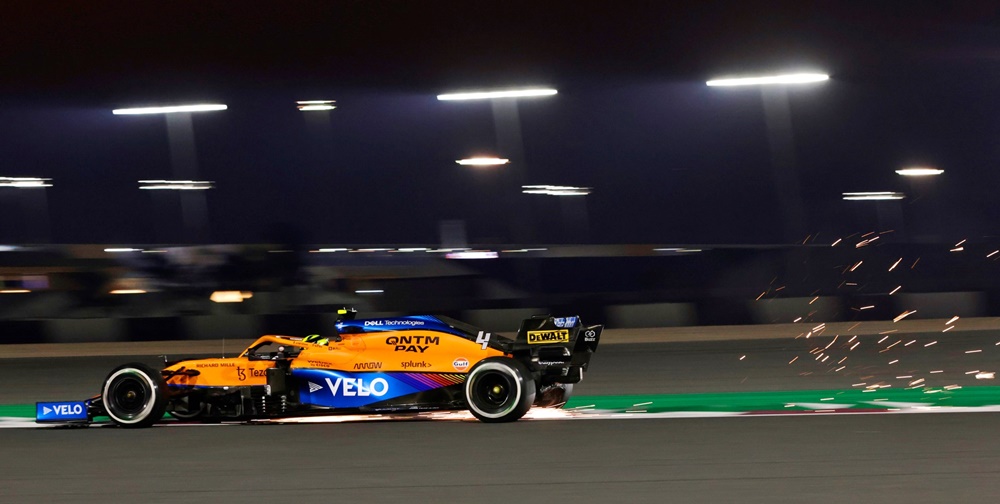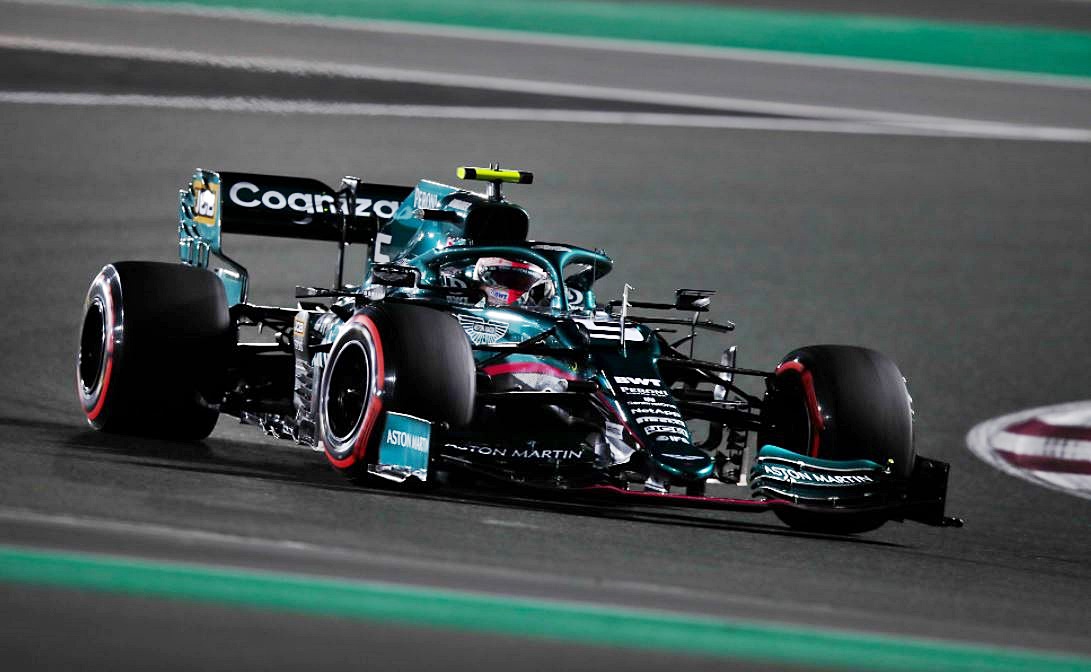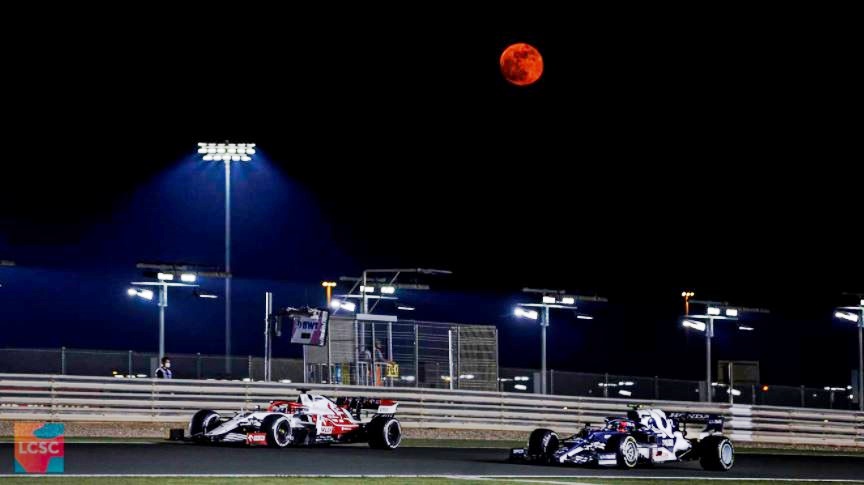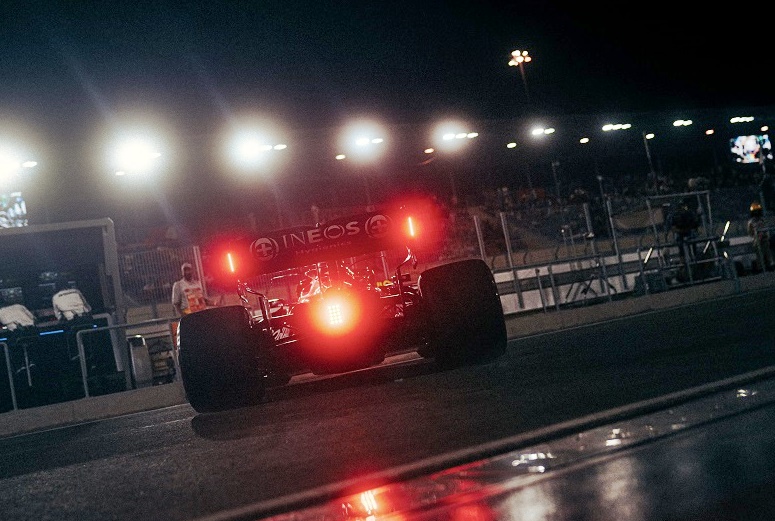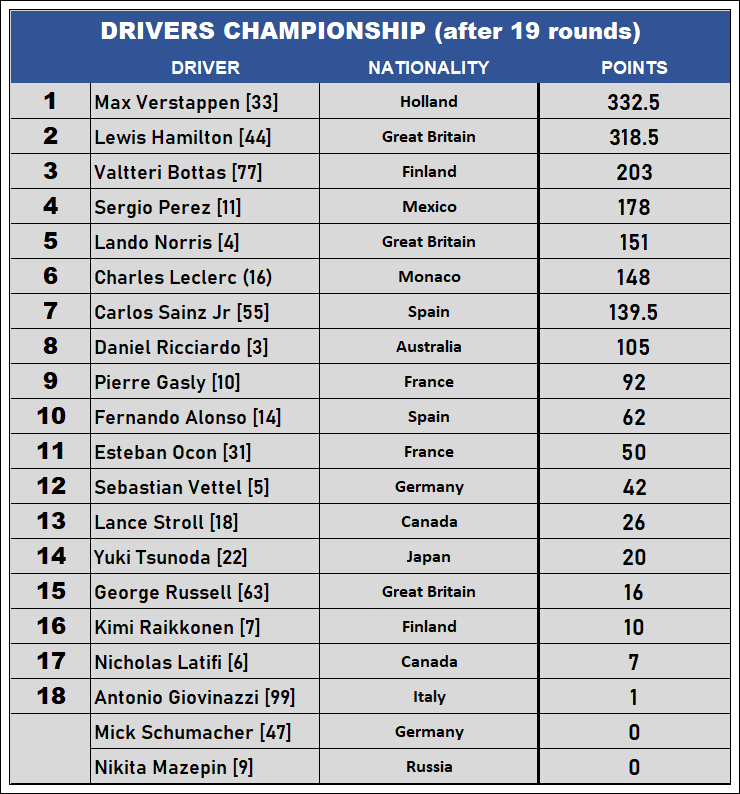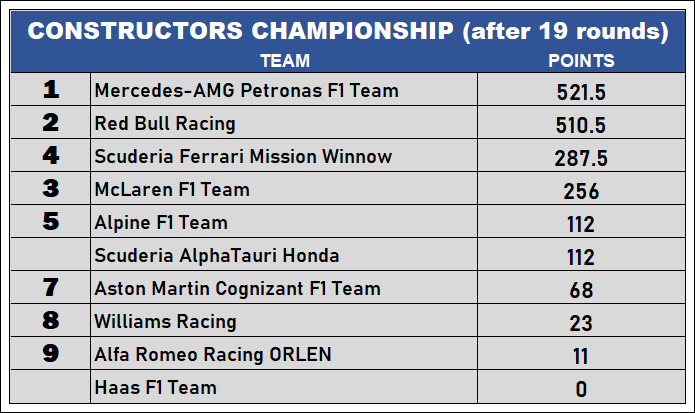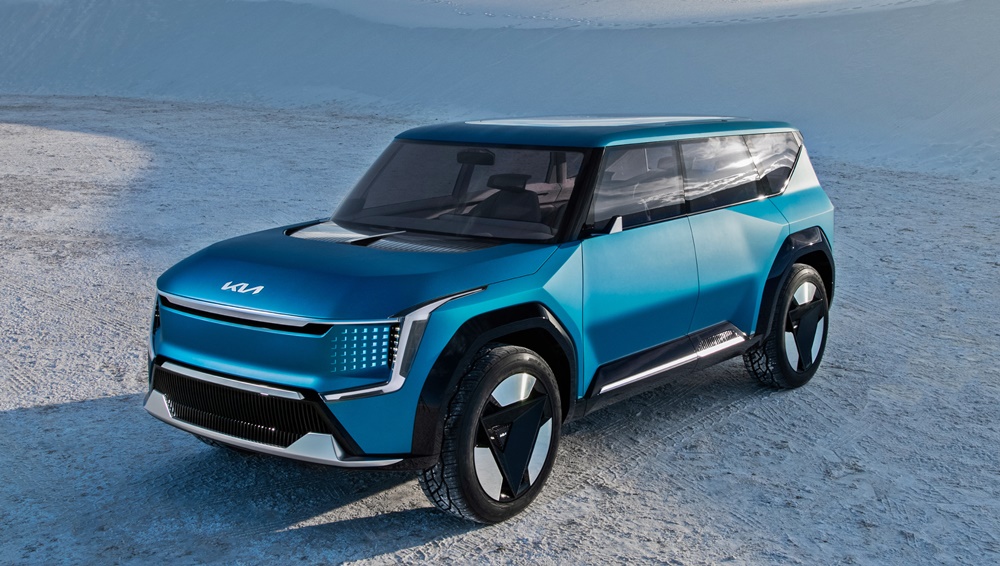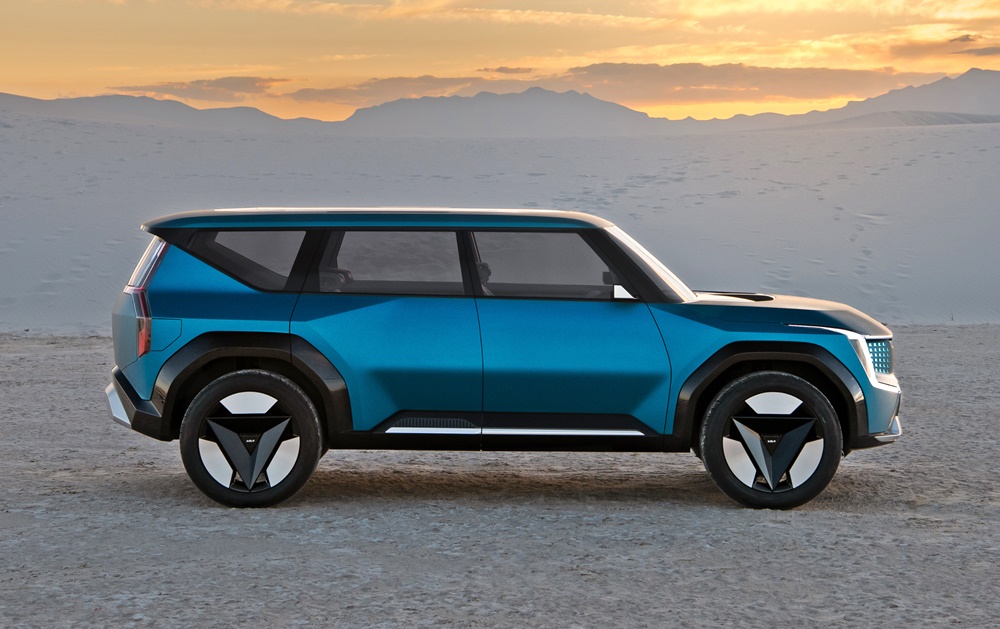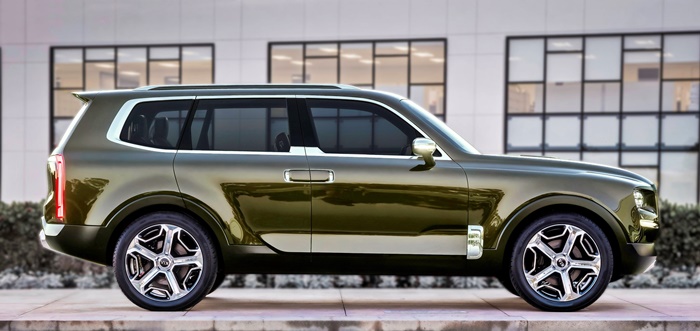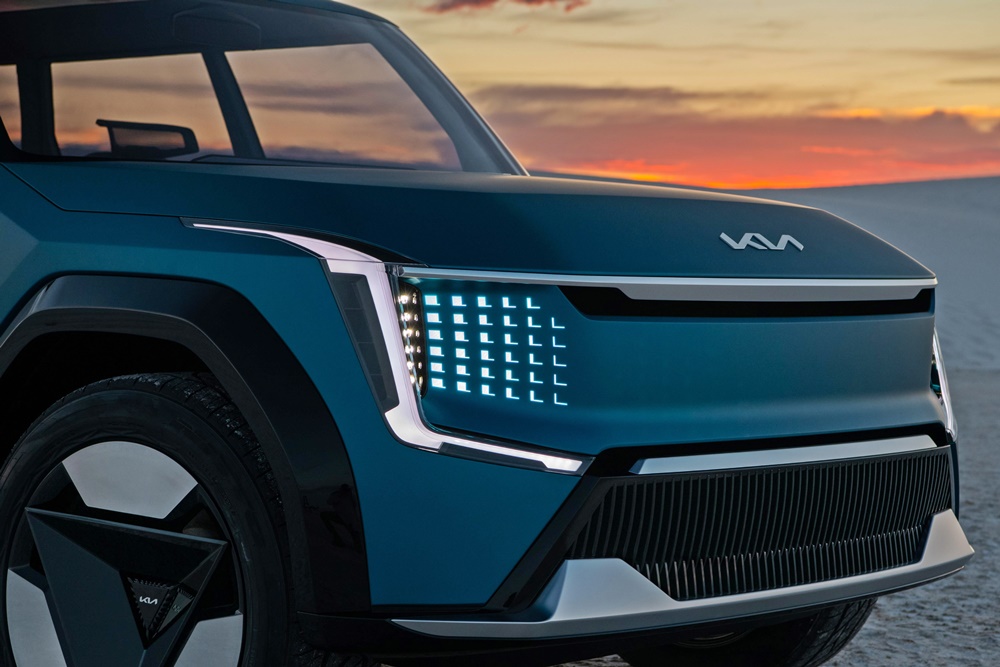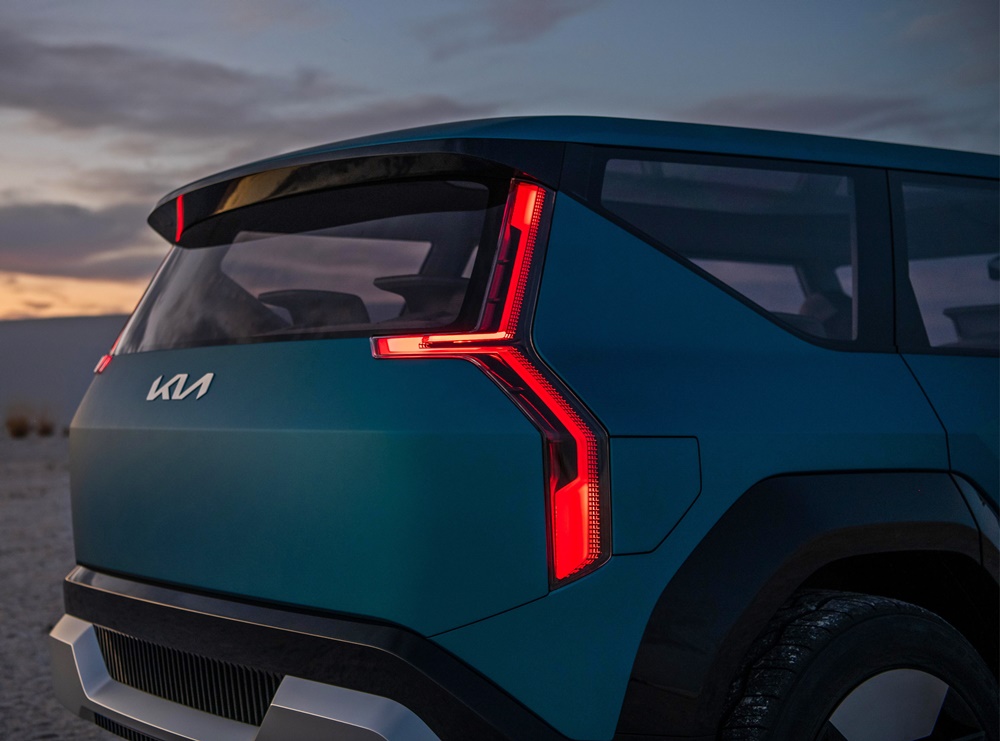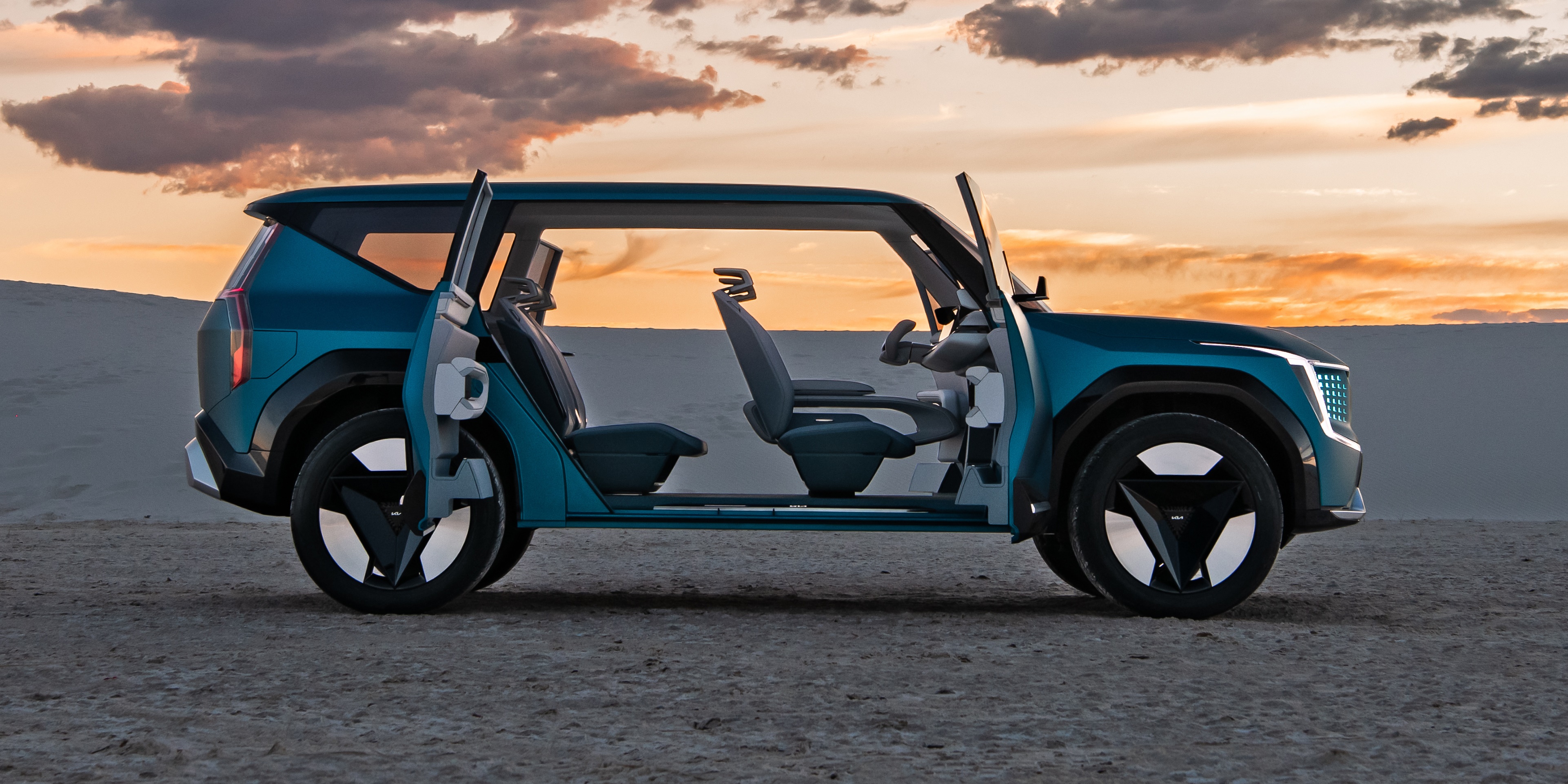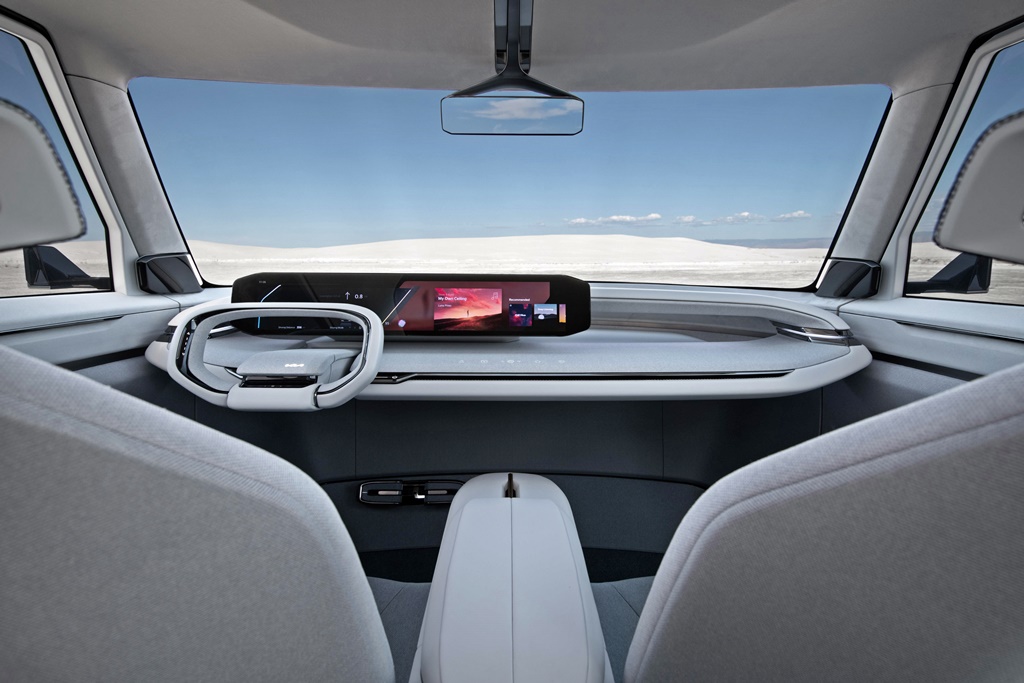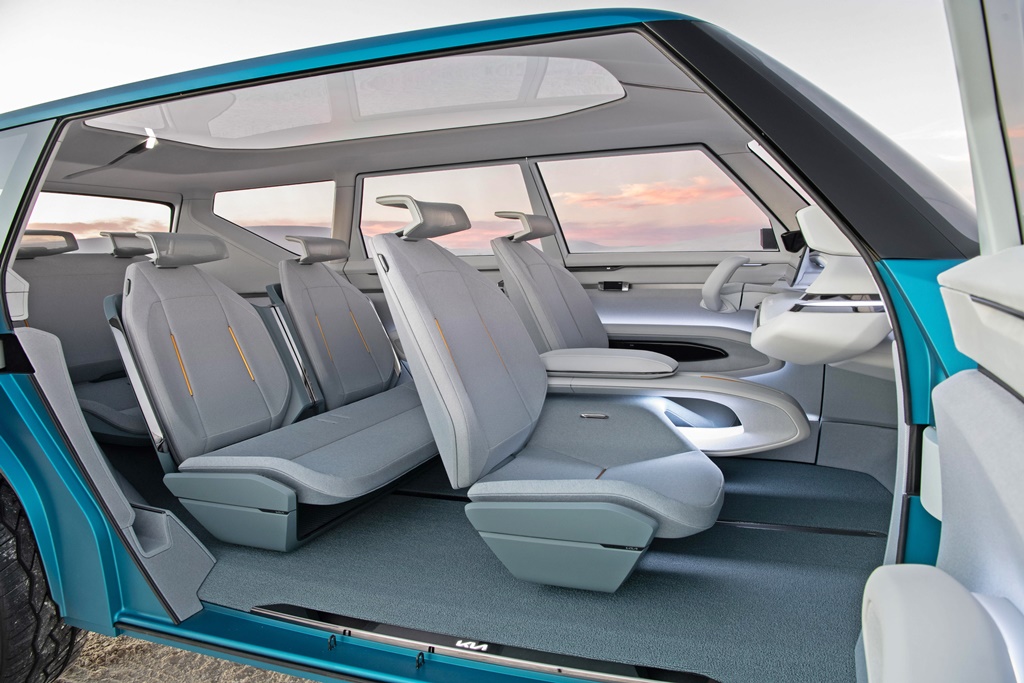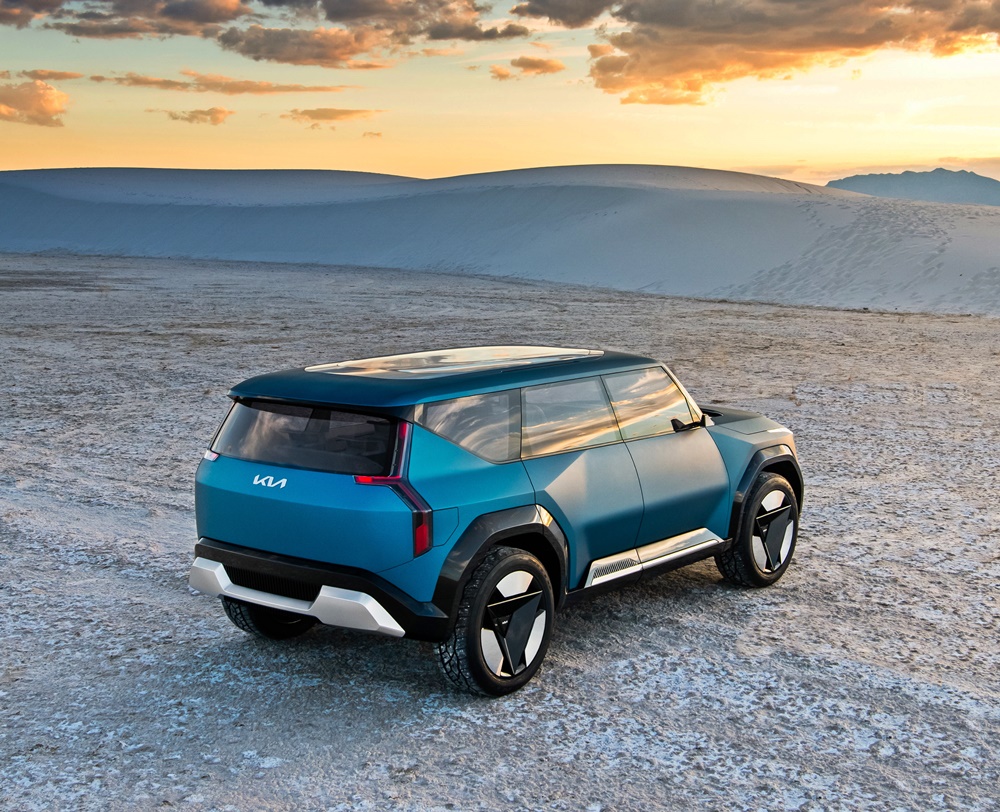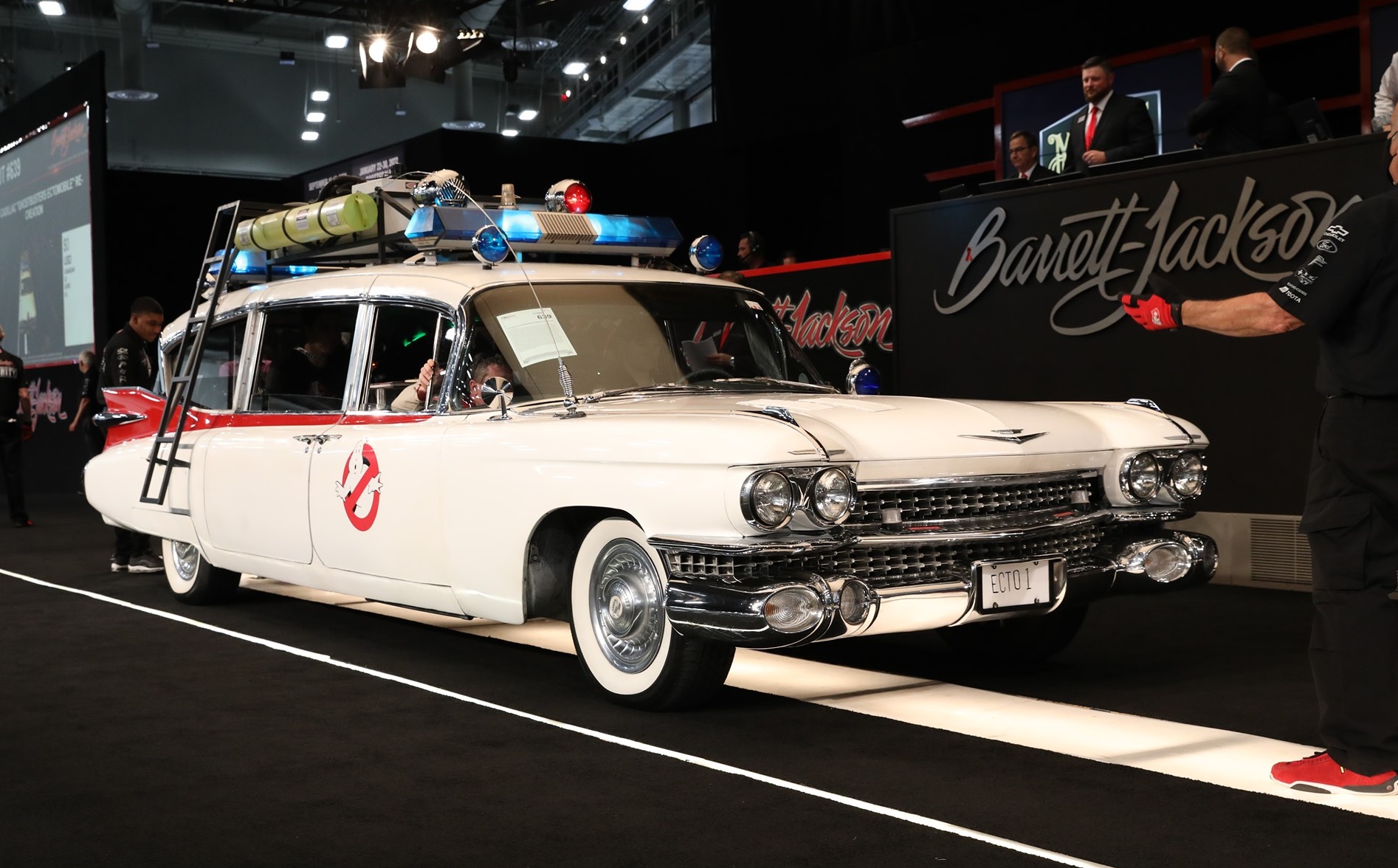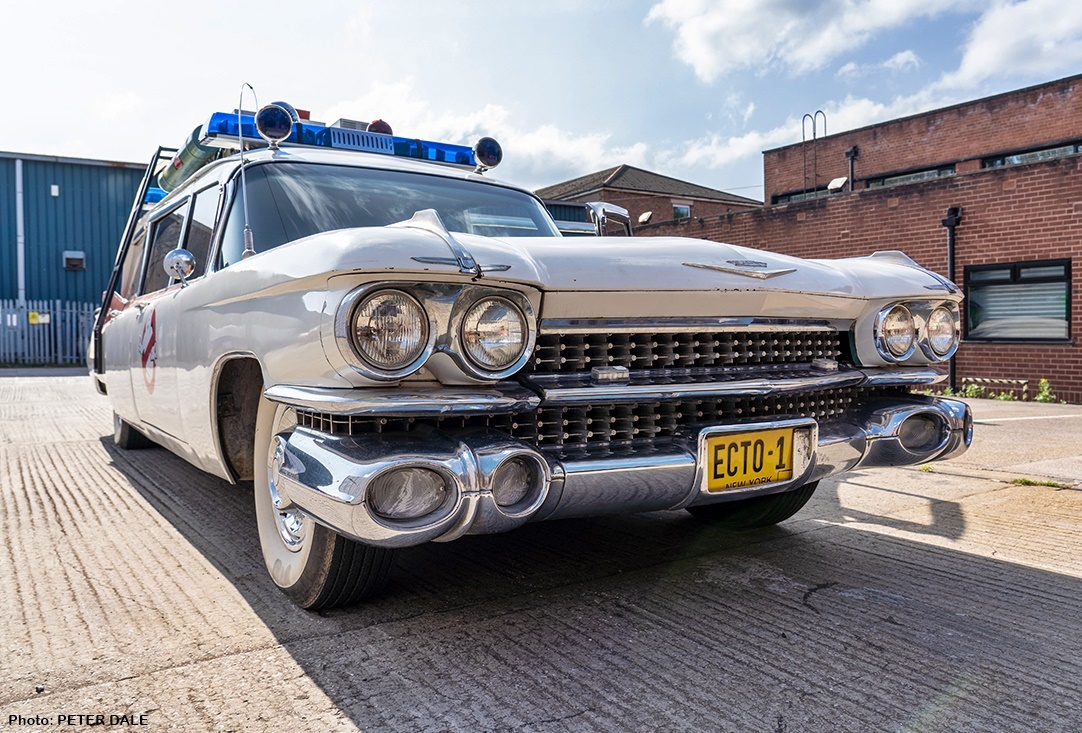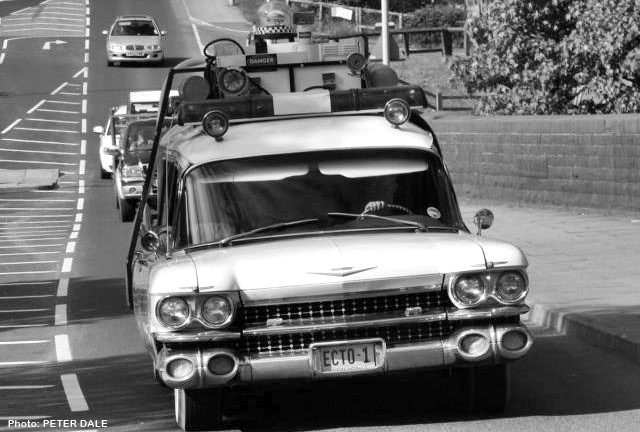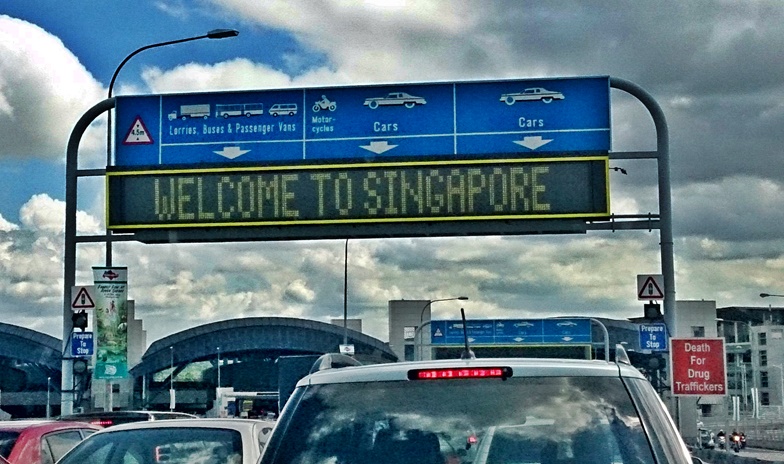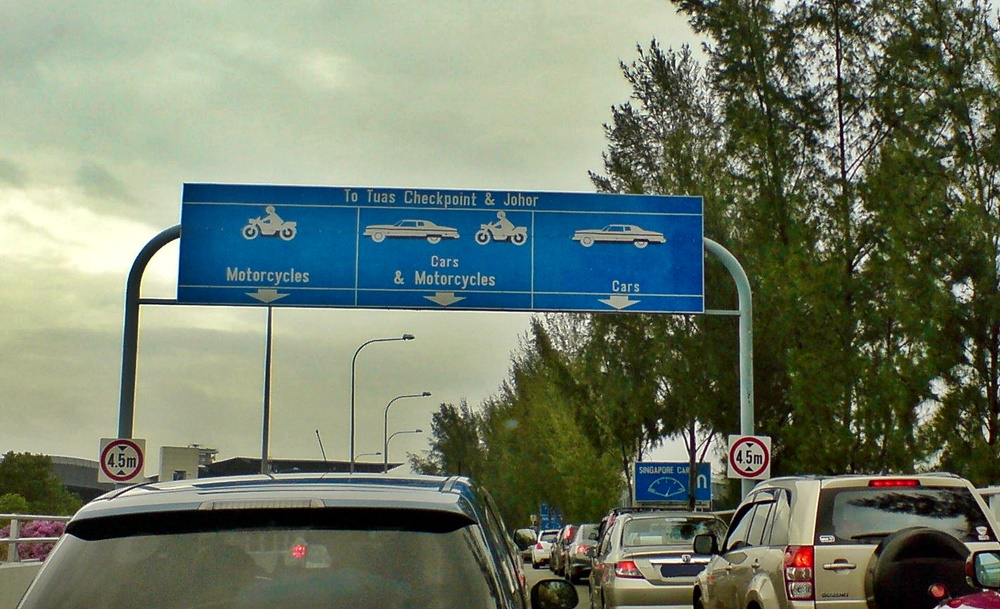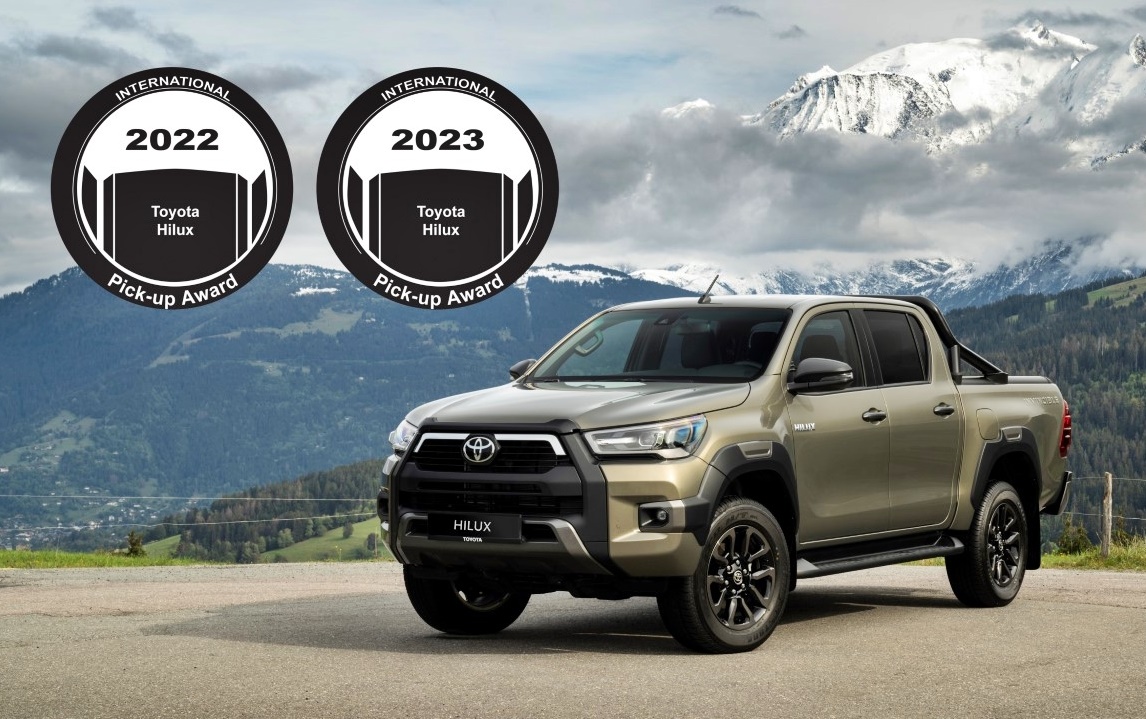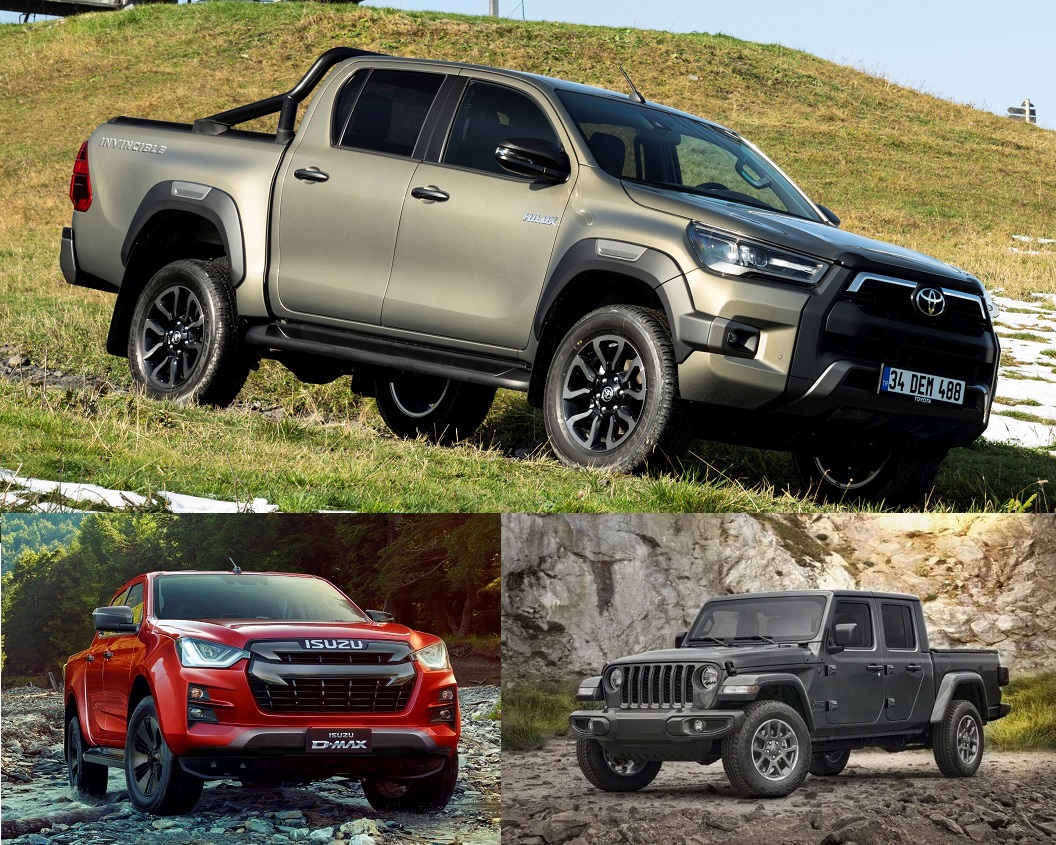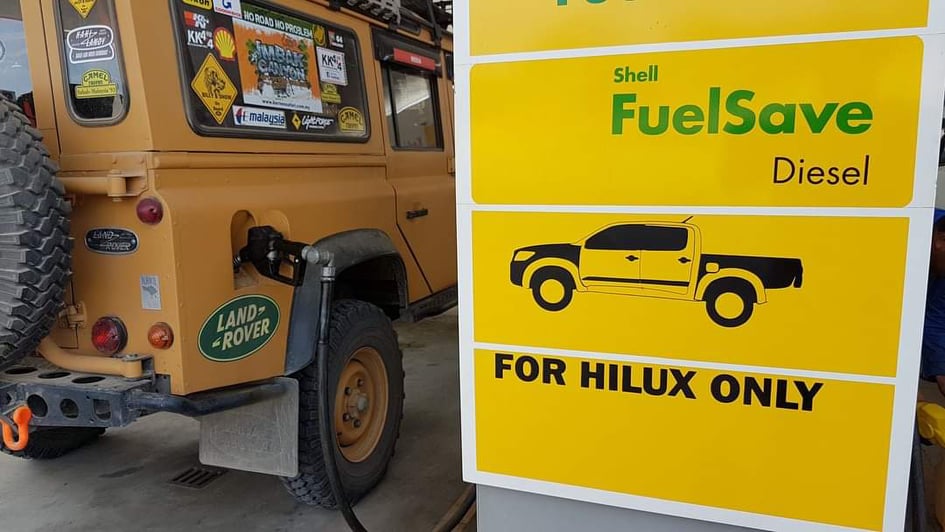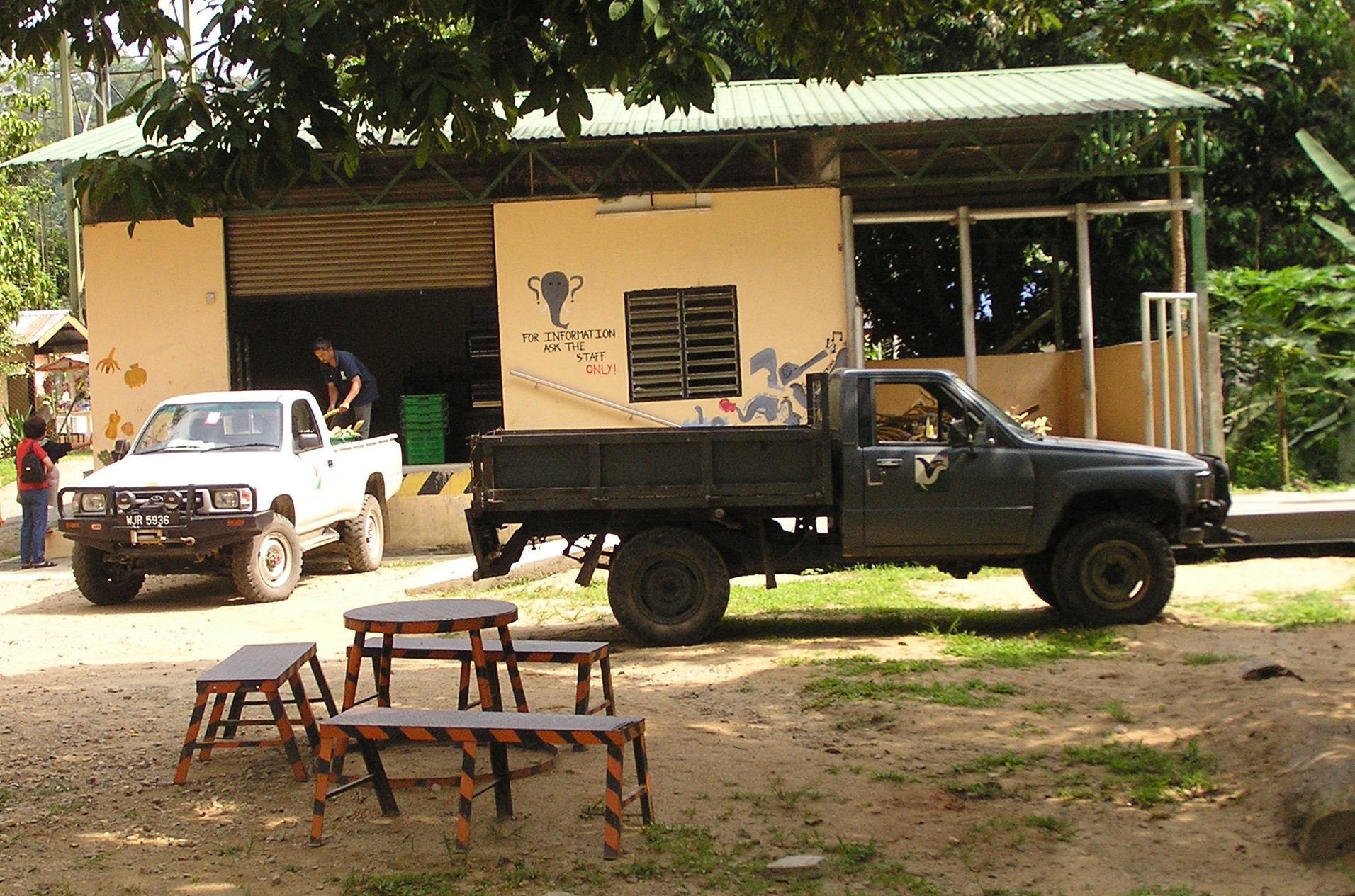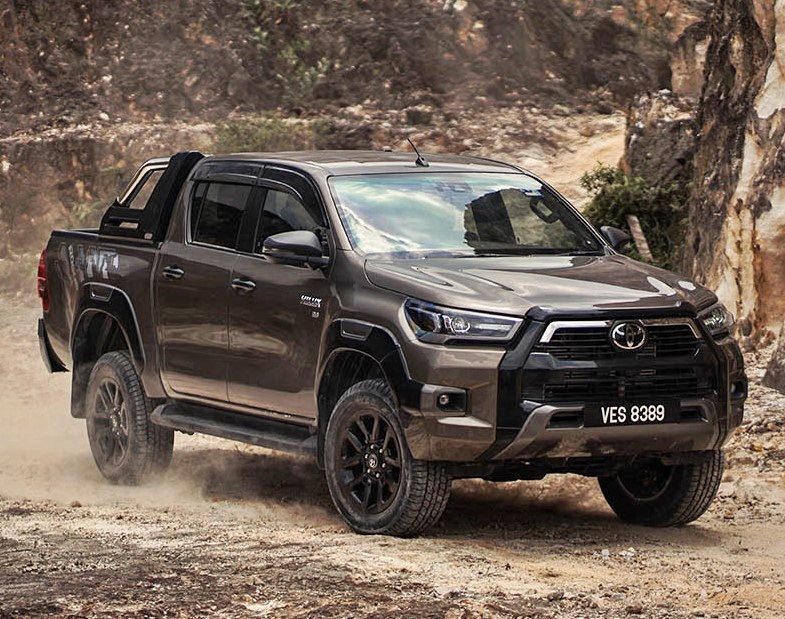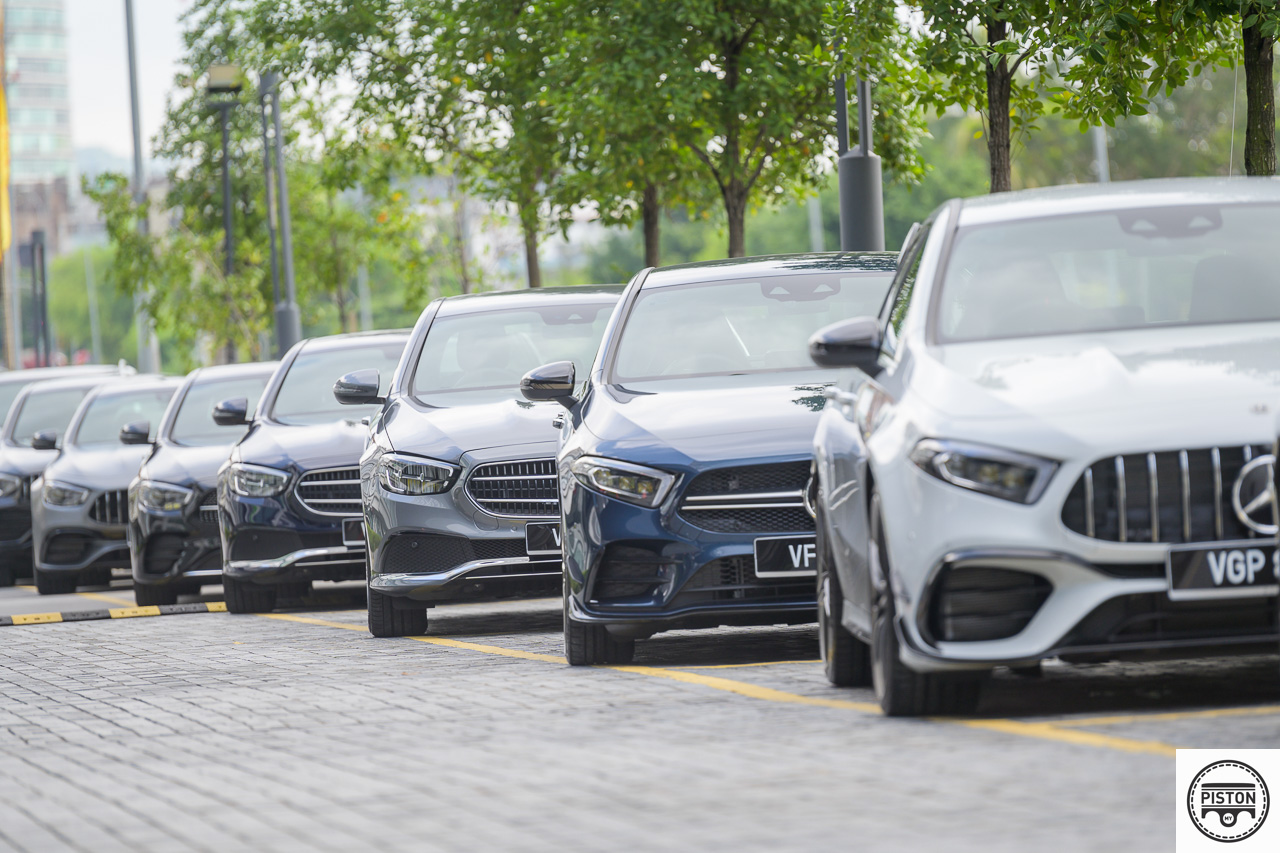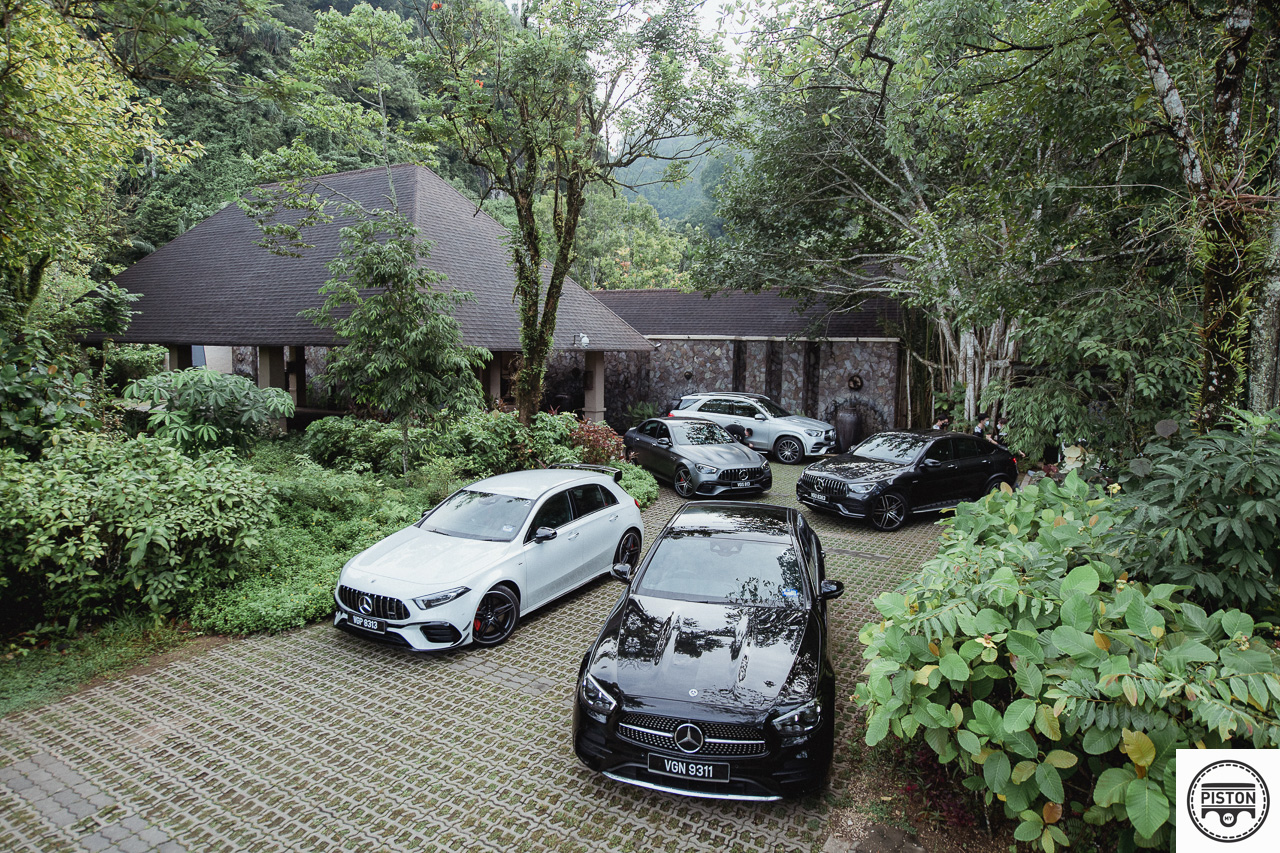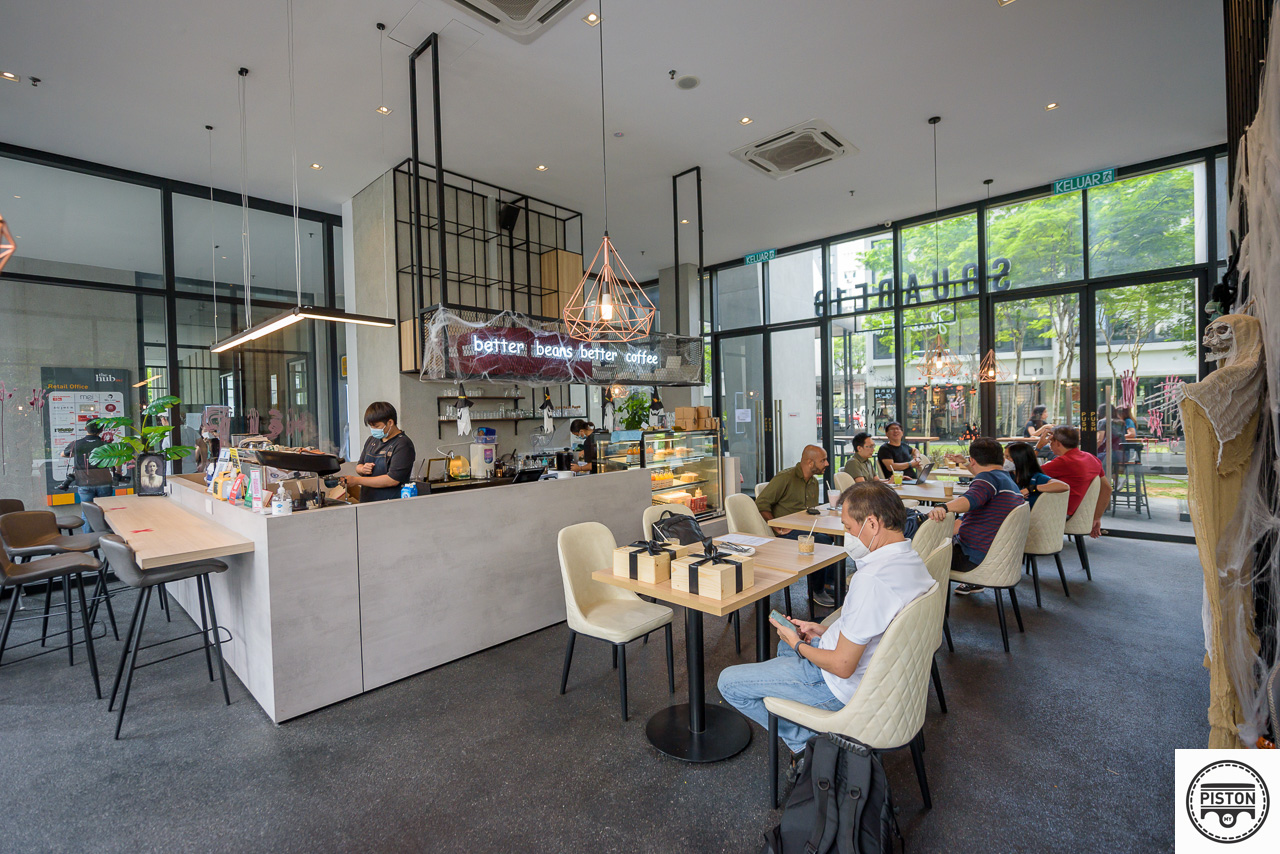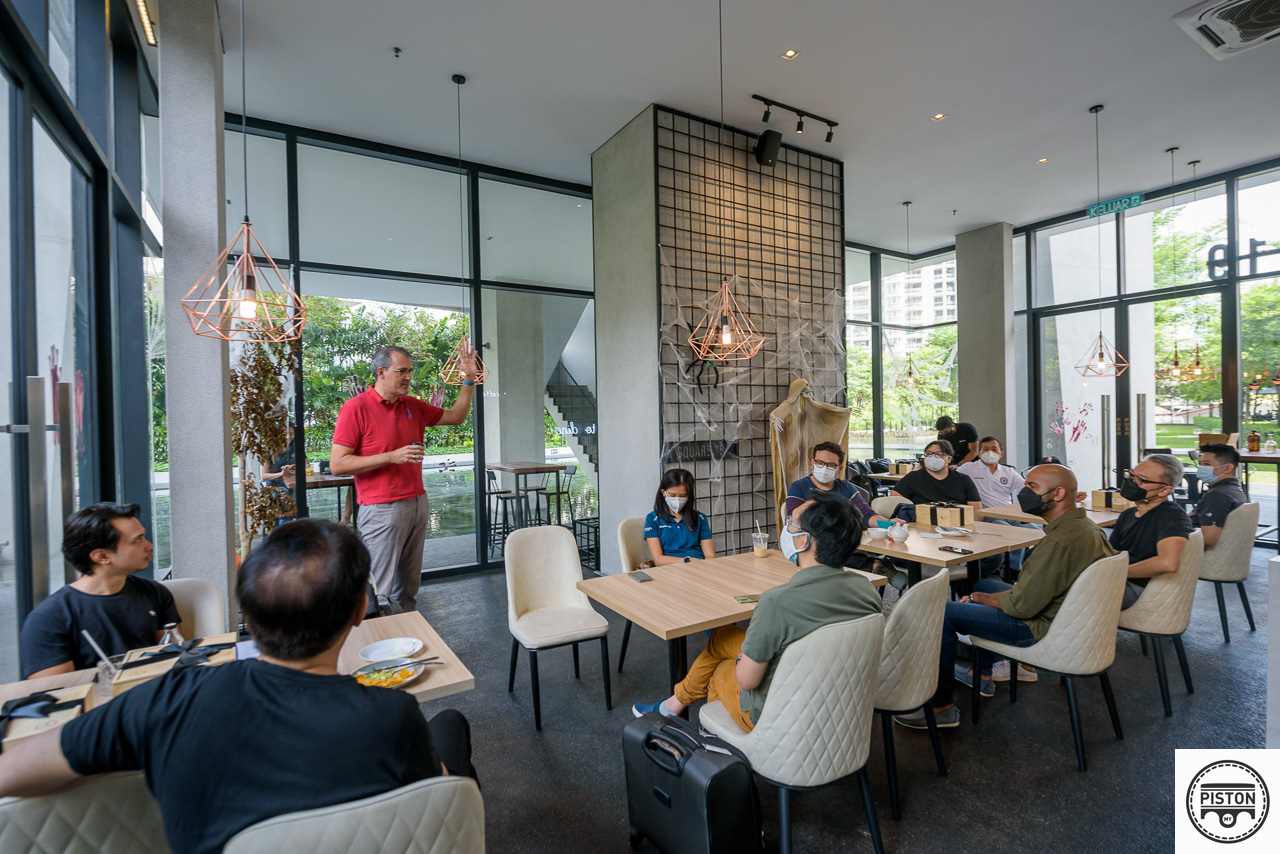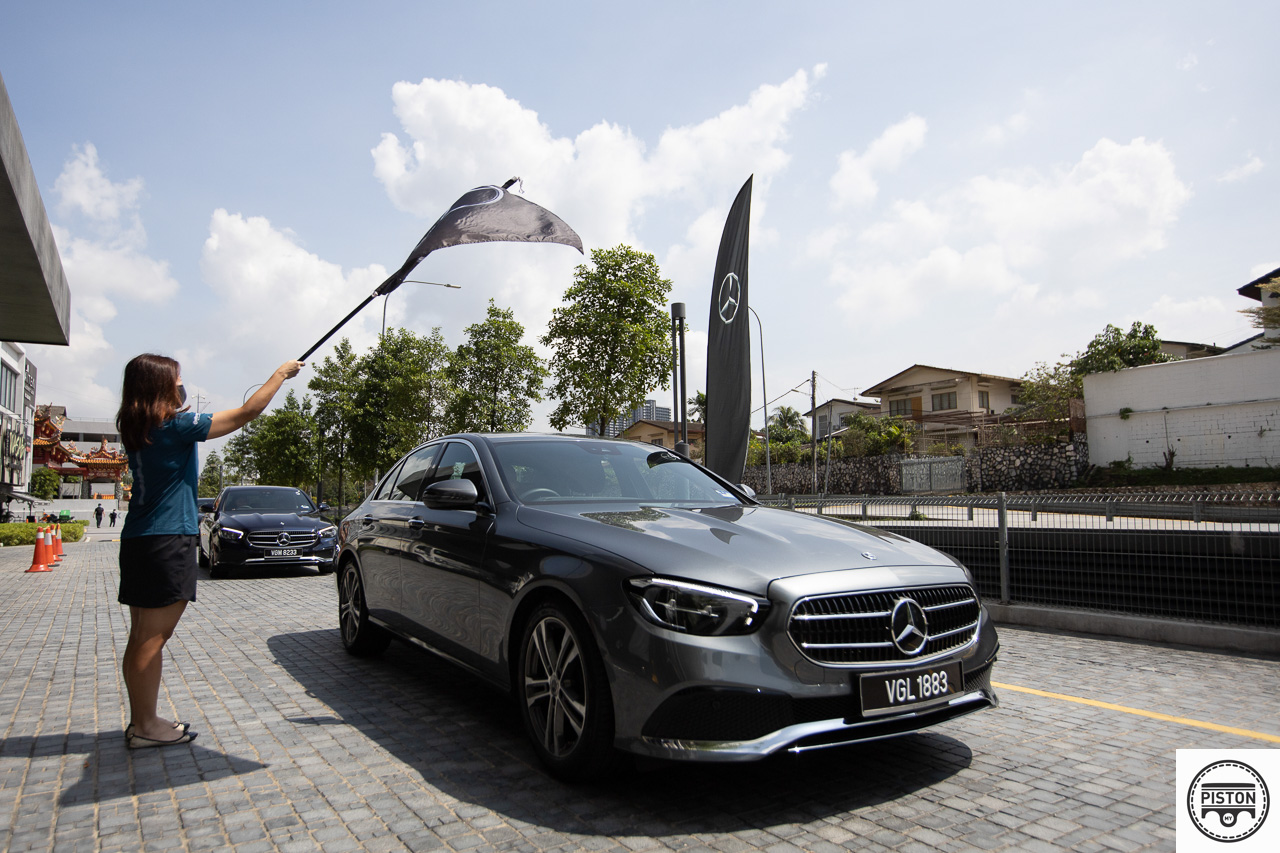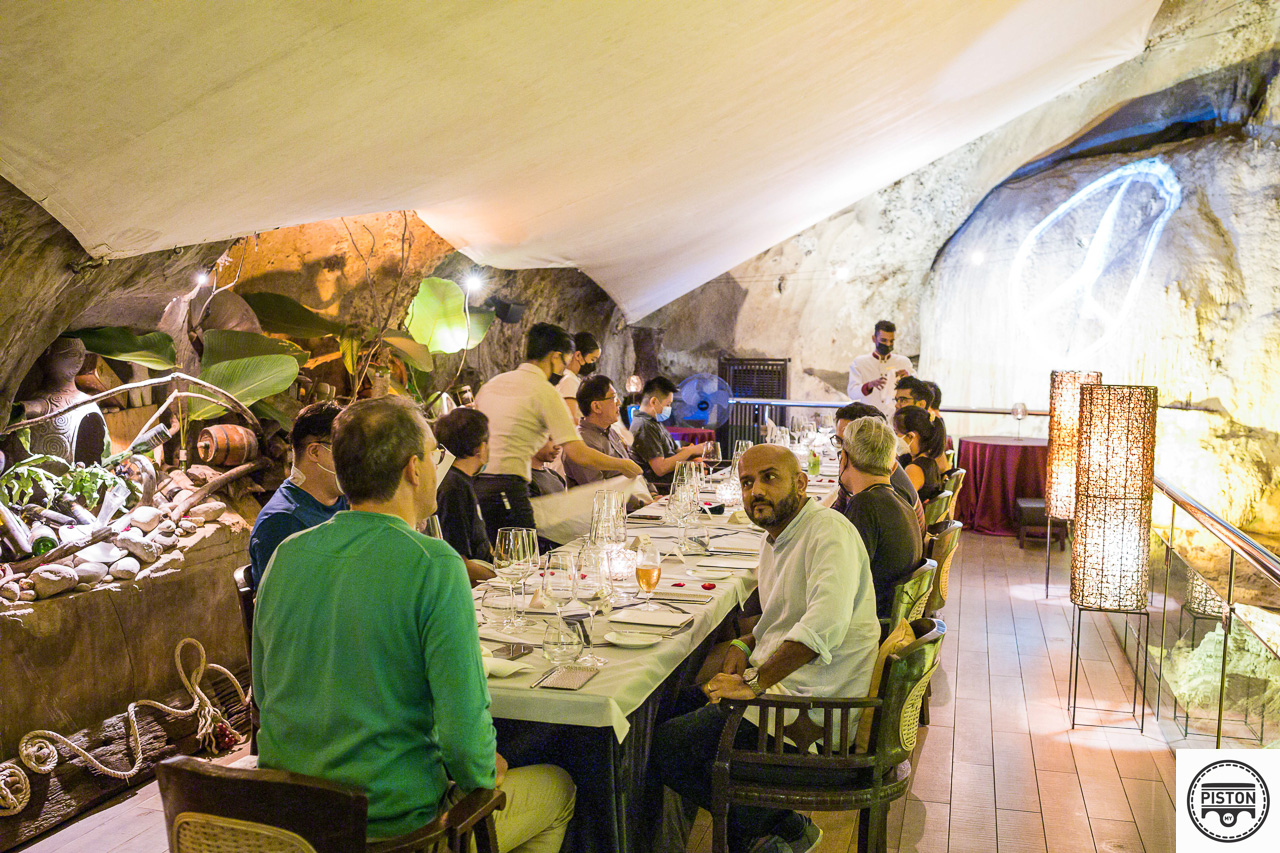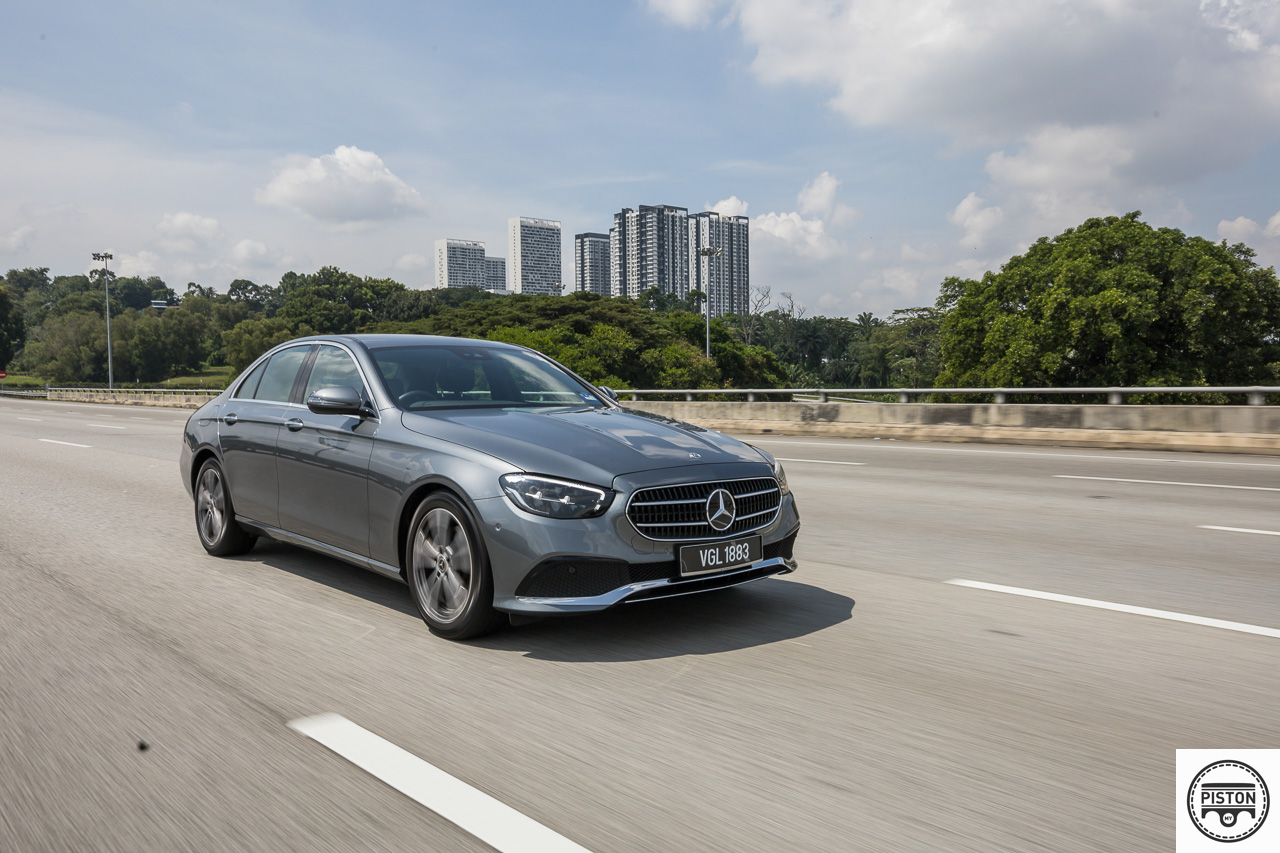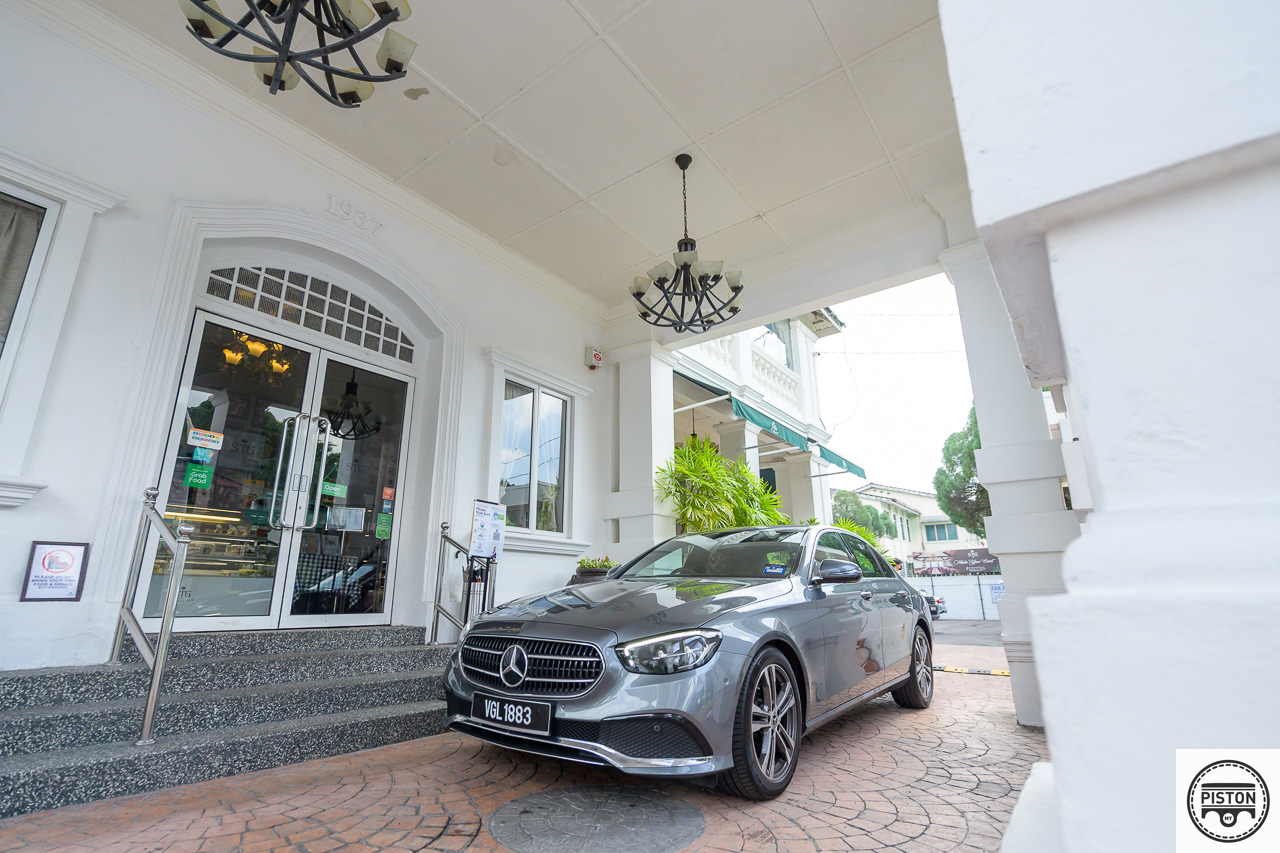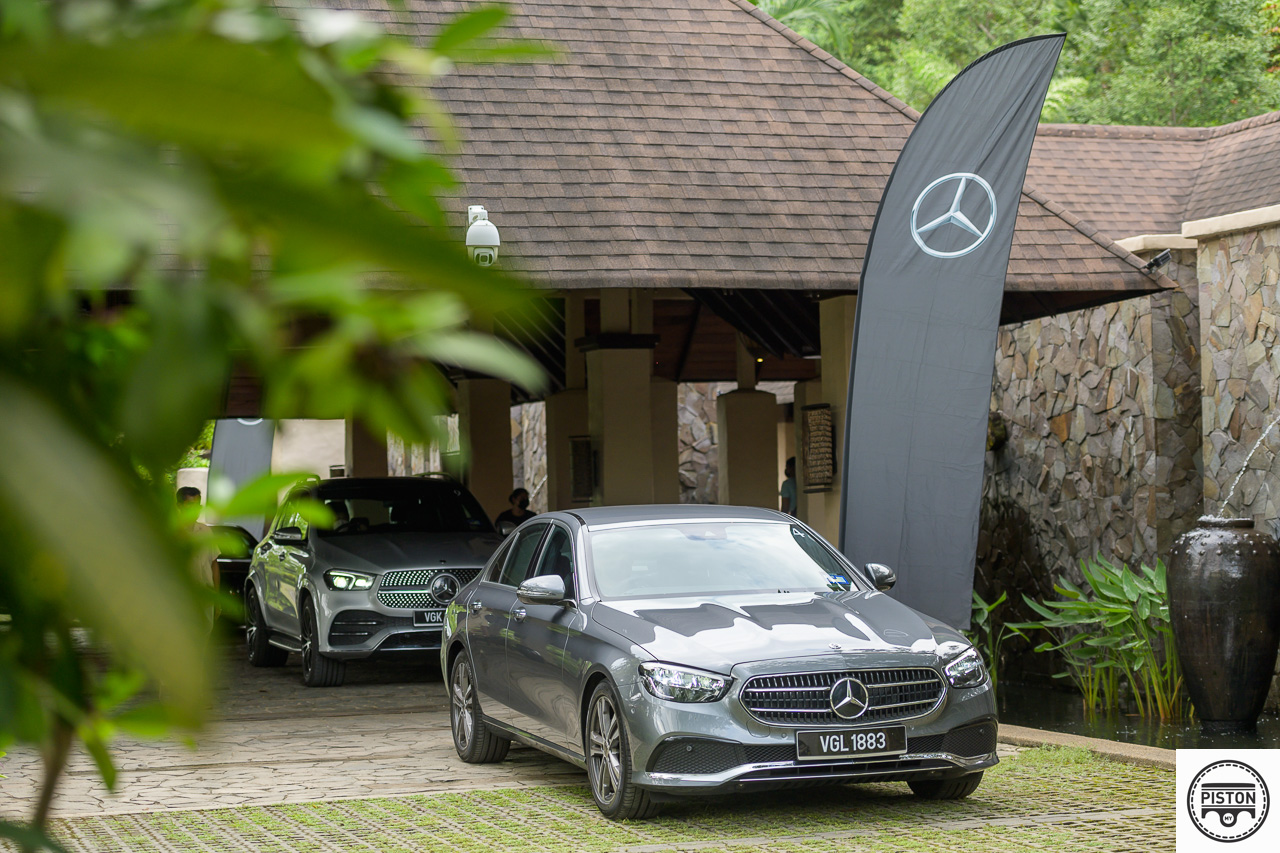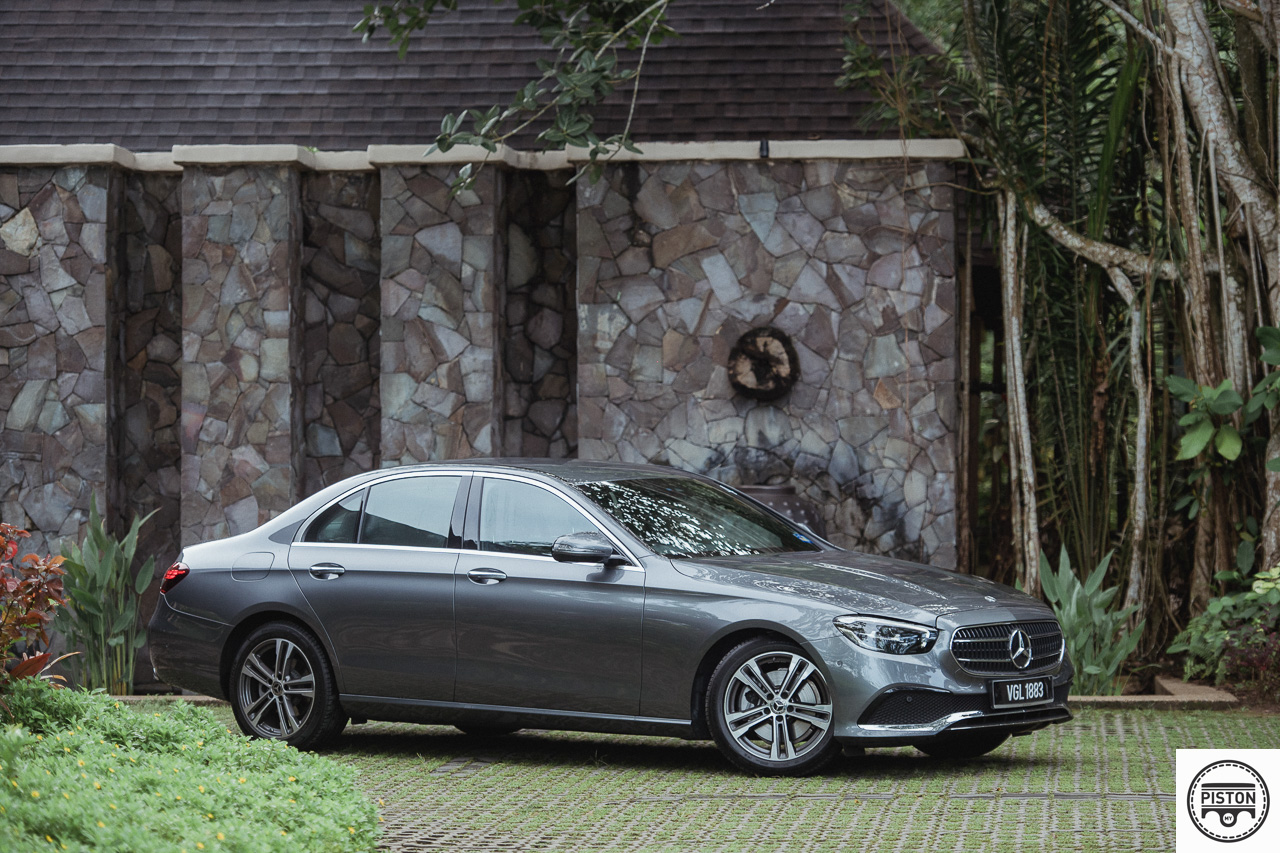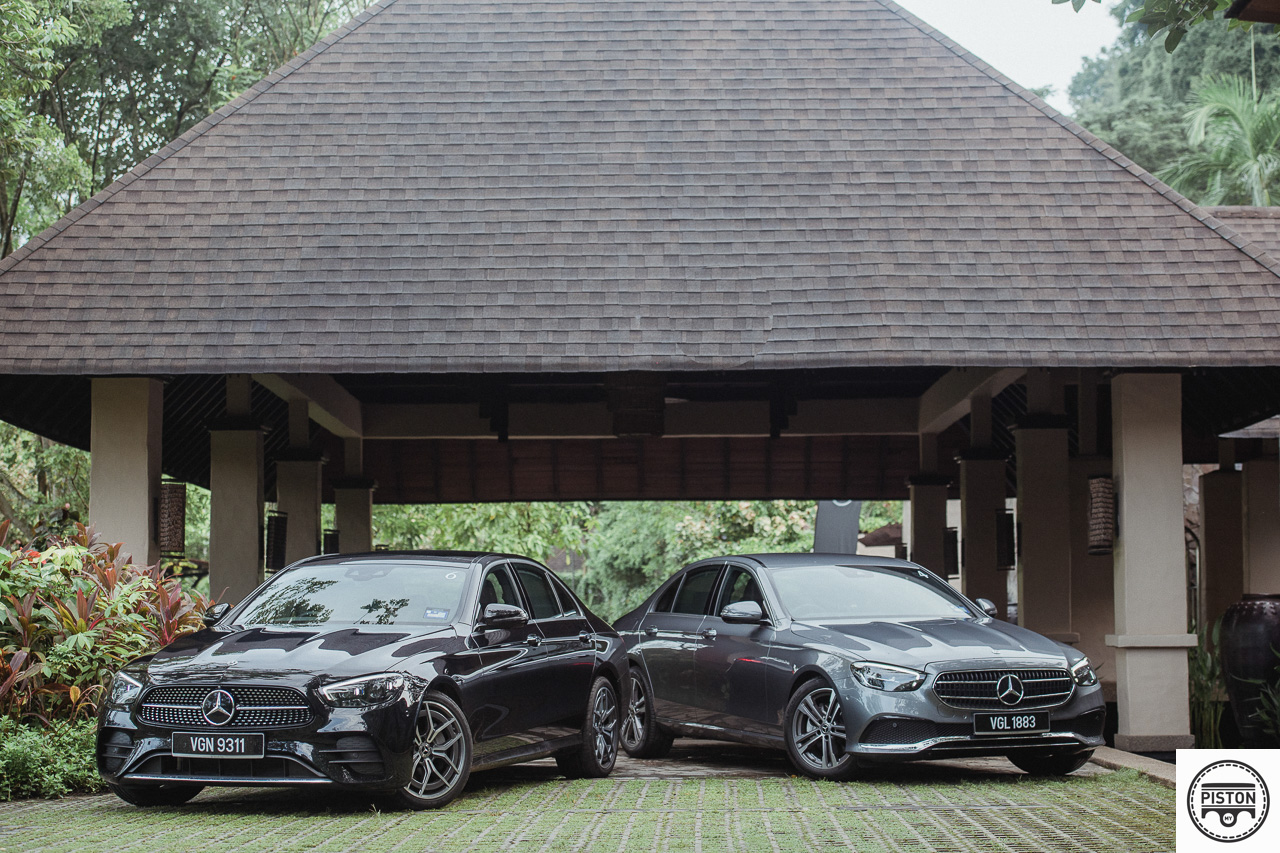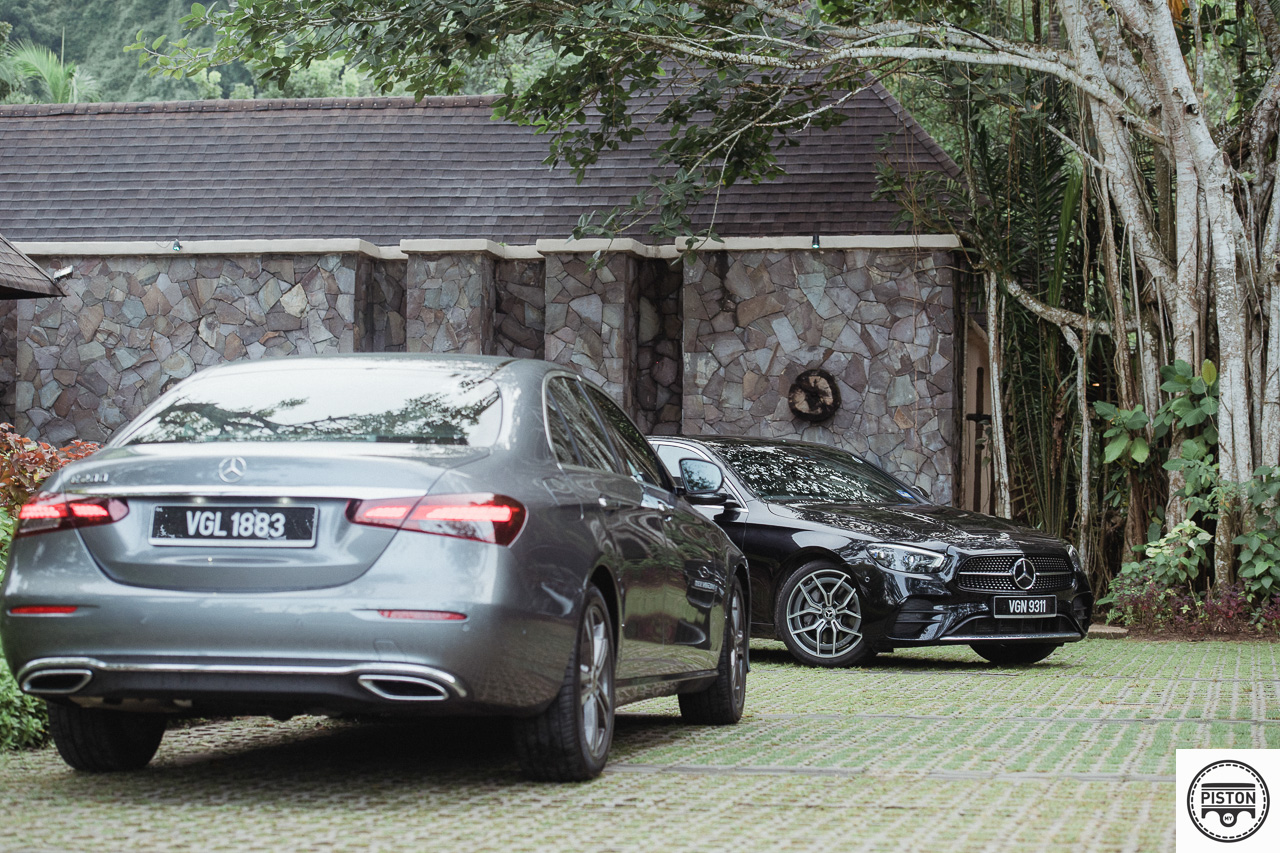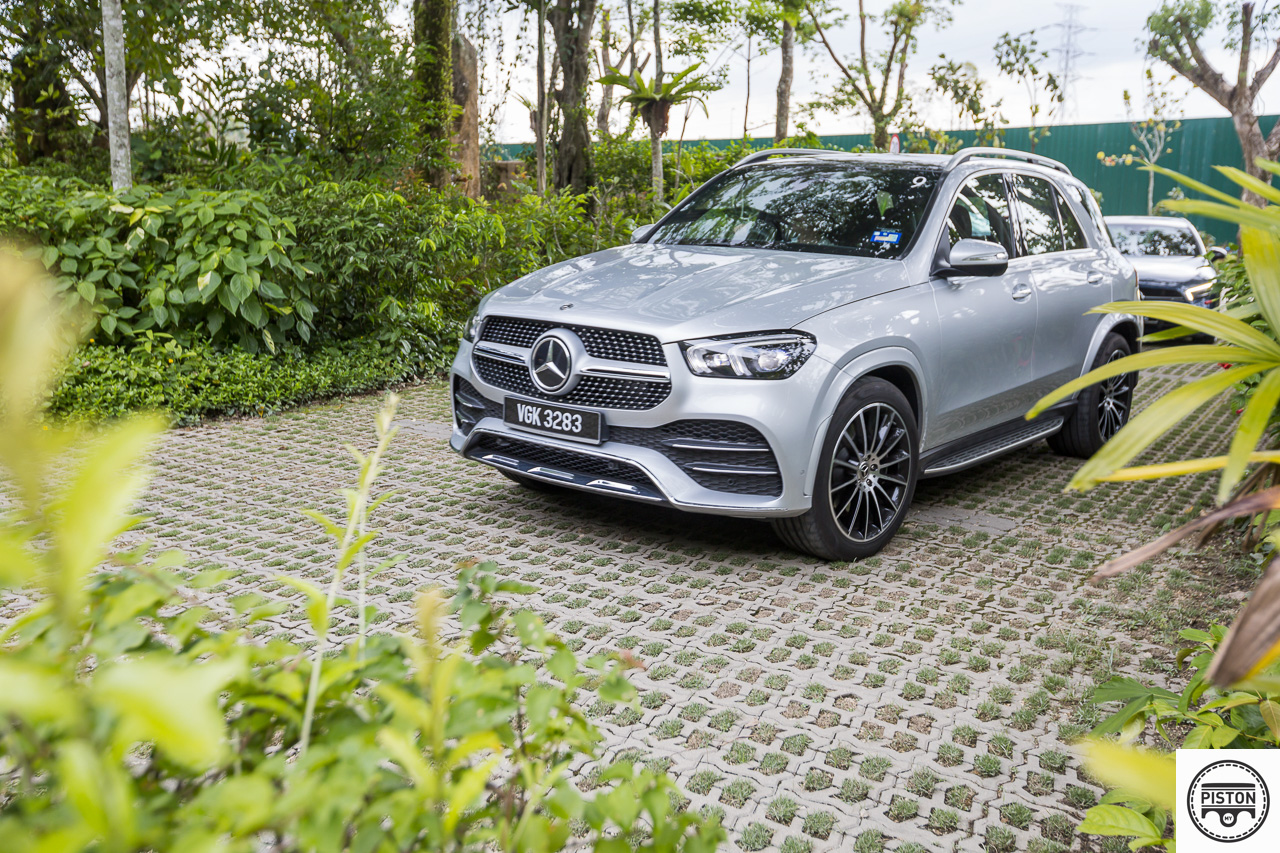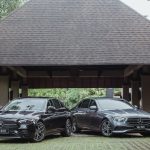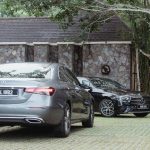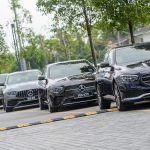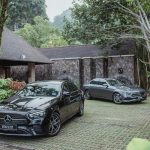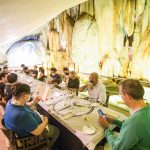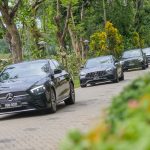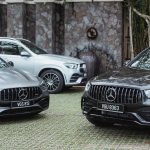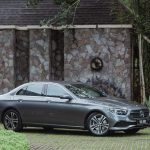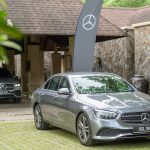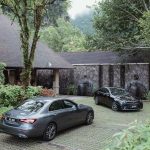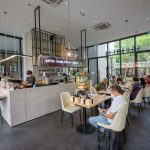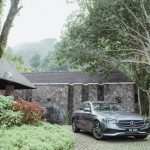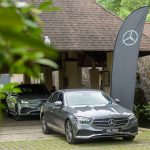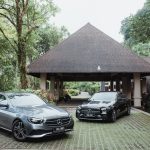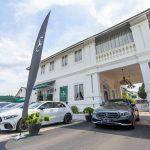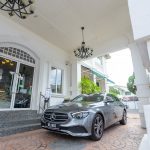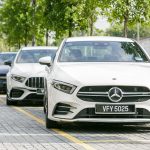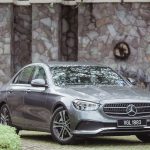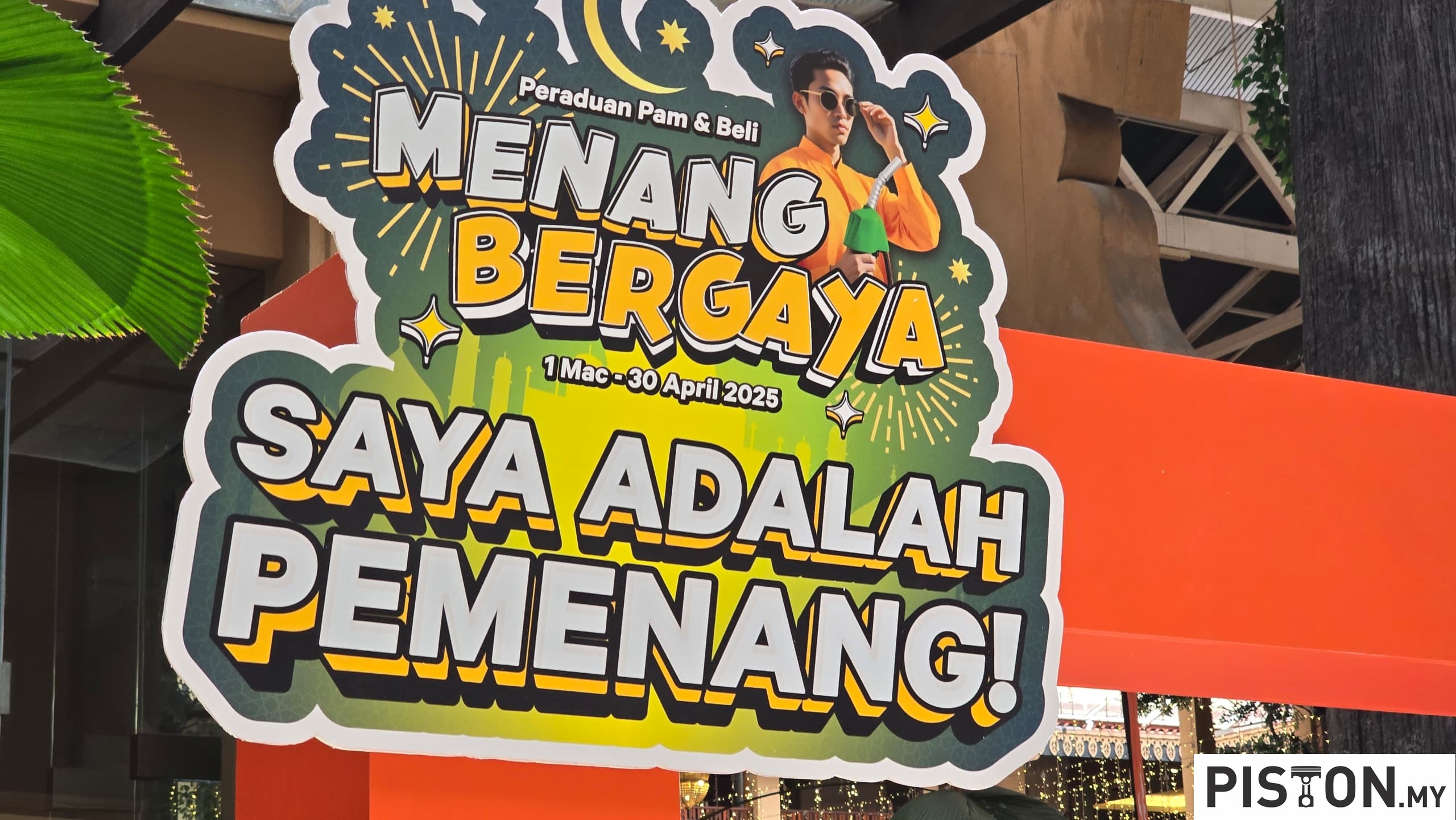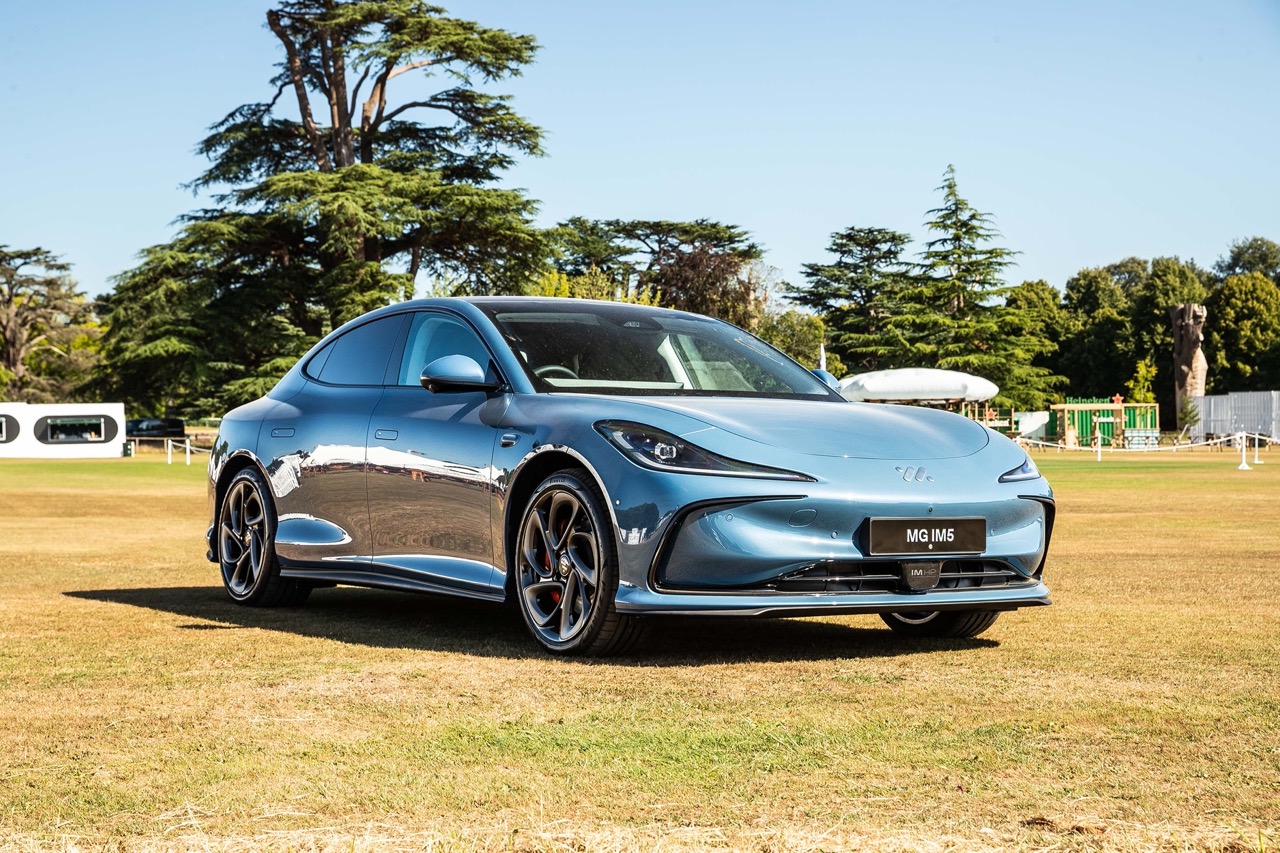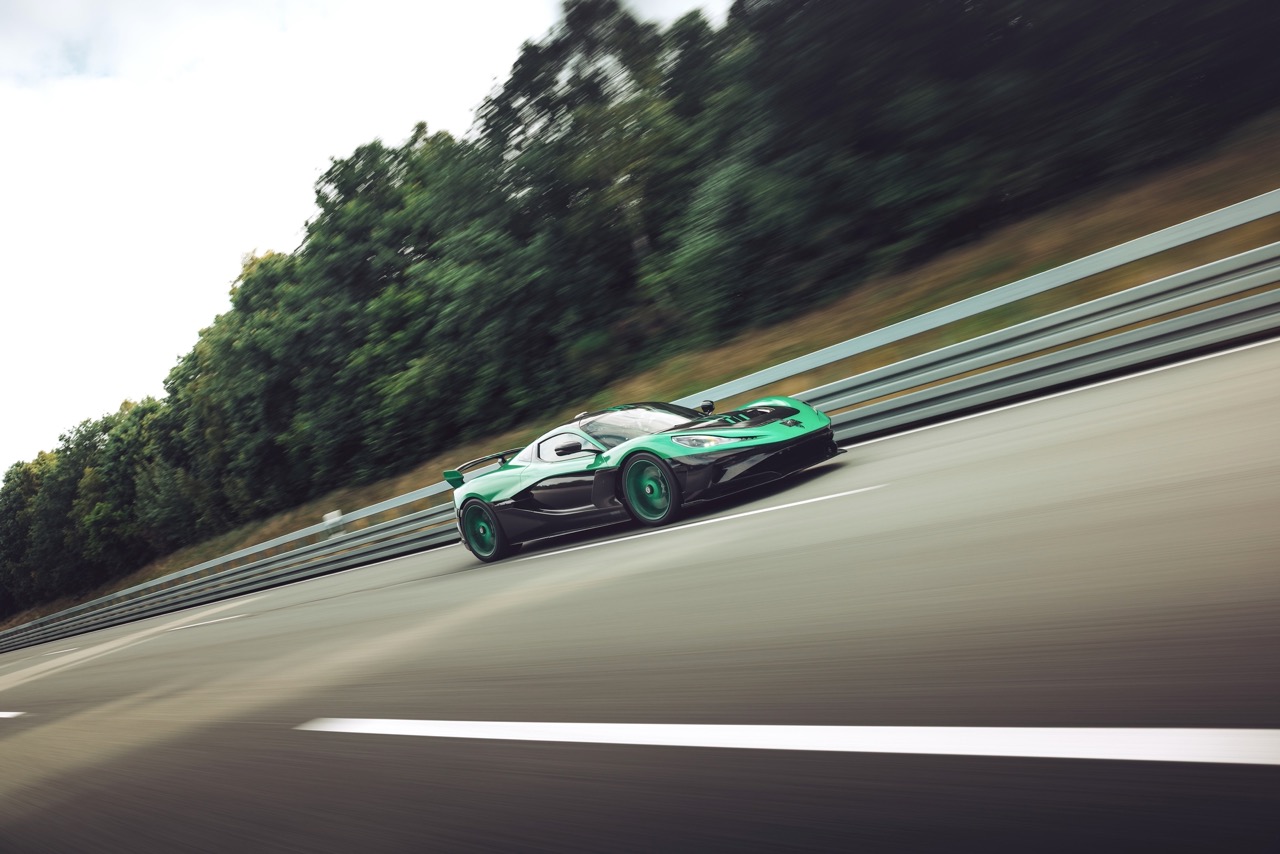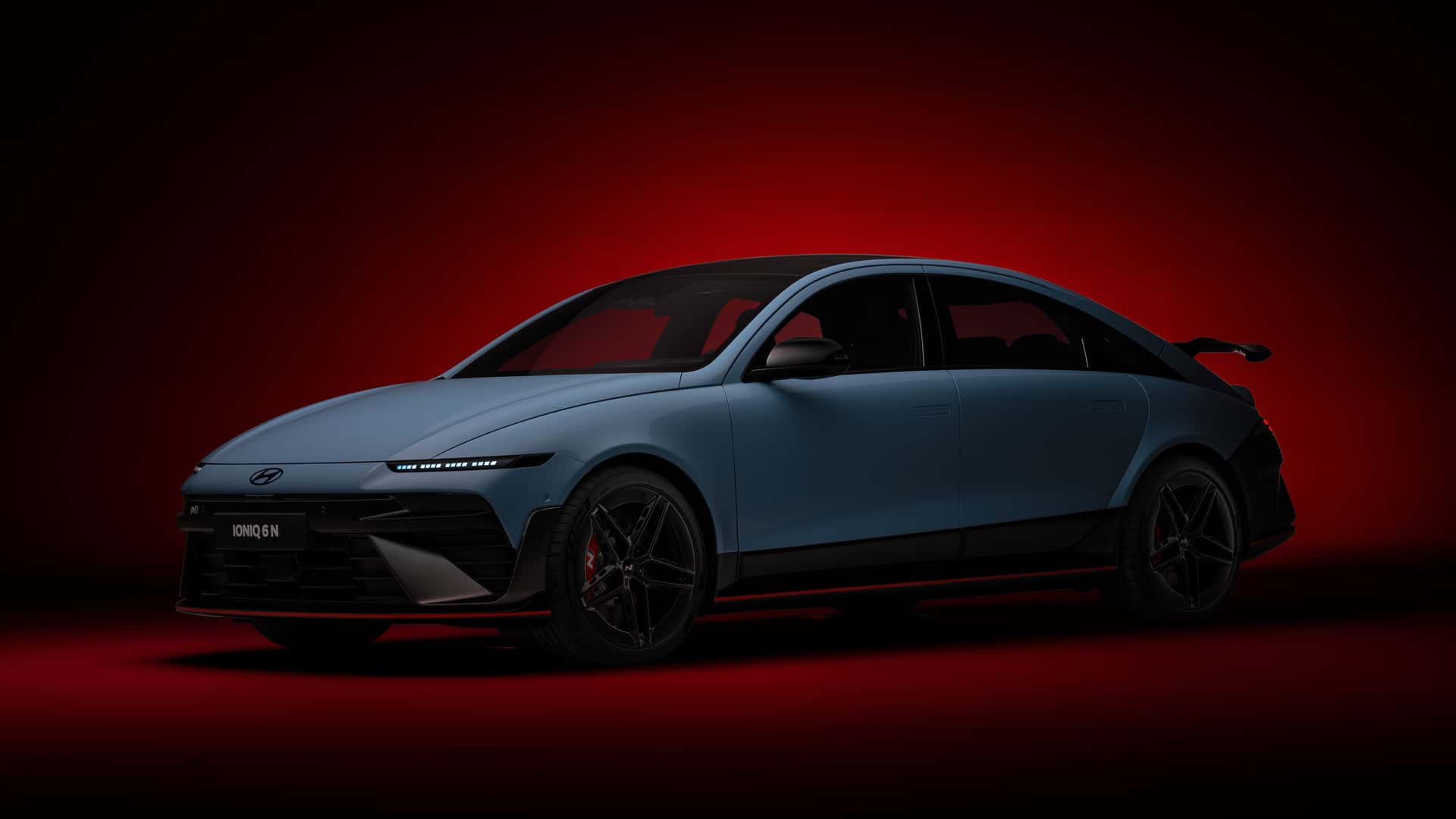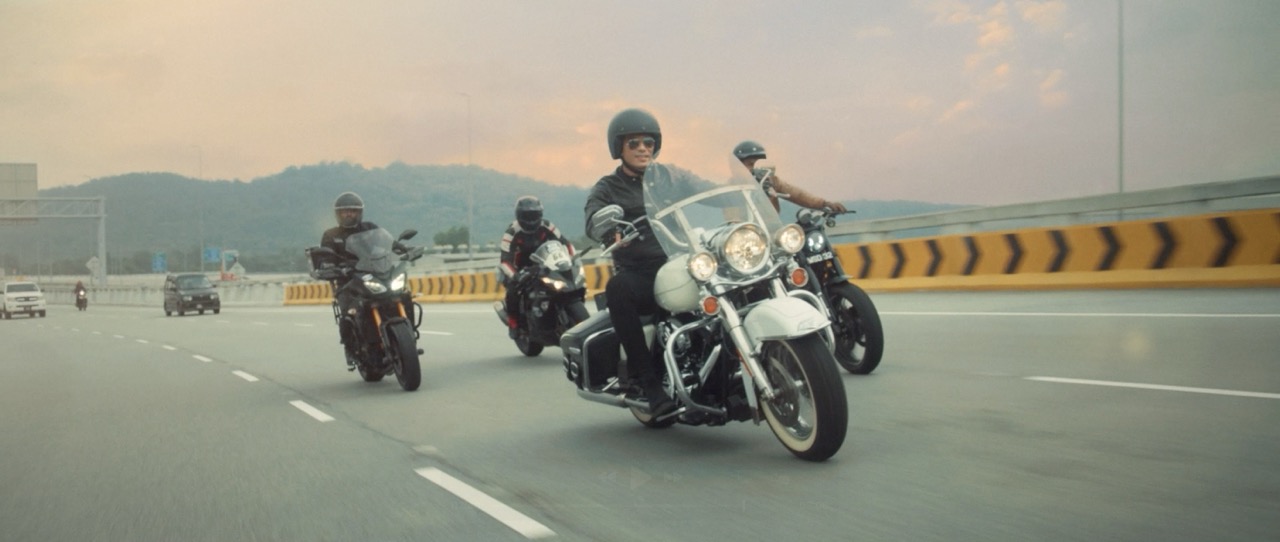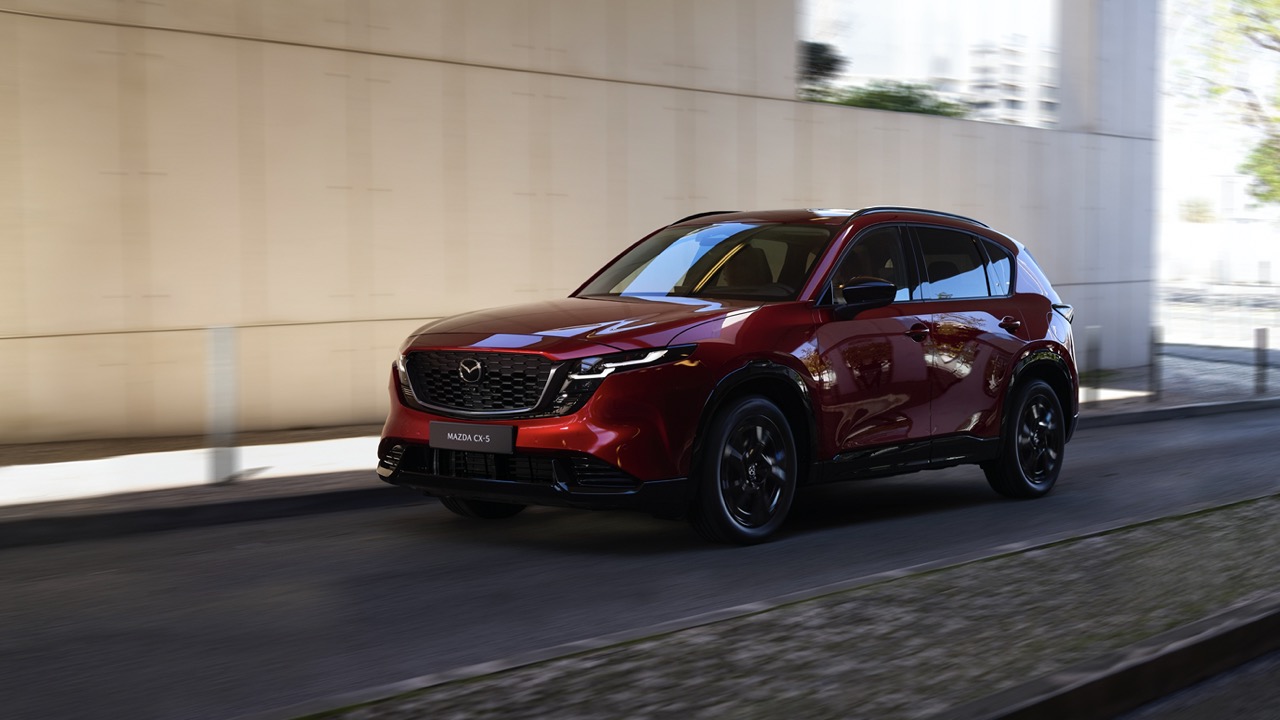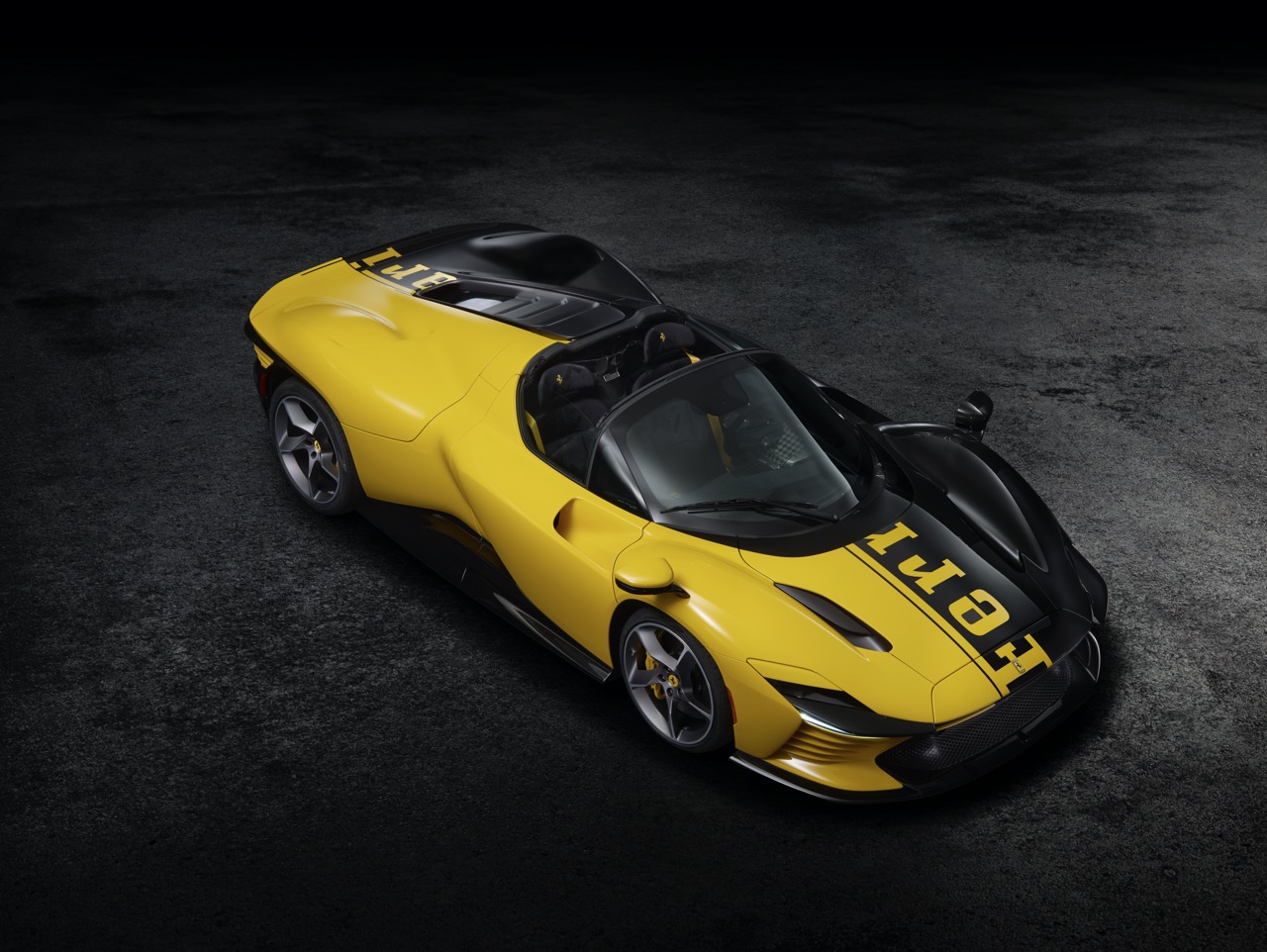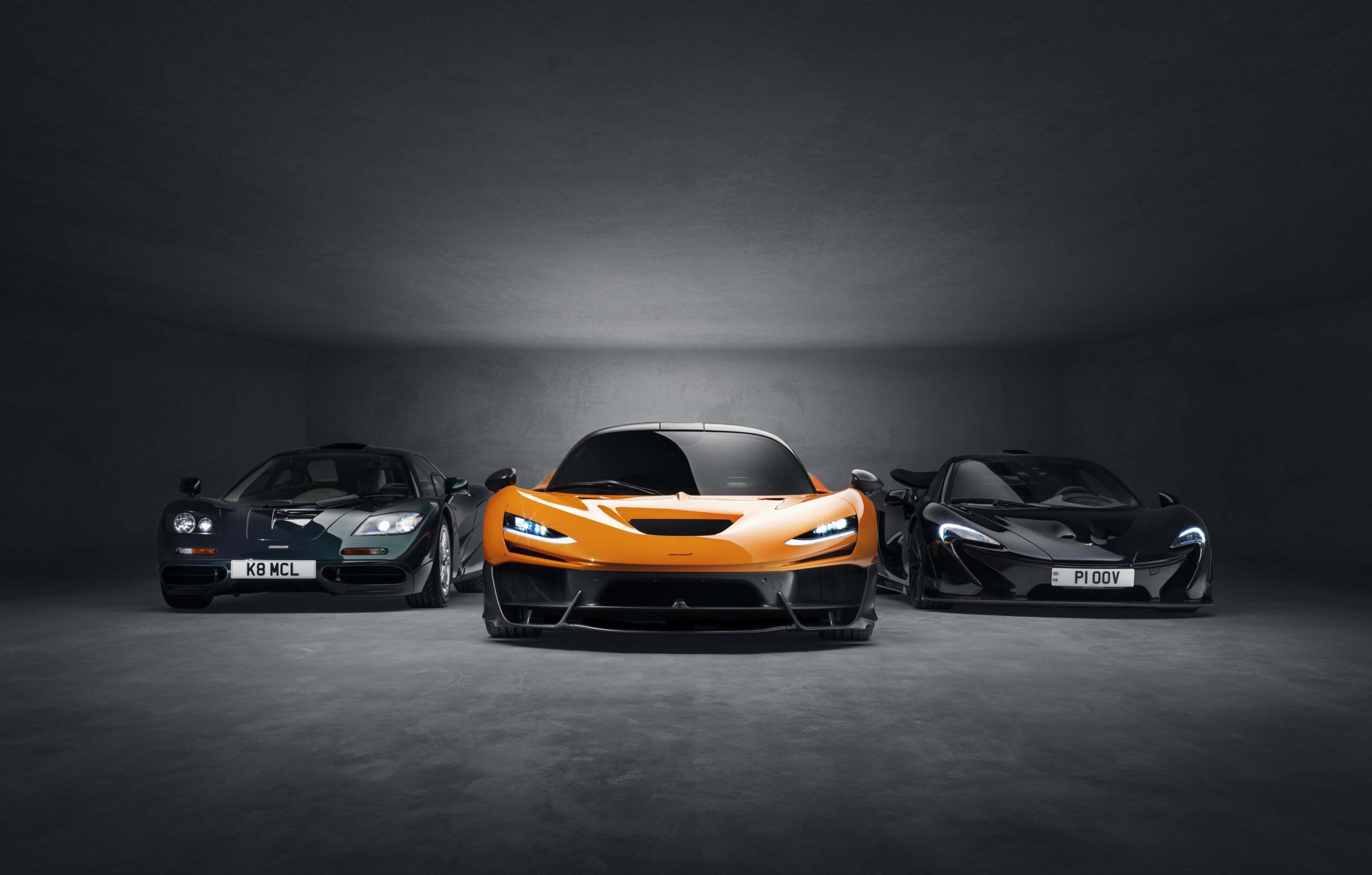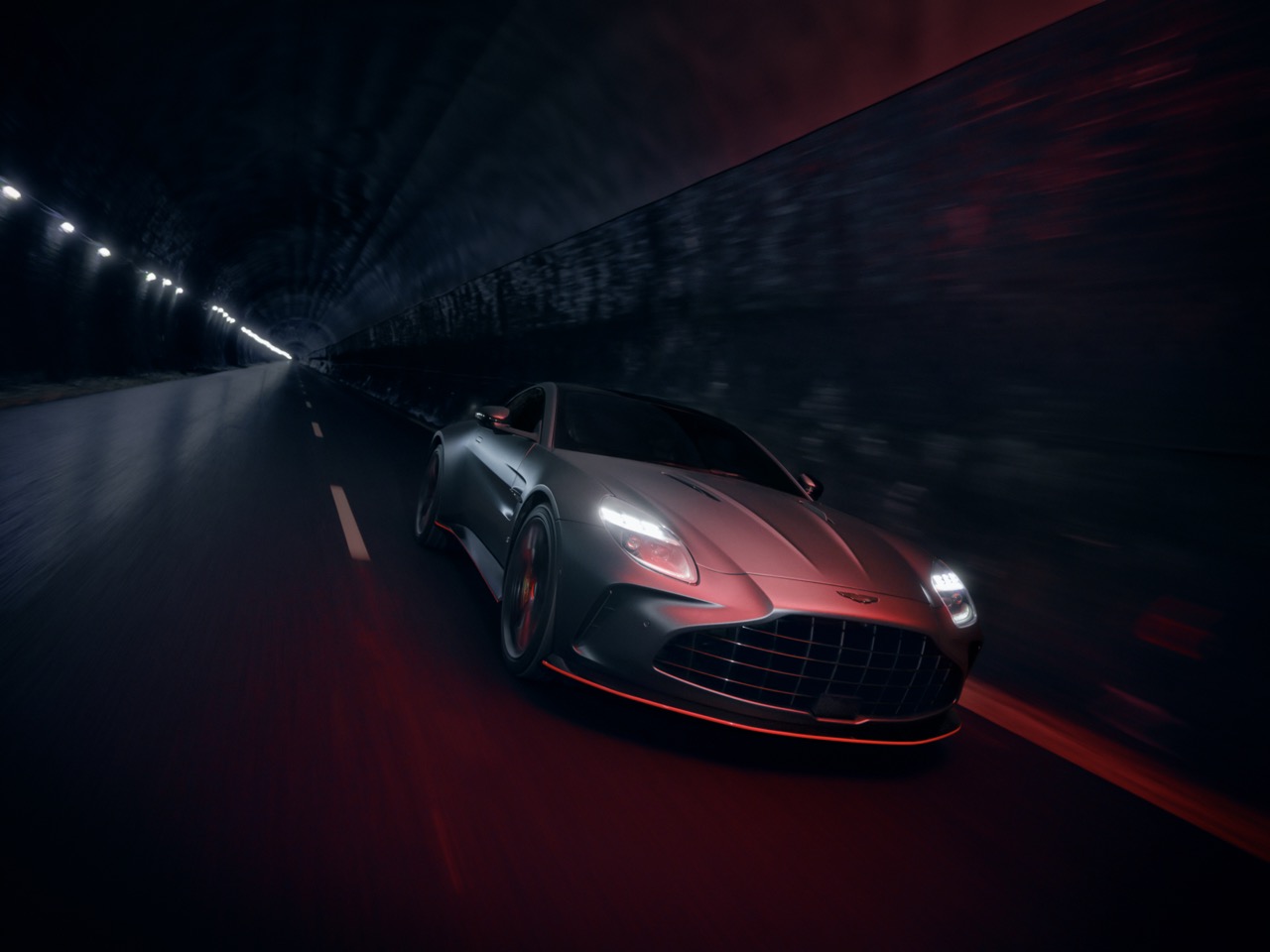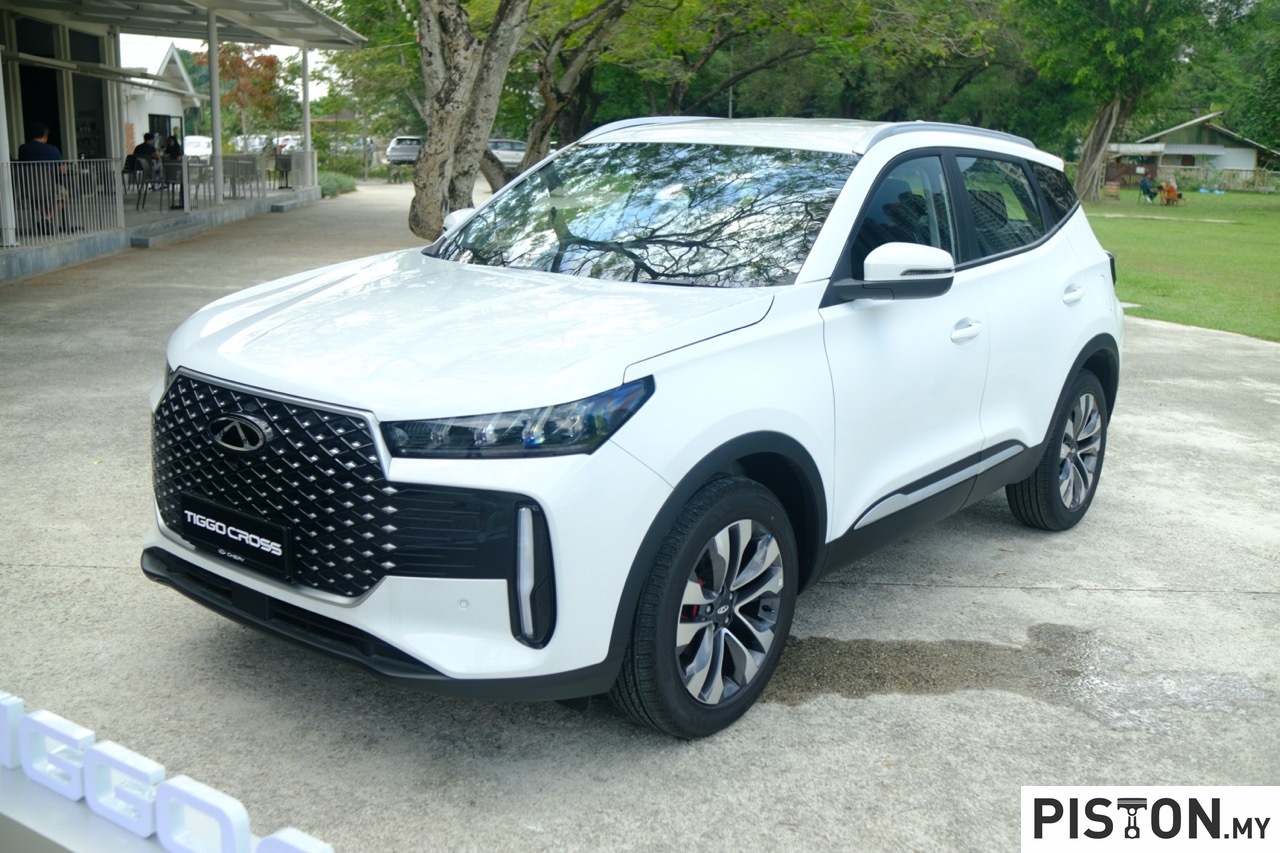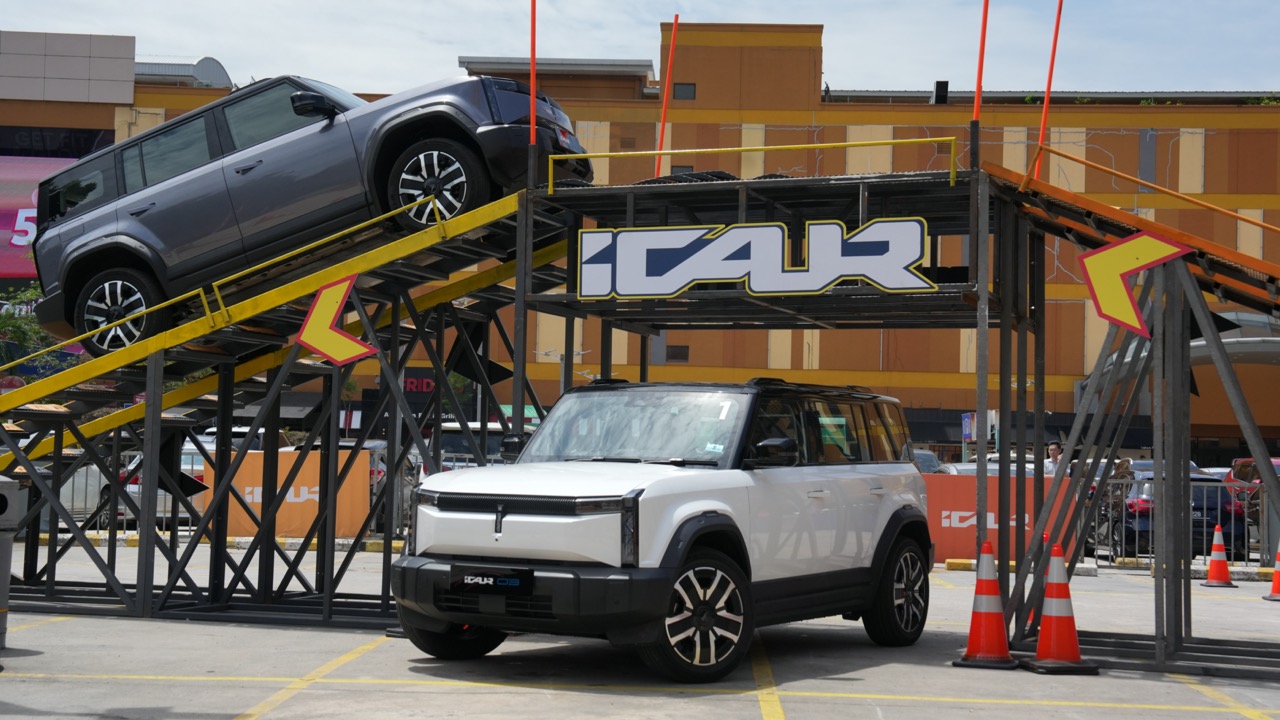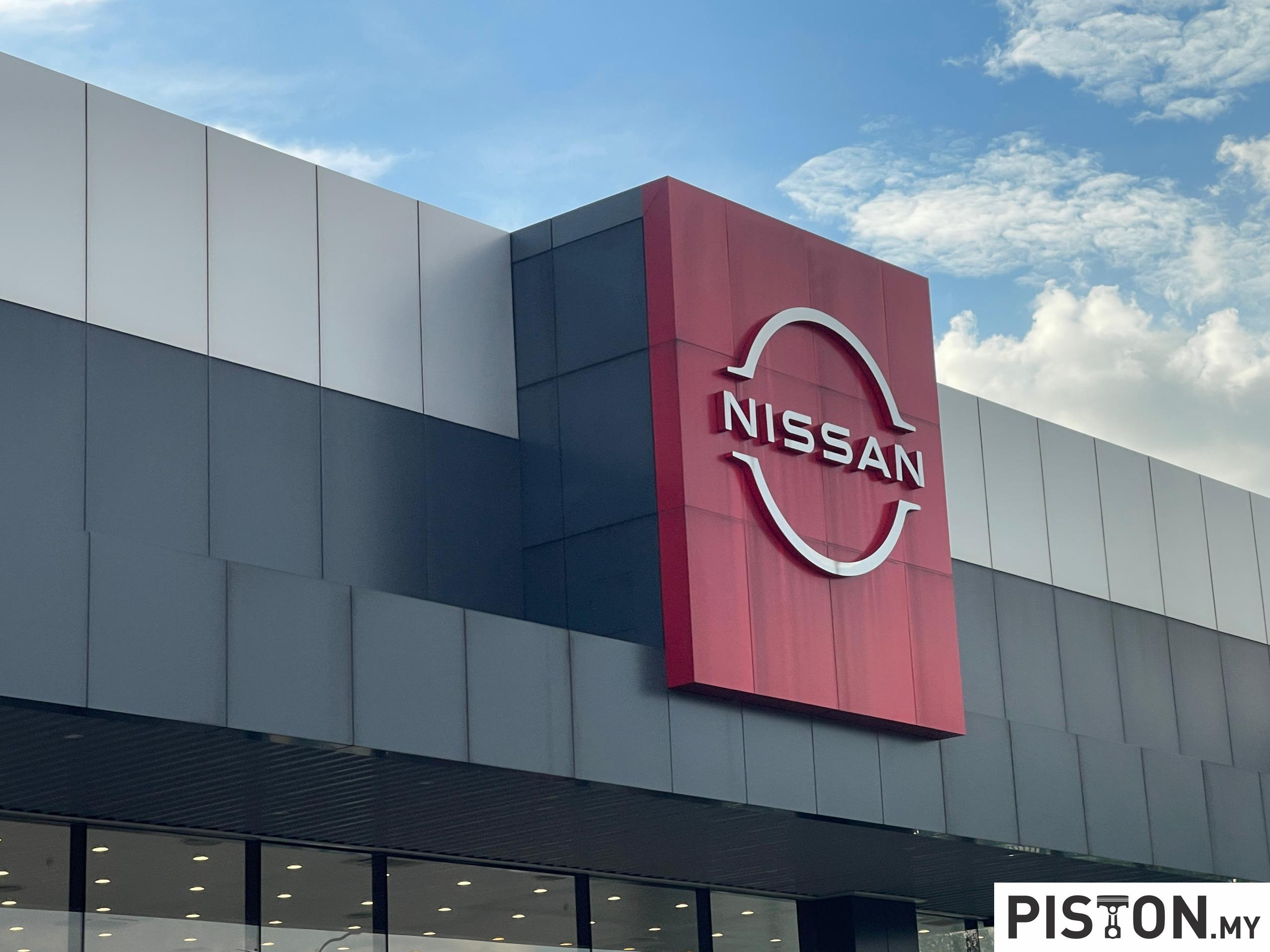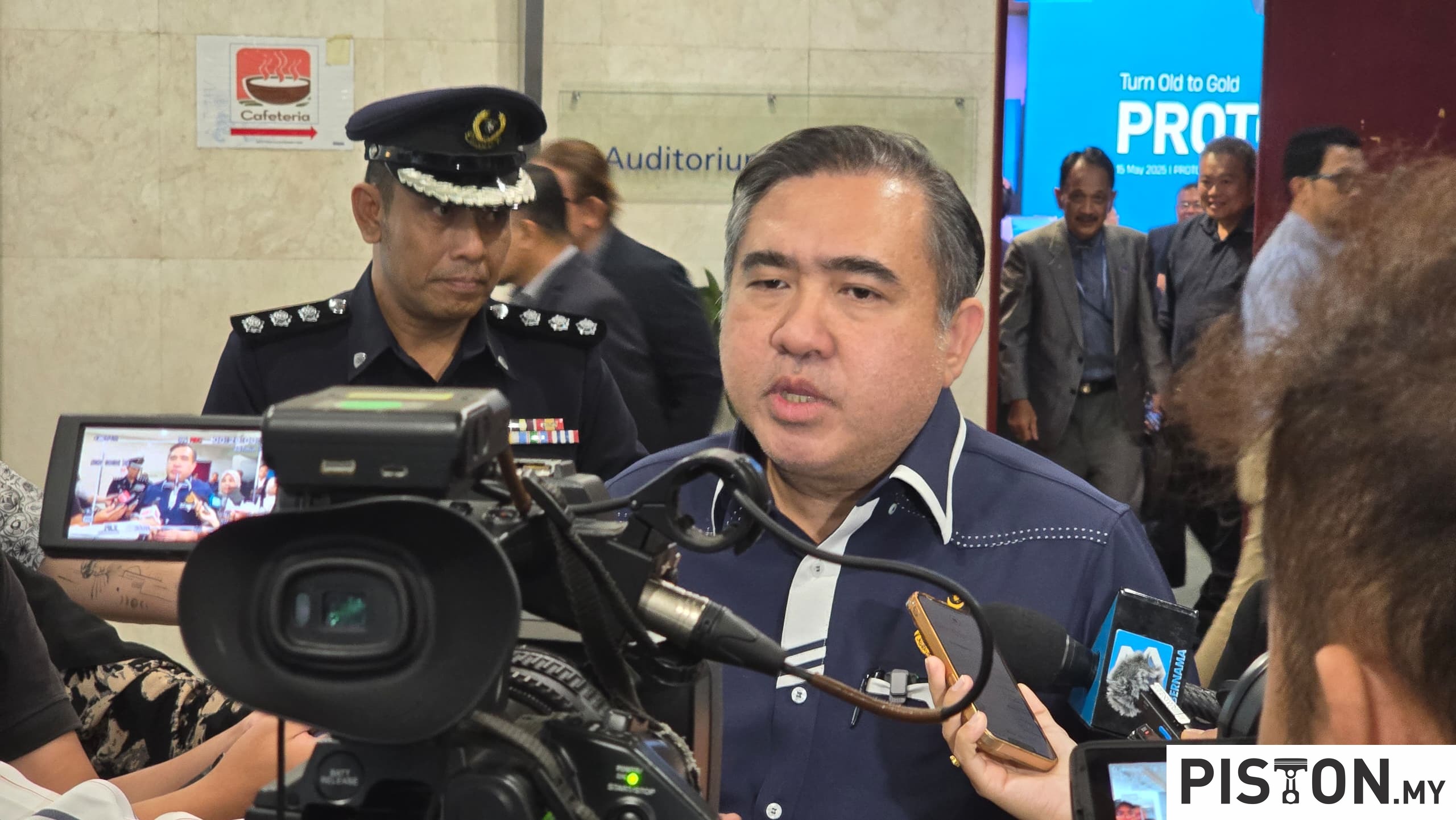The Hyundai Motor Group (HMG) has many new models in the pipeline, virtually all electrified either as battery electric (BEV) or hybrid electric vehicles (HEV). It seems that HMG – which consists of Hyundai, Kia and Genesis – can’t wait to show the world what’s coming and throughout this year, we’ve seen production models being launched as well as concept cars that preview what’s to come.
The Hyundai SEVEN is one of those that will be coming and is described as the brand’s future sport utility electric vehicle (SUEV). It is likely to be a product in the IONIQ EV sub-brand and ‘SEVEN’ suggests that it would be somewhere at the top of the range, the same way the Kia Concept 9 is likely to be a flagship model.
Next-generation customer experience
HMG has developed the Electric-Global Modular Platform (E-GMP) that will be used by all three brands and is optimised for EVs. This includes the SEVEN which has interior architecture to provide greater freedom and comfort for passengers. Following the 45 concept in 2019 and the Prophecy concept in 2020, the SEVEN concept opens a new chapter for the IONIQ brand. It promises a next-generation customer experience with the most advanced technologies within a vehicle that is designed as an innovative living space on wheels.
“The SEVEN concept demonstrates Hyundai’s creative vision and advanced technological development for our electrified mobility future,” said Jose Munoz, President & CEO, Hyundai Motor North America. “Its innovative interior space, eco-friendly powertrain and cutting-edge safety and convenience technologies reveal an exciting future for Hyundai SUV customers.”
Aerodynamically redefining the SUV
The SEVEN concept makes full use of the flexible E-GMP to have a long wheelbase and flat floor beneath its an aerodynamically pure silhouette. The low, leading edge of the bonnet, a single, streamlined roofline and elongated wheelbase communicate a clear break from traditional SUVs powered by internal combustion engines. The pure volume of SEVEN’s minimal forms contrast with the powerful stance and commanding, rugged presence.
Aerodynamic efficiency and minimum wind resistance are vital for BEVs to go further, and the SEVEN is claimed to have a 480-km range. Thus every area on the bodywork is carefully shaped to allow air to flow smoothly. Even the wheels have integrated Active Air Flaps, which deploy or retract depending on brake-cooling or low-drag requirements.
At night, the SEVEN is easily identified by IONIQ’s signature Parametric Pixel lights that deliver a Welcome Light Sequence on start-up. Parametric Pixels provide a common design thread, linking digital and analog styles, a reminder that its designers considered every aspect of SEVEN’s design, down to a single pixel.
Welcoming premium lounge
The concept SUEV’s interior design priority lies in the innovation of space and makes full use of the 3.2-metre wheelbase. With the flat floor, the designers have explored an alternative to the traditional row-based seat arrangements, creating a more fluid interior layout. The Pillarless Coach Doors offer a grand entrance to reveal a welcoming interior with a completely new dimension of space. The streamlined roofline, long wheelbase and flat floor that extends to the third row opens new opportunities to furnish the interior like a premium lounge.
The SEVEN also embodies Hyundai’s future vision of autonomous mobility. The driver’s seat features a retractable control stick that hides away when not in use. Without the need for the usual driver’s equipment, the ultra slim cockpit and integrated screens create a lounge-like experience. The seat arrangement is unlike traditional SUVs, with swivelling lounge chairs and a curved bench seat. This seat arrangement can be customized depending on driver-controlled or autonomous driving modes.
Highlights of the vehicle are the Universal Island console, specially designed home appliances and a multi-functional Smart Hub graphic user interface. When the Smart Hub and front seats combine with the rear chaise-lounge seating, the SEVEN has an environment where the occupants can experience quality time alone or together in the glow of side-door ambient light. In transit, SEVEN’s built-in mini fridge provides chilled refreshment on the go and there are even shoe-care compartments to refresh passengers’ footwear.
The vision roof features a panoramic screen that not only displays various content based on passengers’ tastes, but also changes the overall interior atmosphere to guarantee maximum relaxation and pleasure during the journey.
Eco-friendly materials
The SEVEN uses various eco-friendly materials while offering segment-leading hygienic features, such as Hygiene Airflow System and UVC Sterilization. The Hygiene Airflow System takes inspiration from the sophisticated airflow management of passenger aircraft. In its vertical mode, air is taken in through built-in air intakes in the roof rails from which the air travels inwards from above, and extracted through the exterior vent behind the rear wheels. In its horizontal mode, the air flows from the slim dashboard to the rear vents.
Most importantly, this system can activate independently whether the vehicle is in motion or not to reduce cross-contamination among passengers and isolates the airflow between front and rear occupants.
Bio-paint is used for the exterior and hygienically-recycled and renewable materials throughout the interior. Mineral plaster, bamboo wood and carpet, bio resin and interior paint are based on renewable sources that can reduce pollution from the production process. Extensive use of copper and hygienically treated fabric with proven antibacterial functions ensure all surfaces inside the SEVEN remain clean at all times.
UV-C Sterilization activates once the vehicle is vacated of its passengers. The control stick, first-row storage drawer and speakers pop up and then, integrated sanitizing UV-C lights help clean the living space of bacteria and viruses. In addition, there are sanitizing storage compartments in the bench and Smart Hub console for personal belongings.
“SEVEN paves the way forward for what an SUV needs to become in the EV era with a unique aerodynamic pure form that does not compromise on its rugged personality. The interior opens up a new dimension of space that cares for its passenger as a family living space,” said SangYup Lee, Senior Vice-President, Head of Hyundai Global Design.


